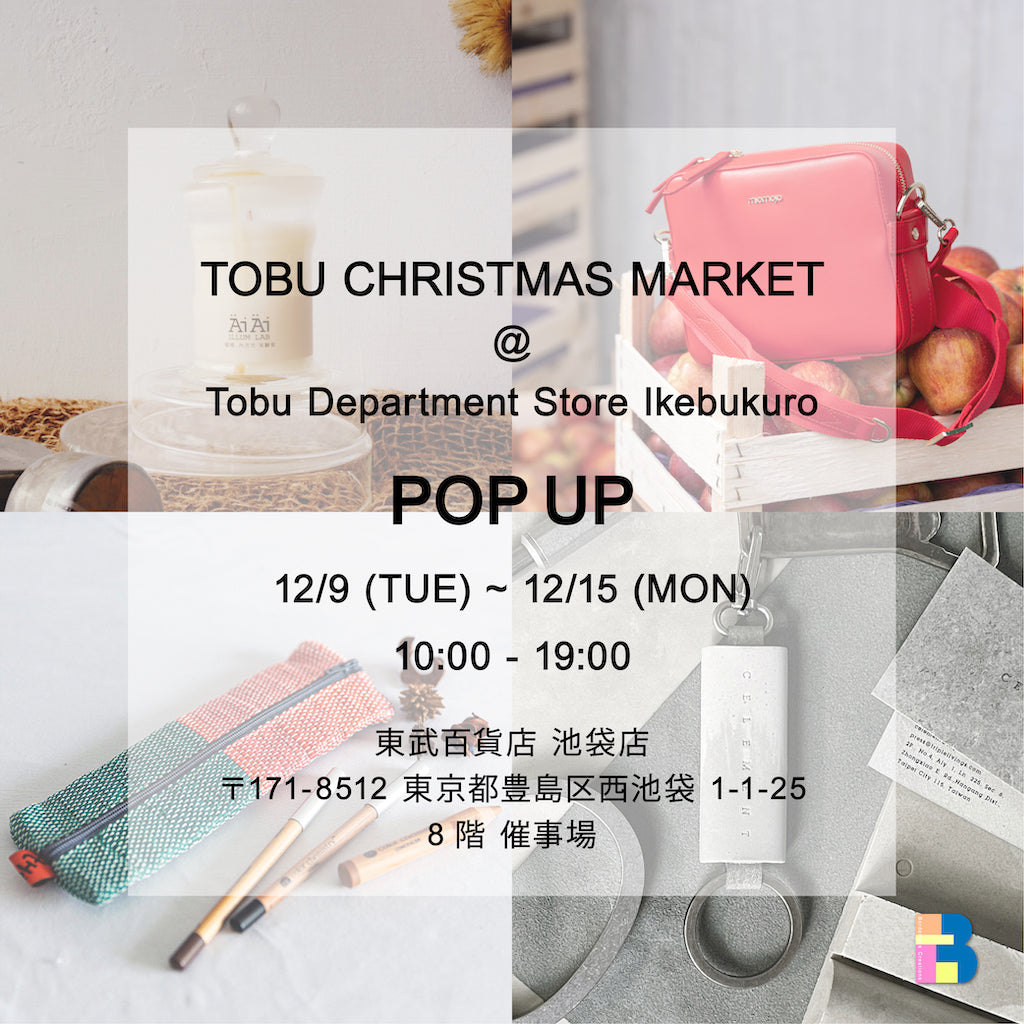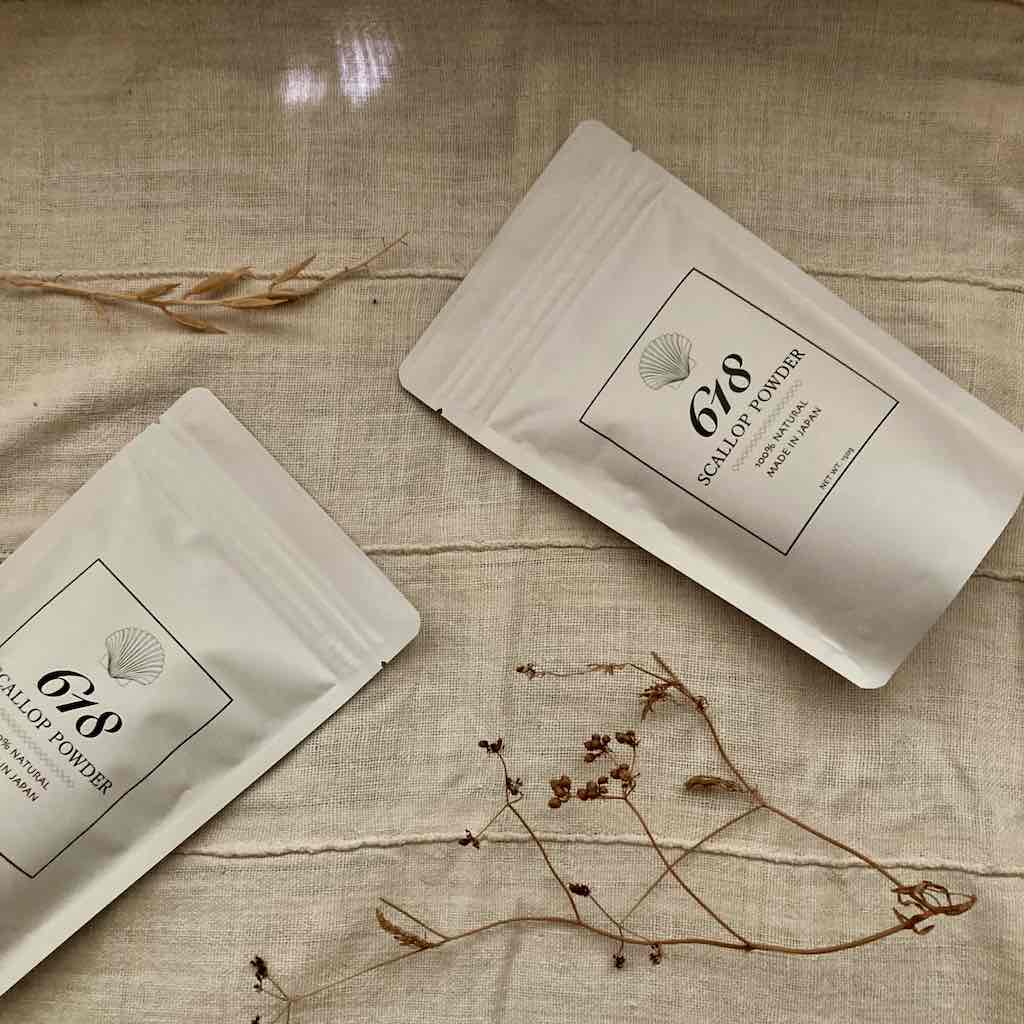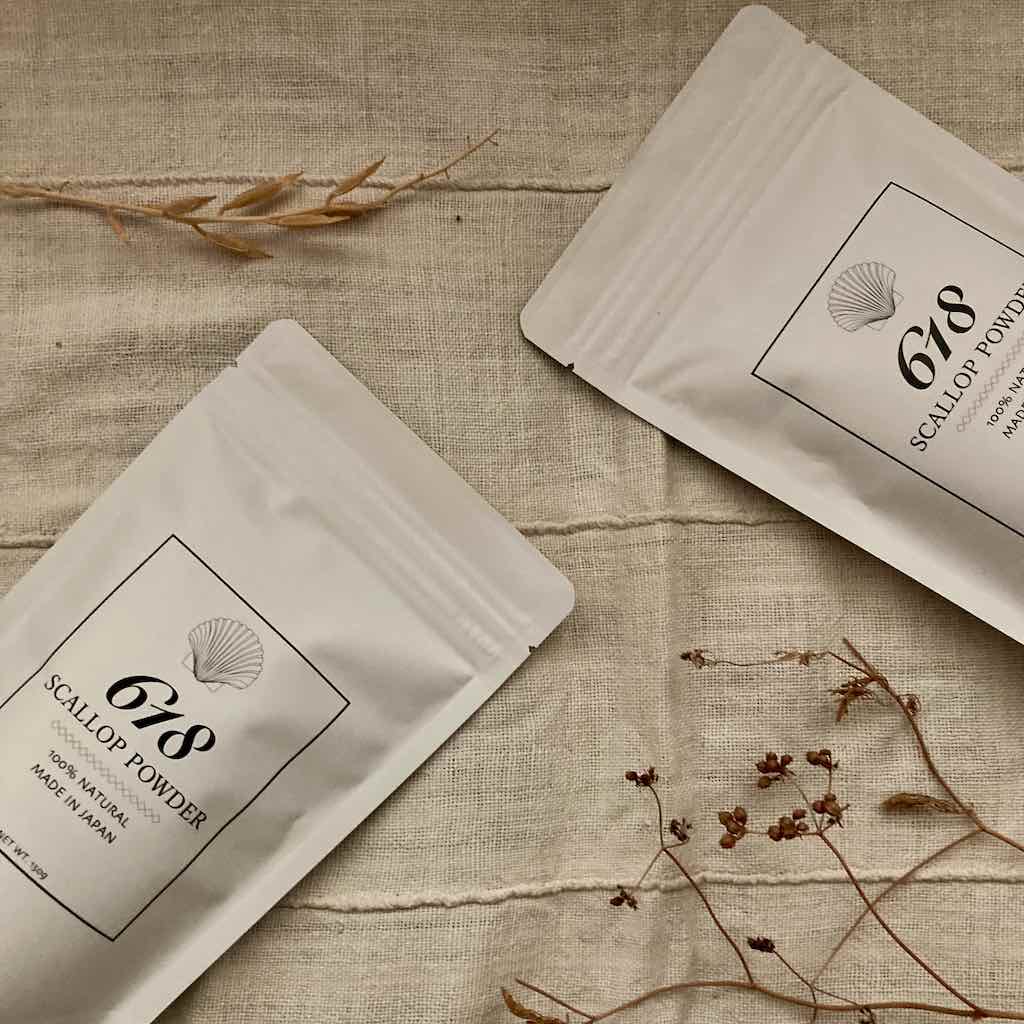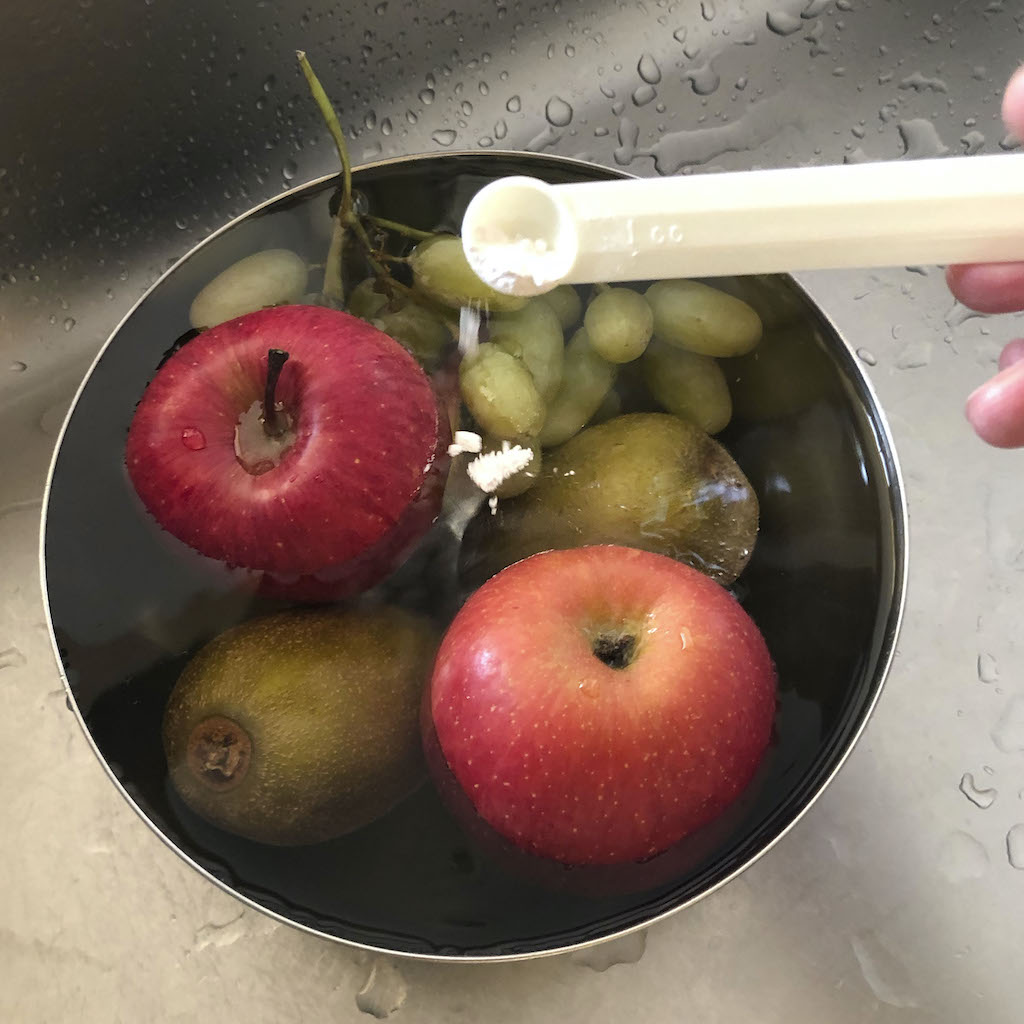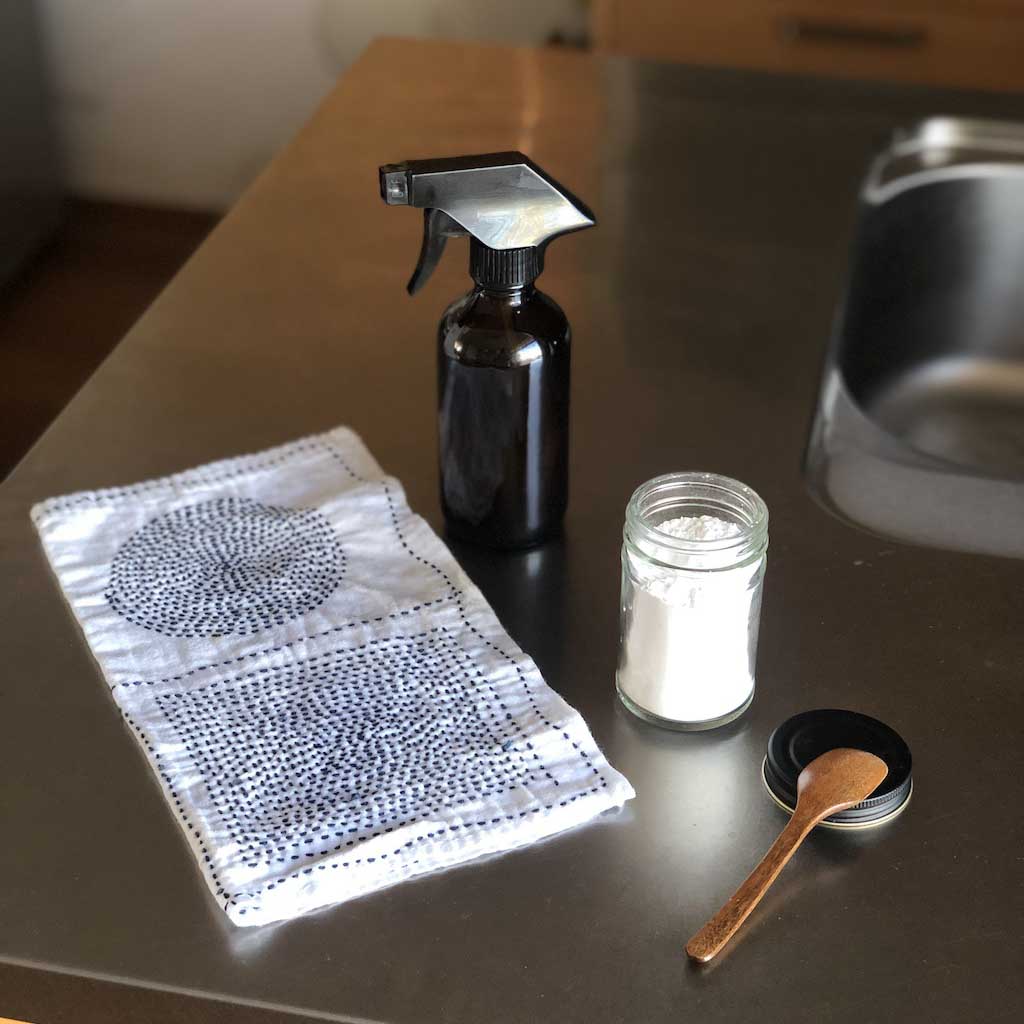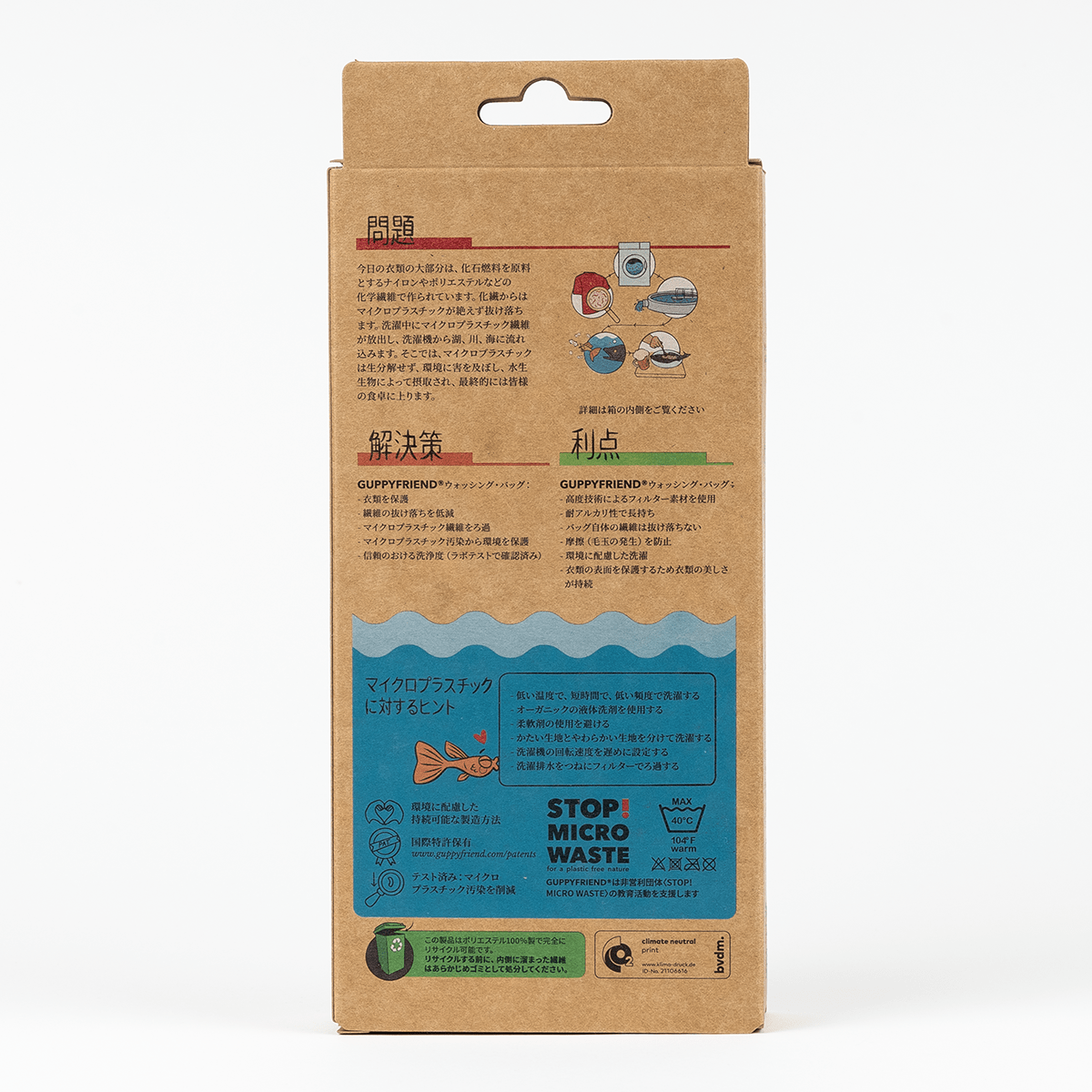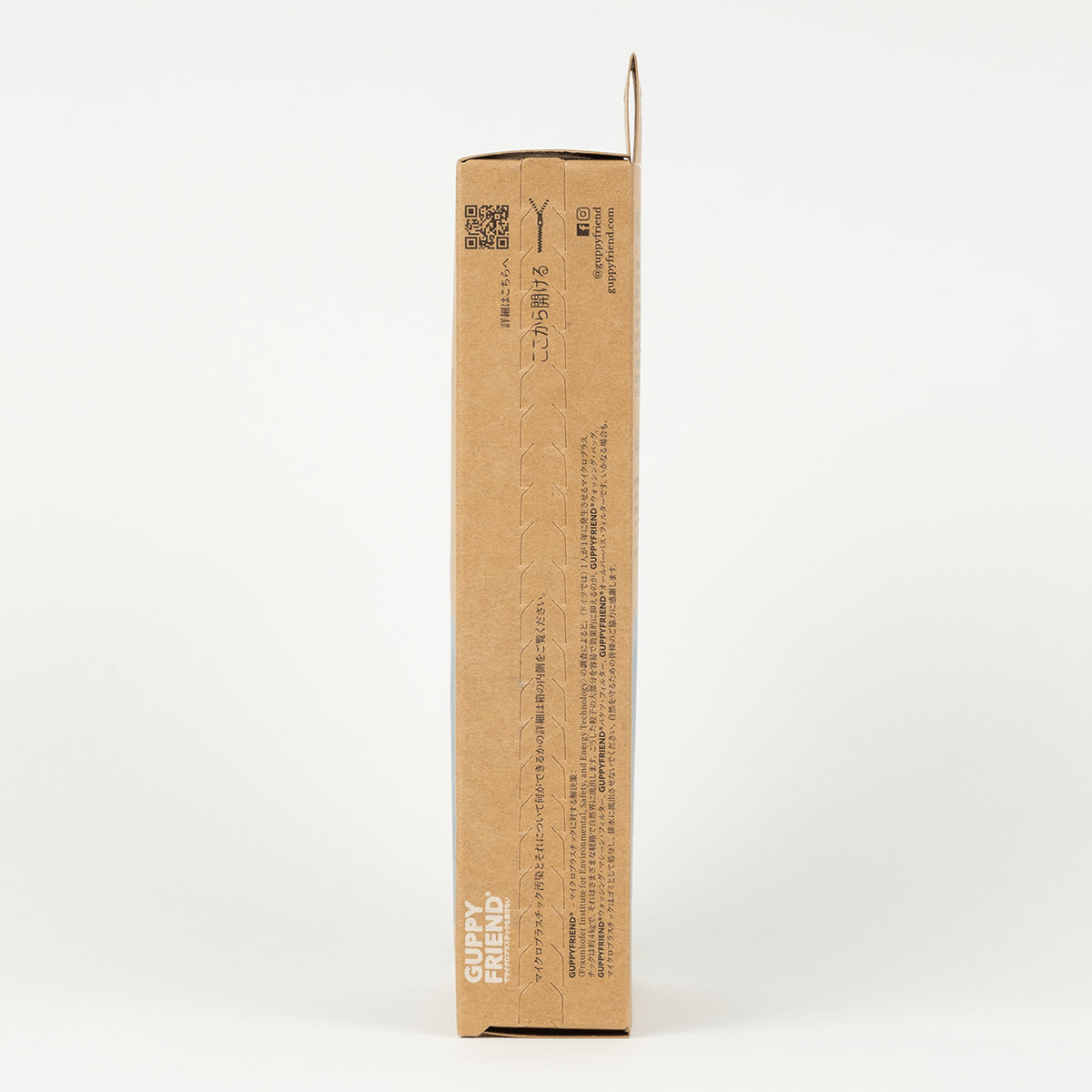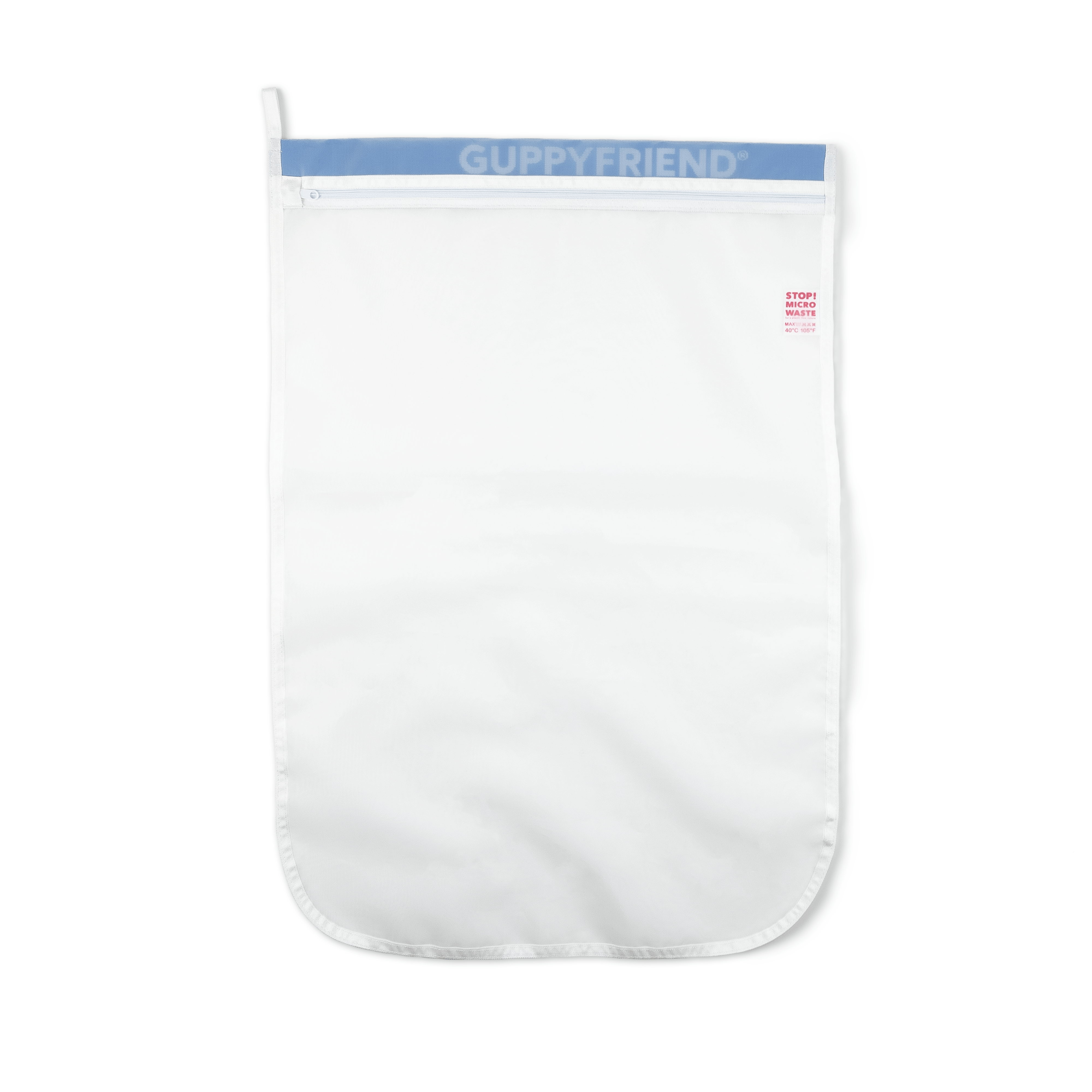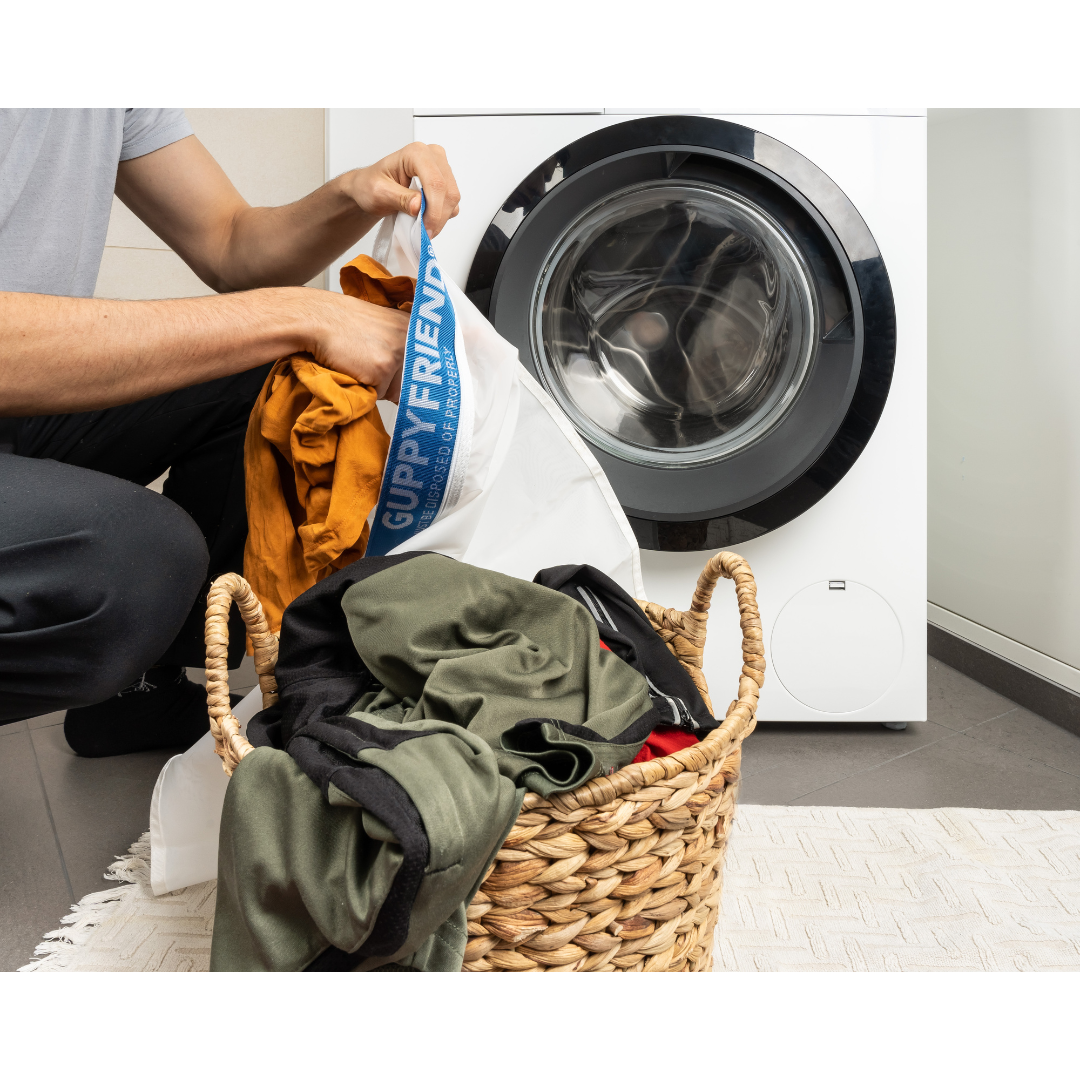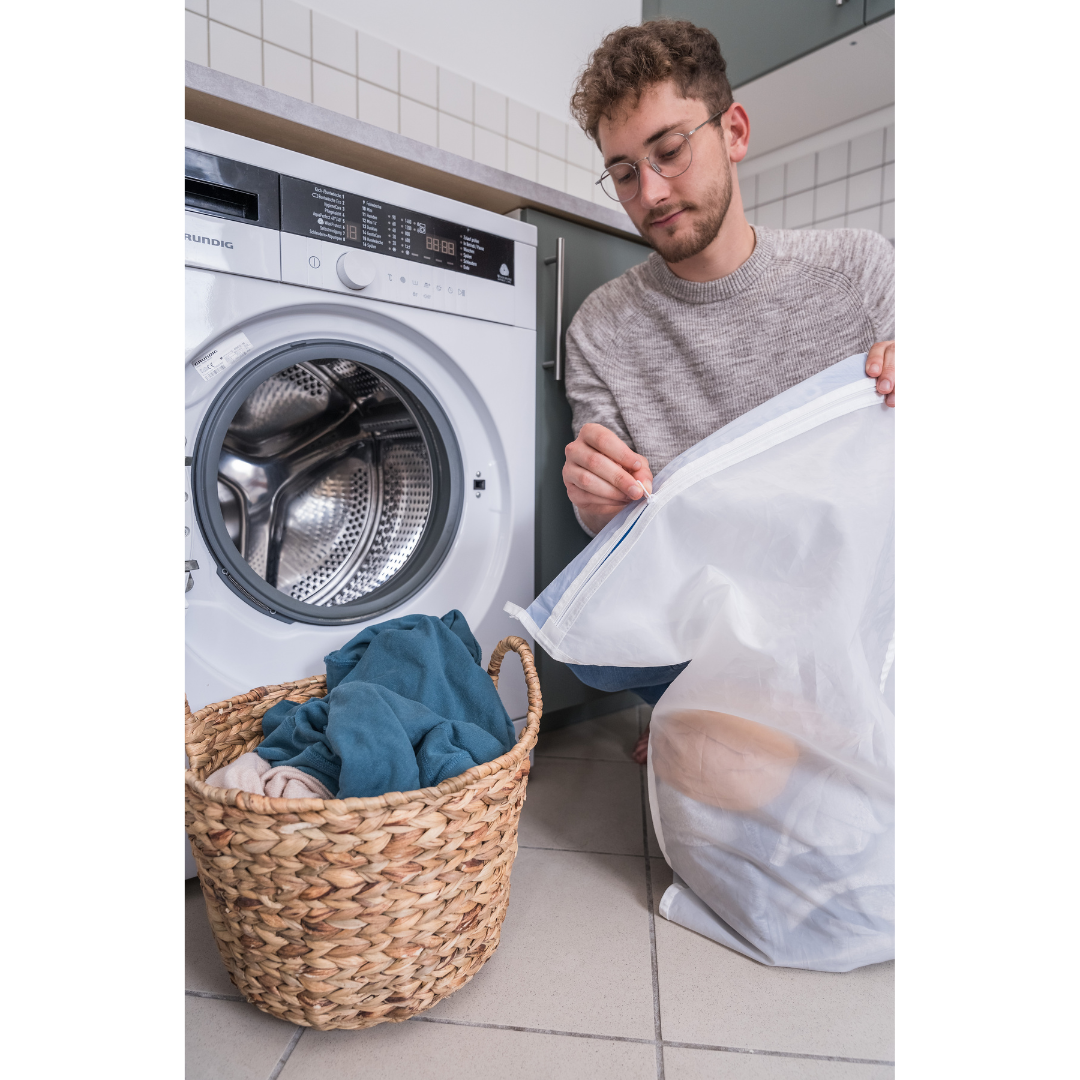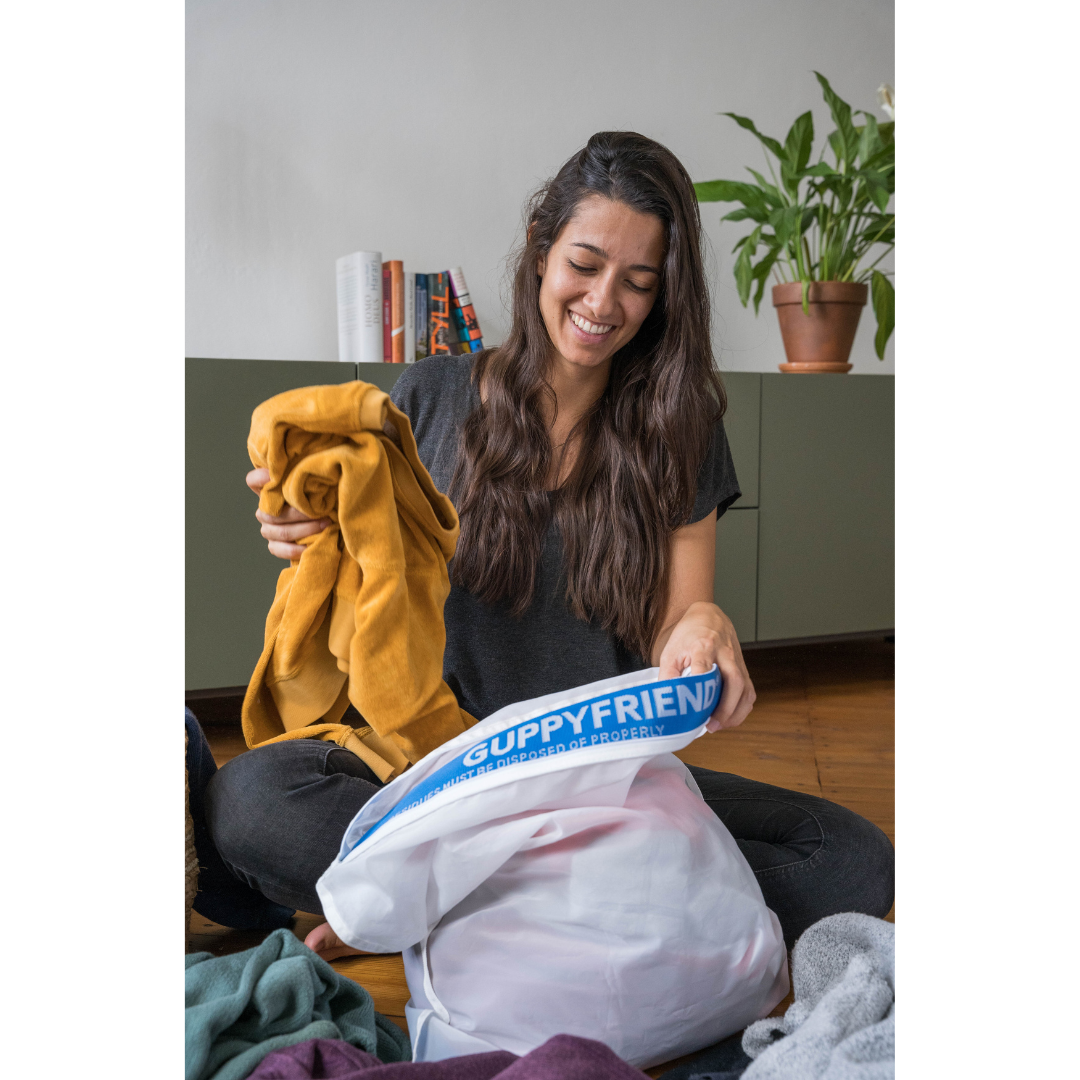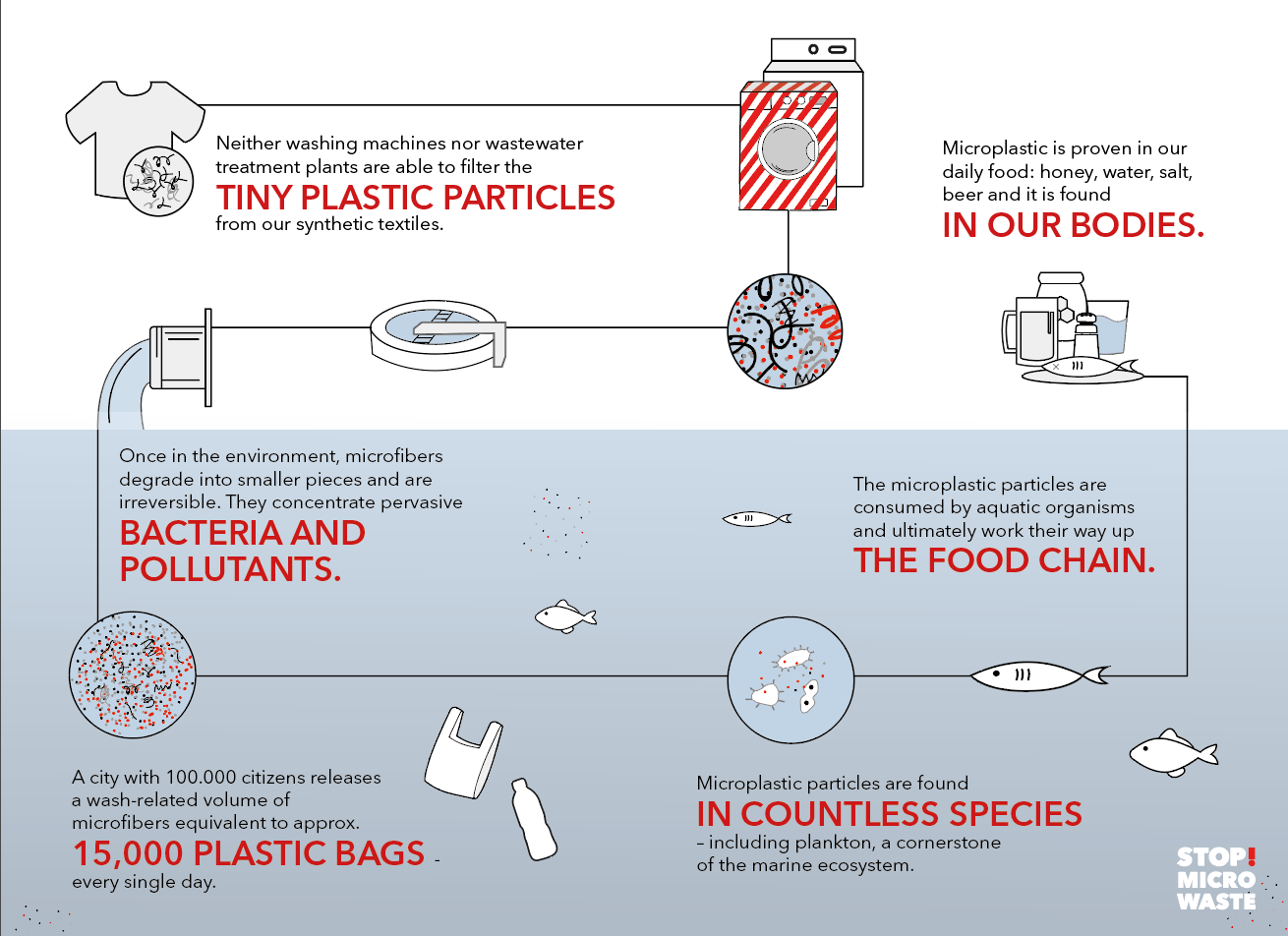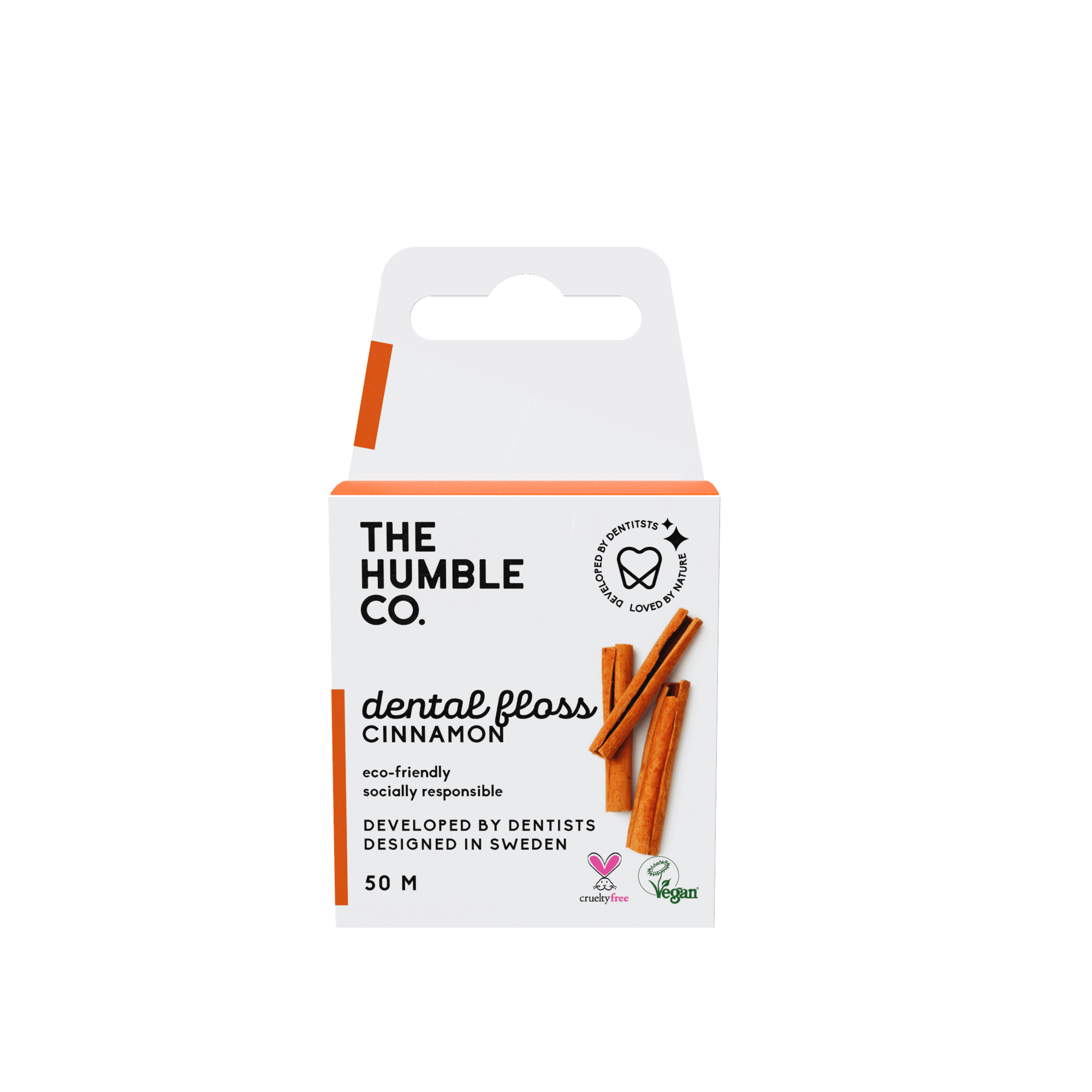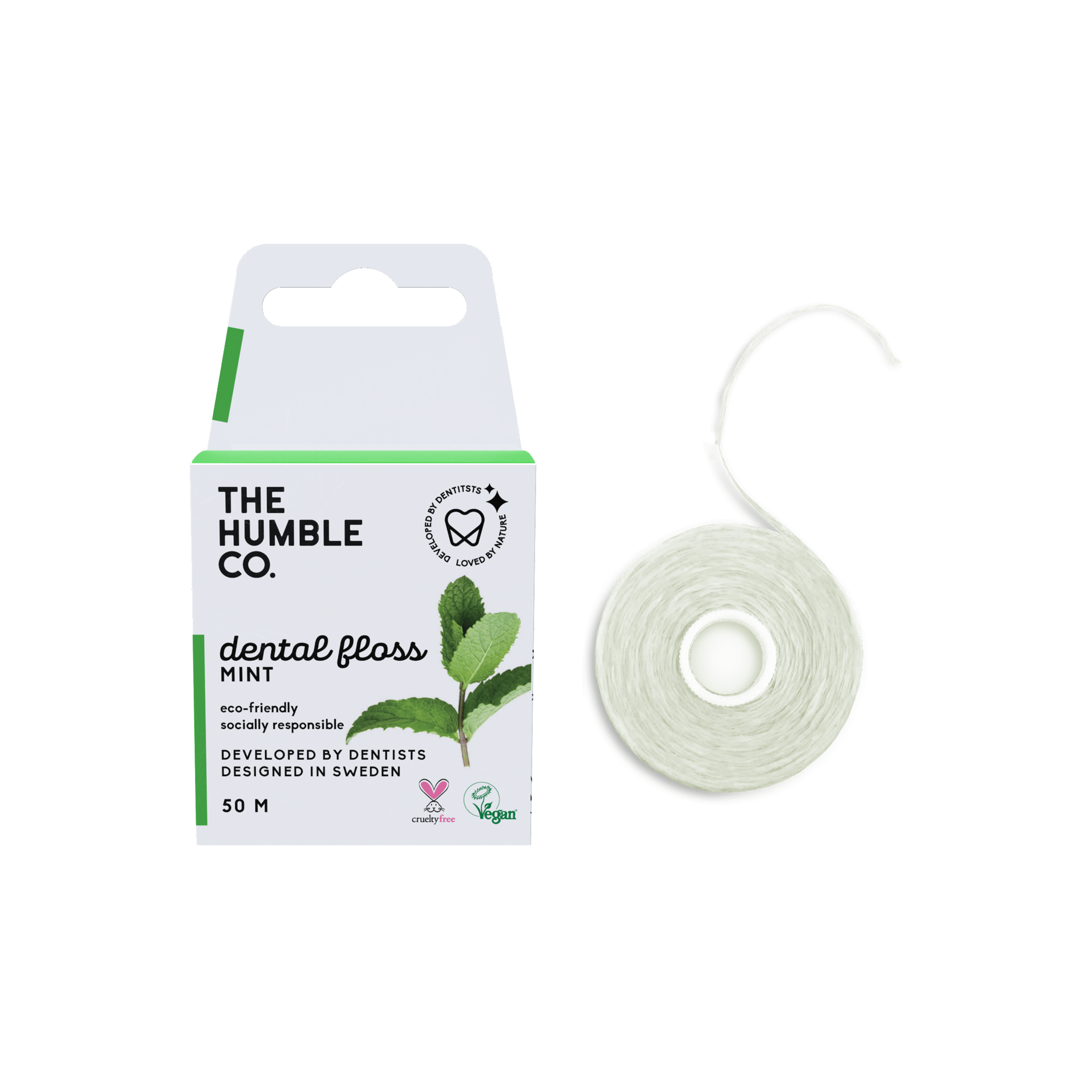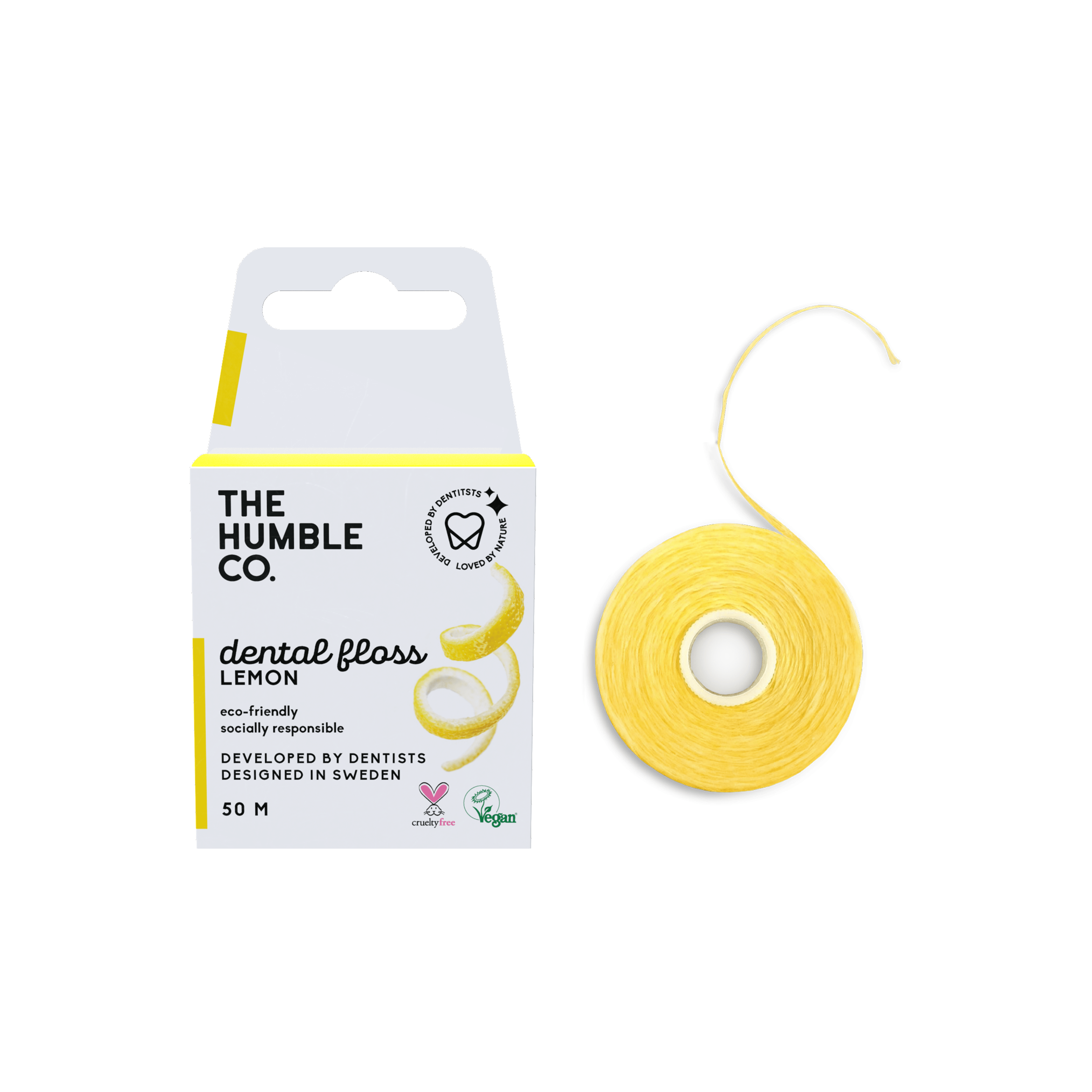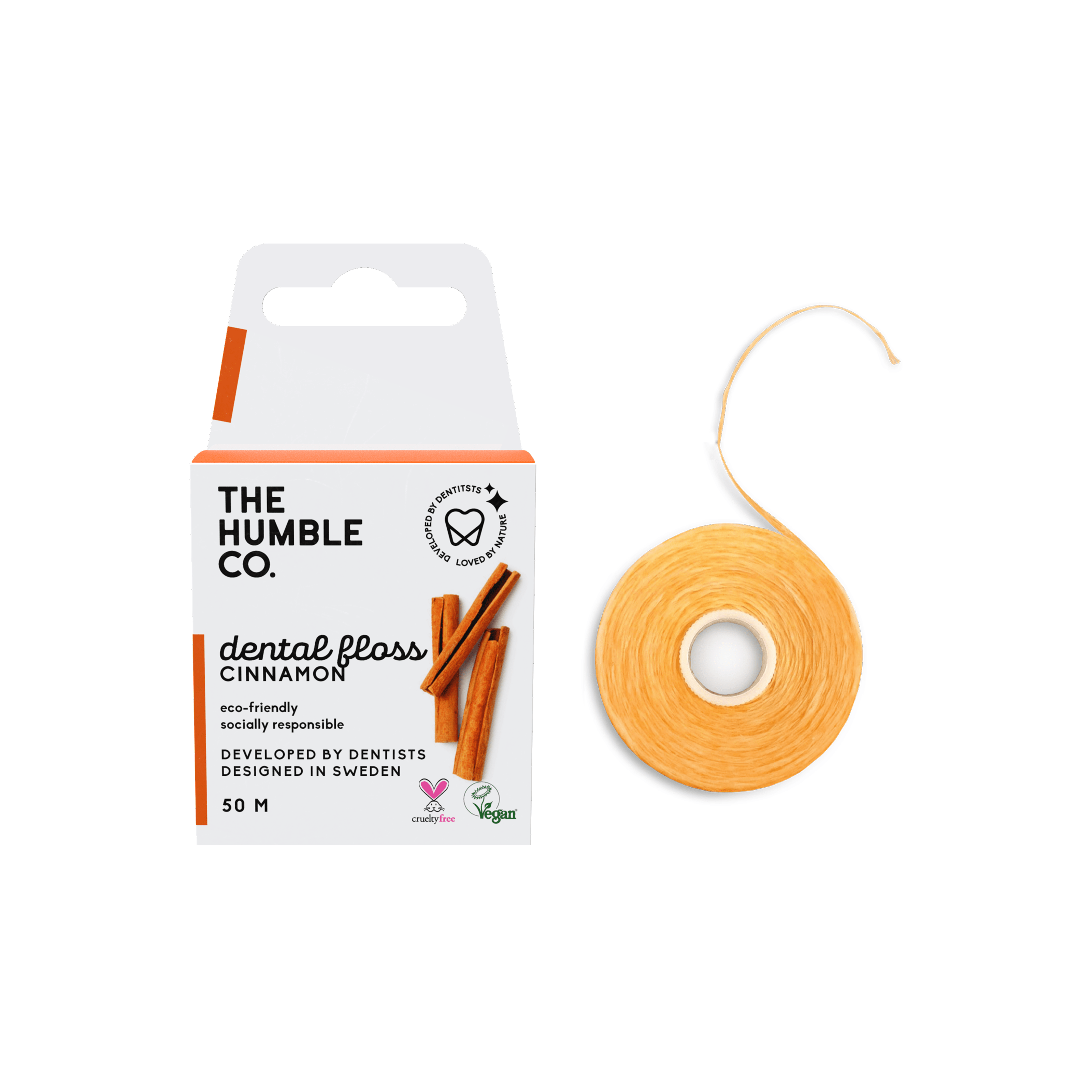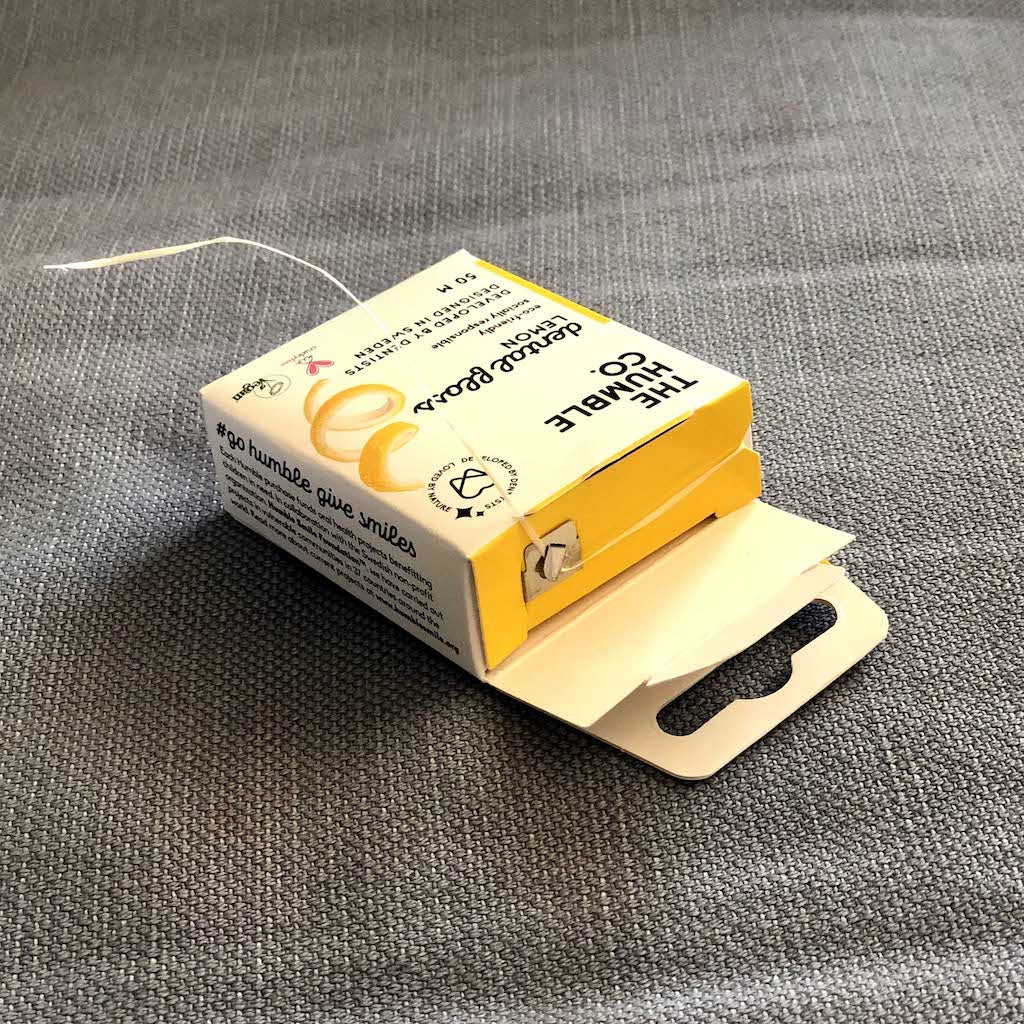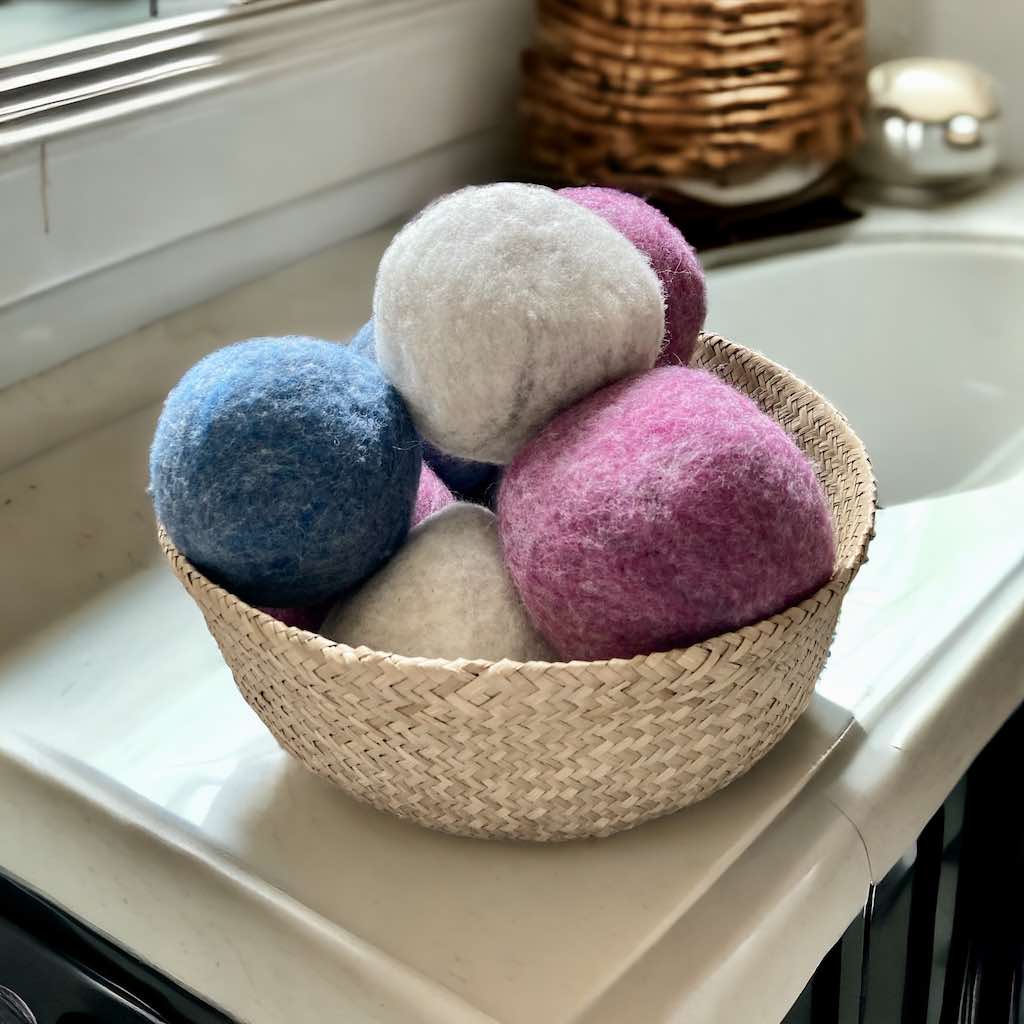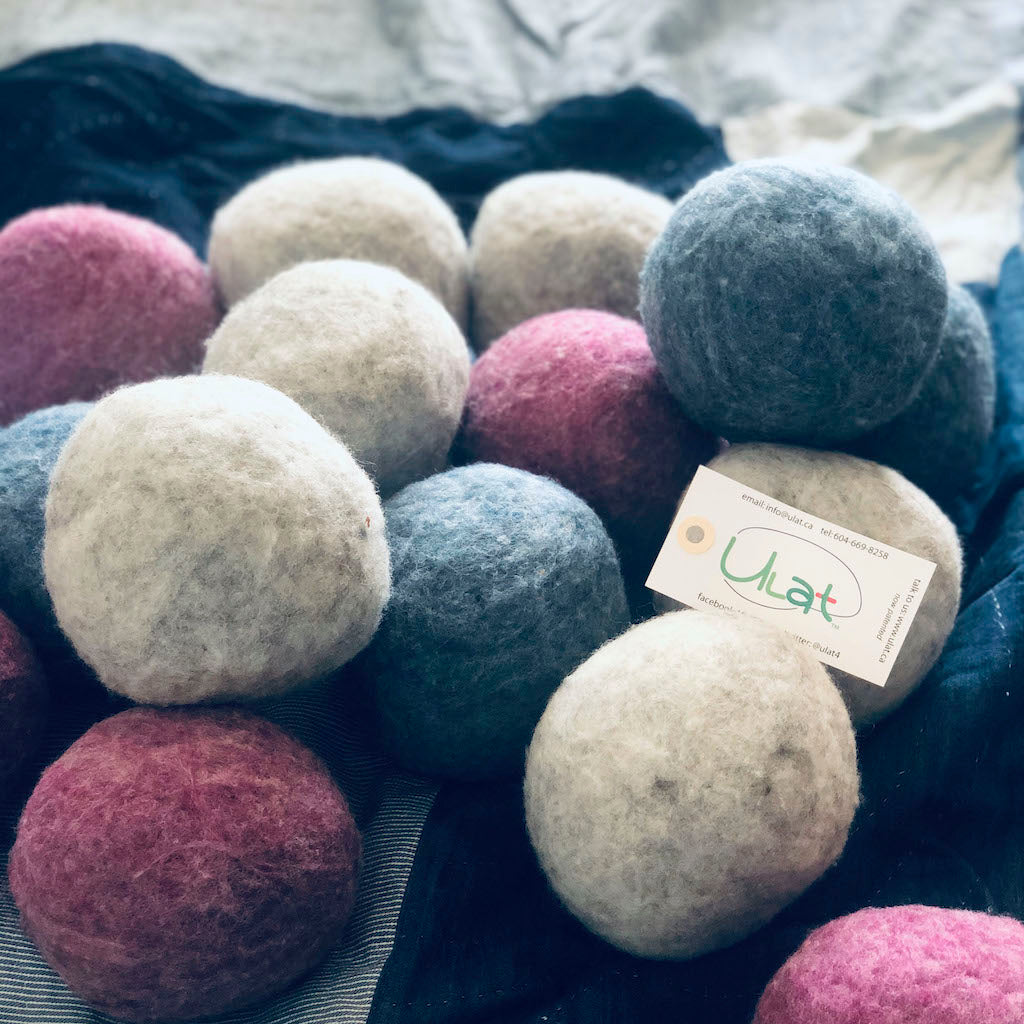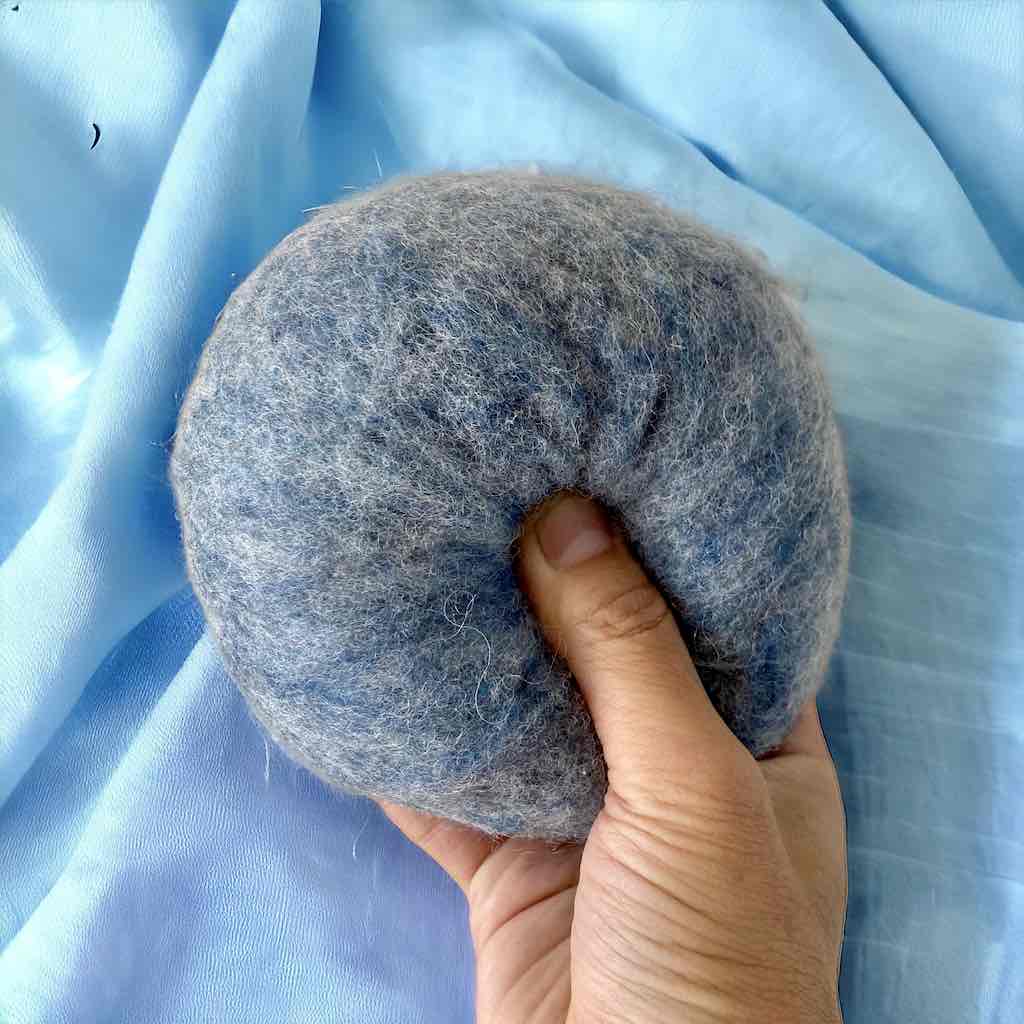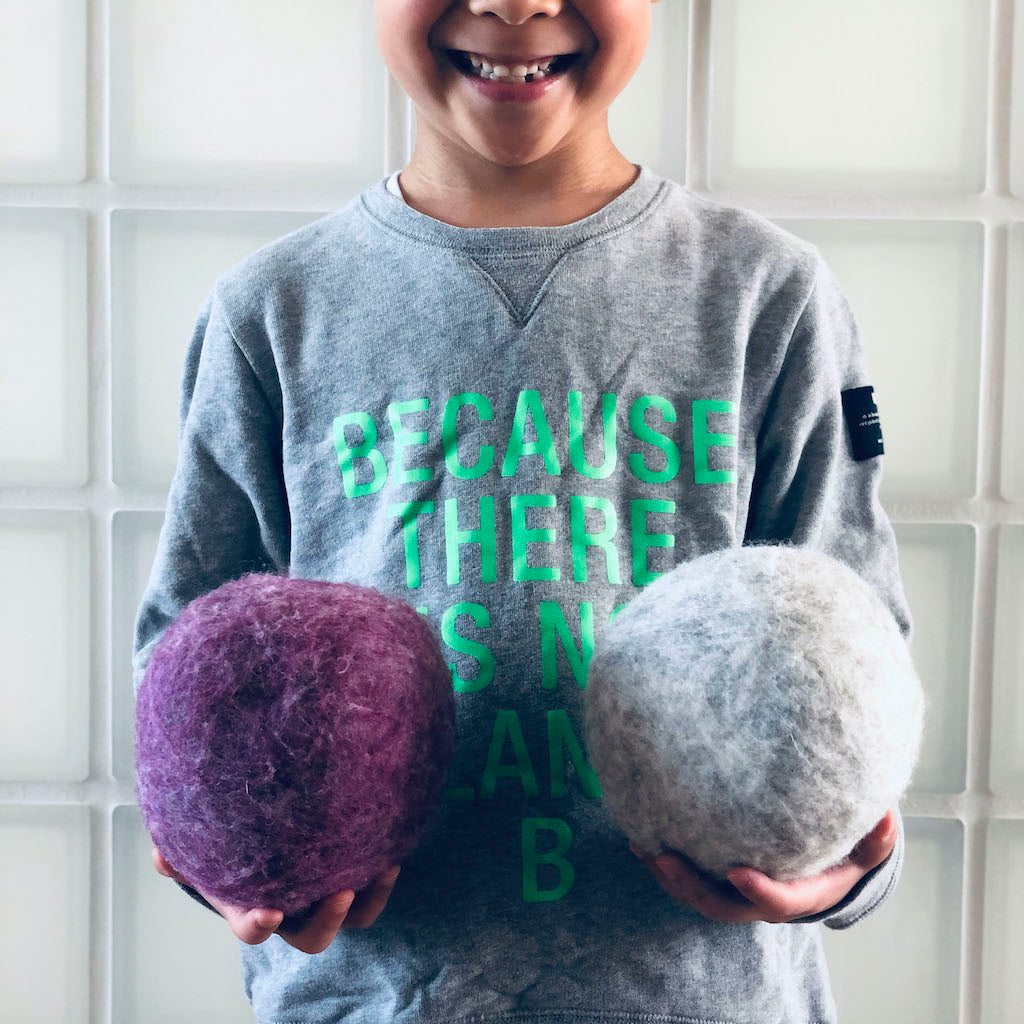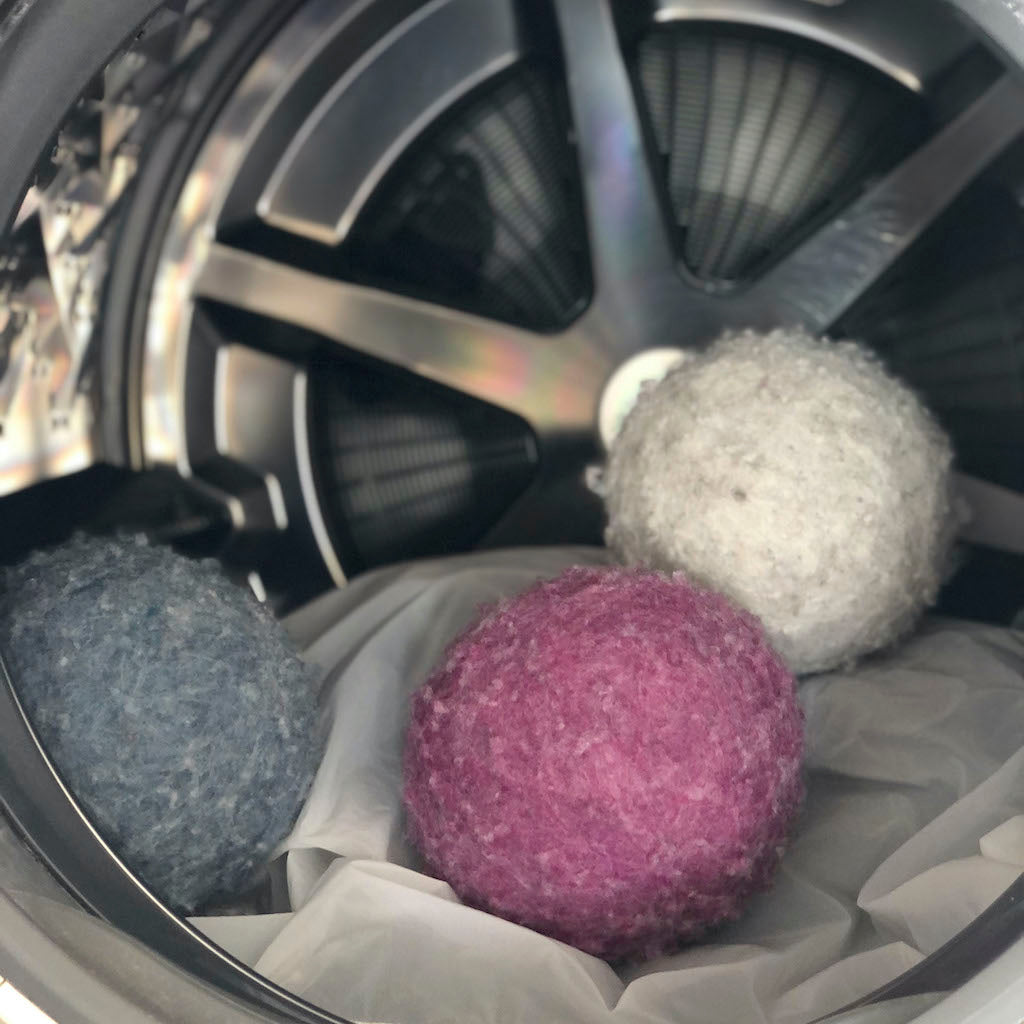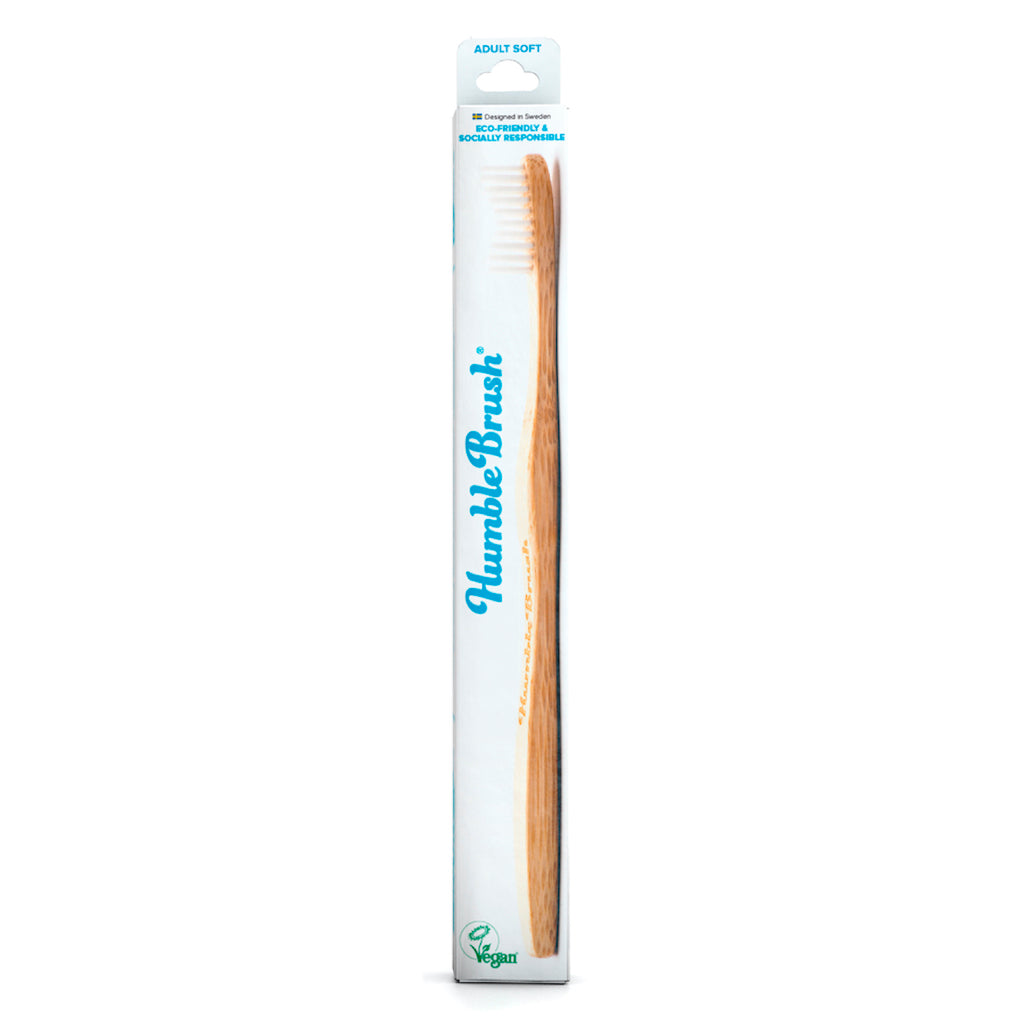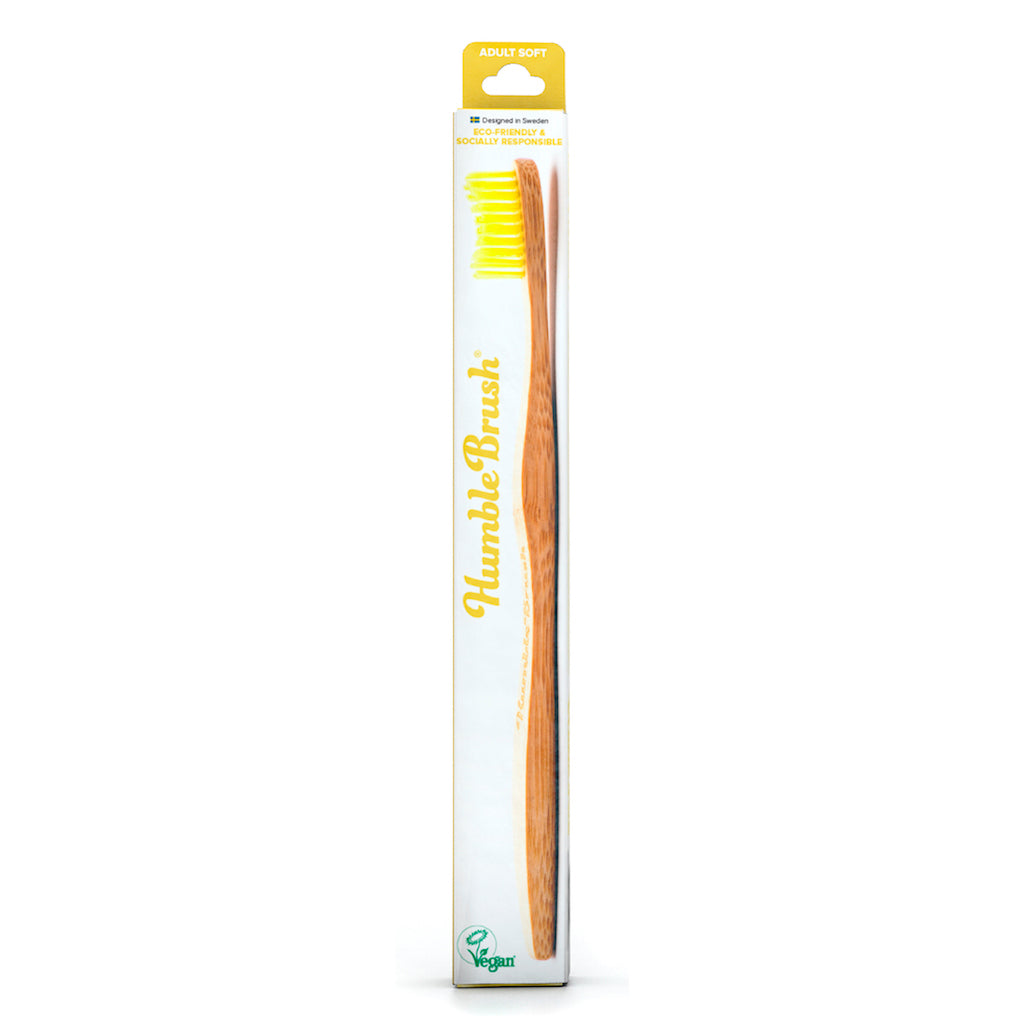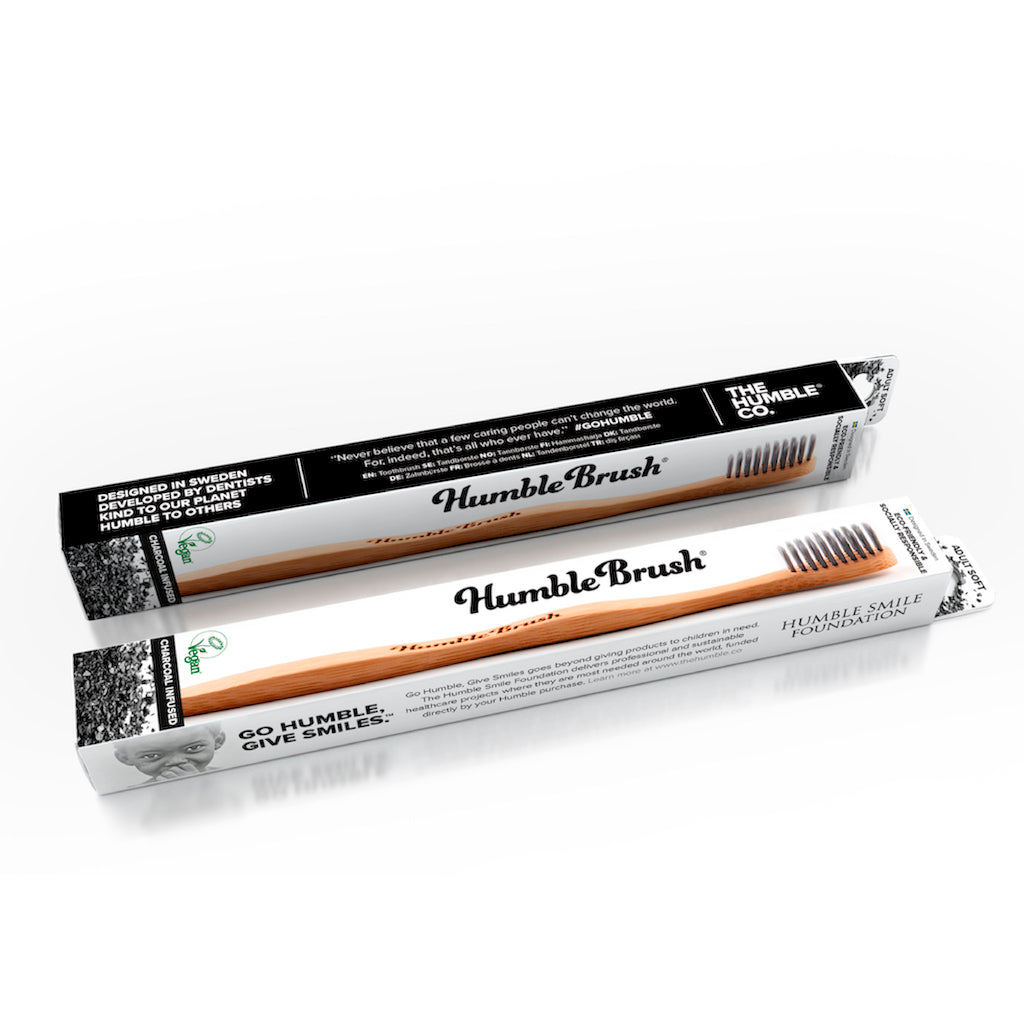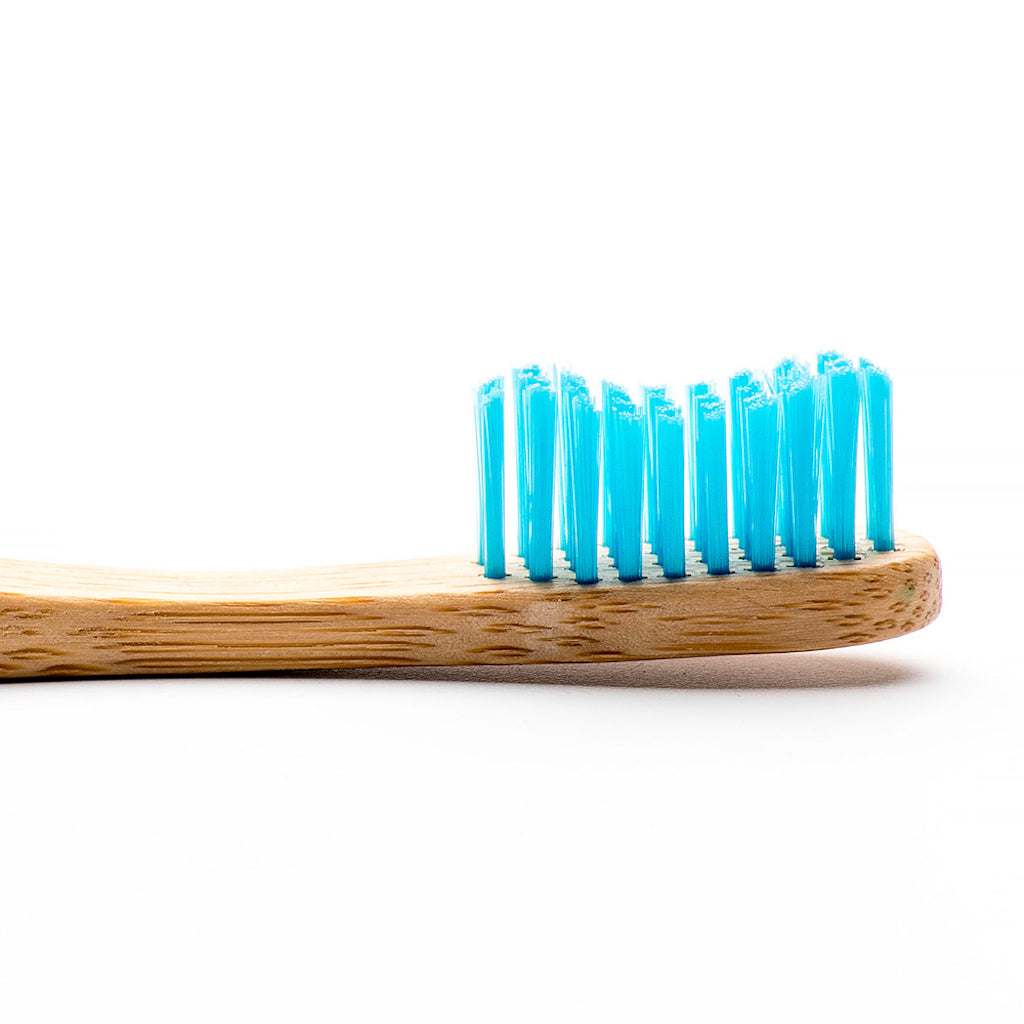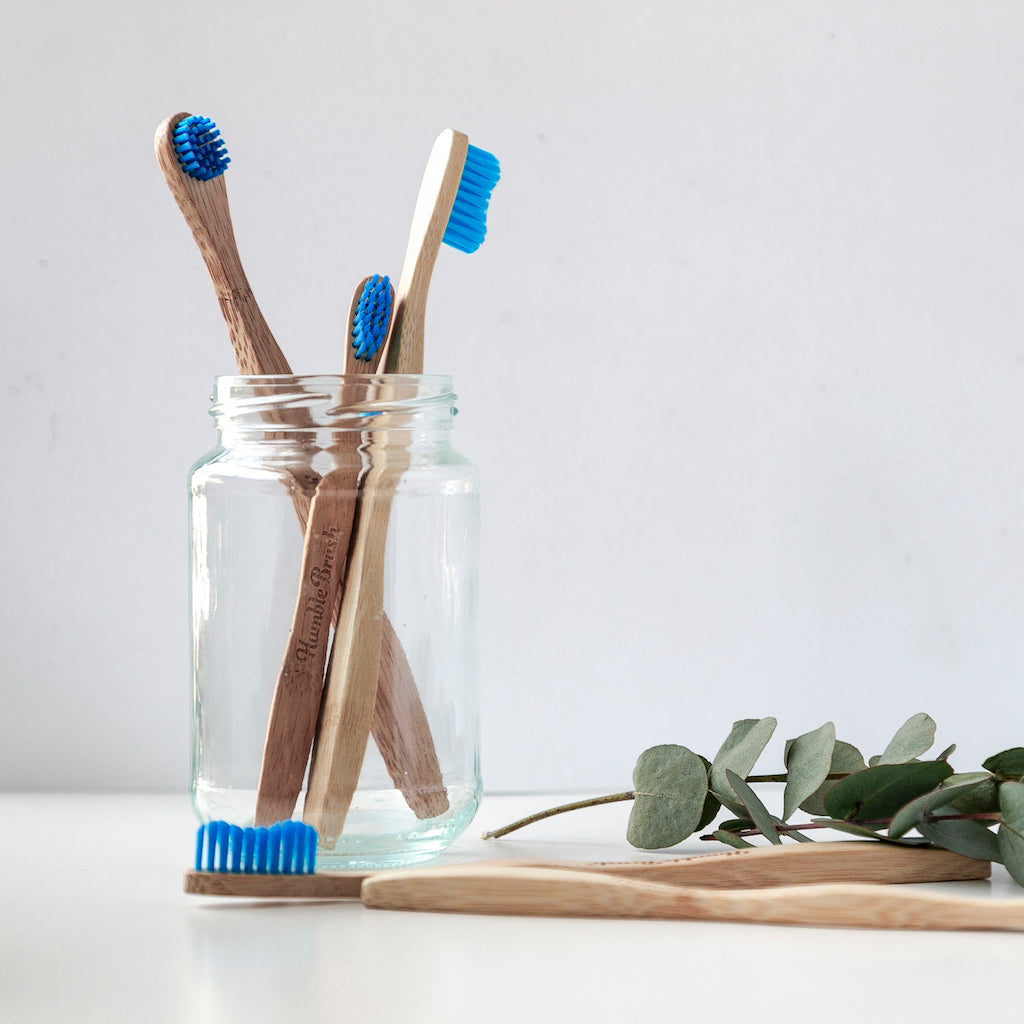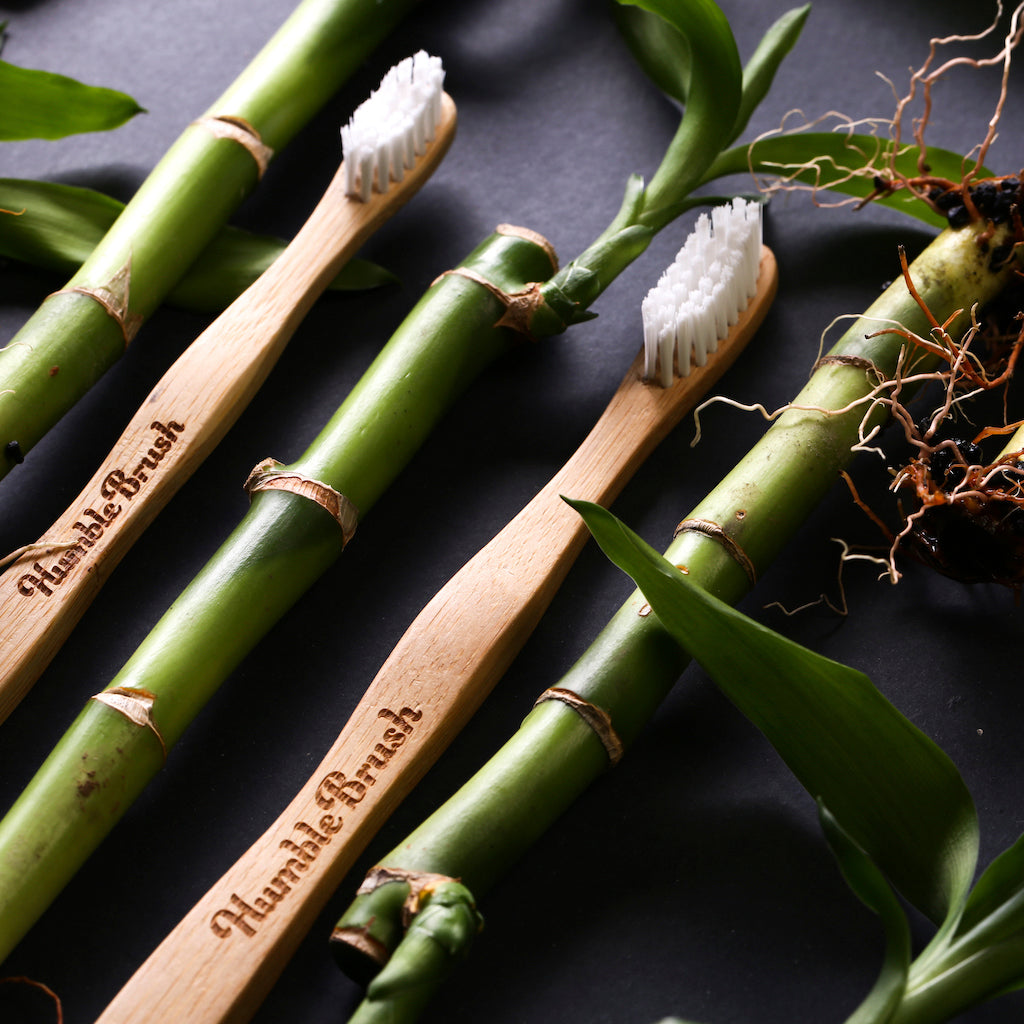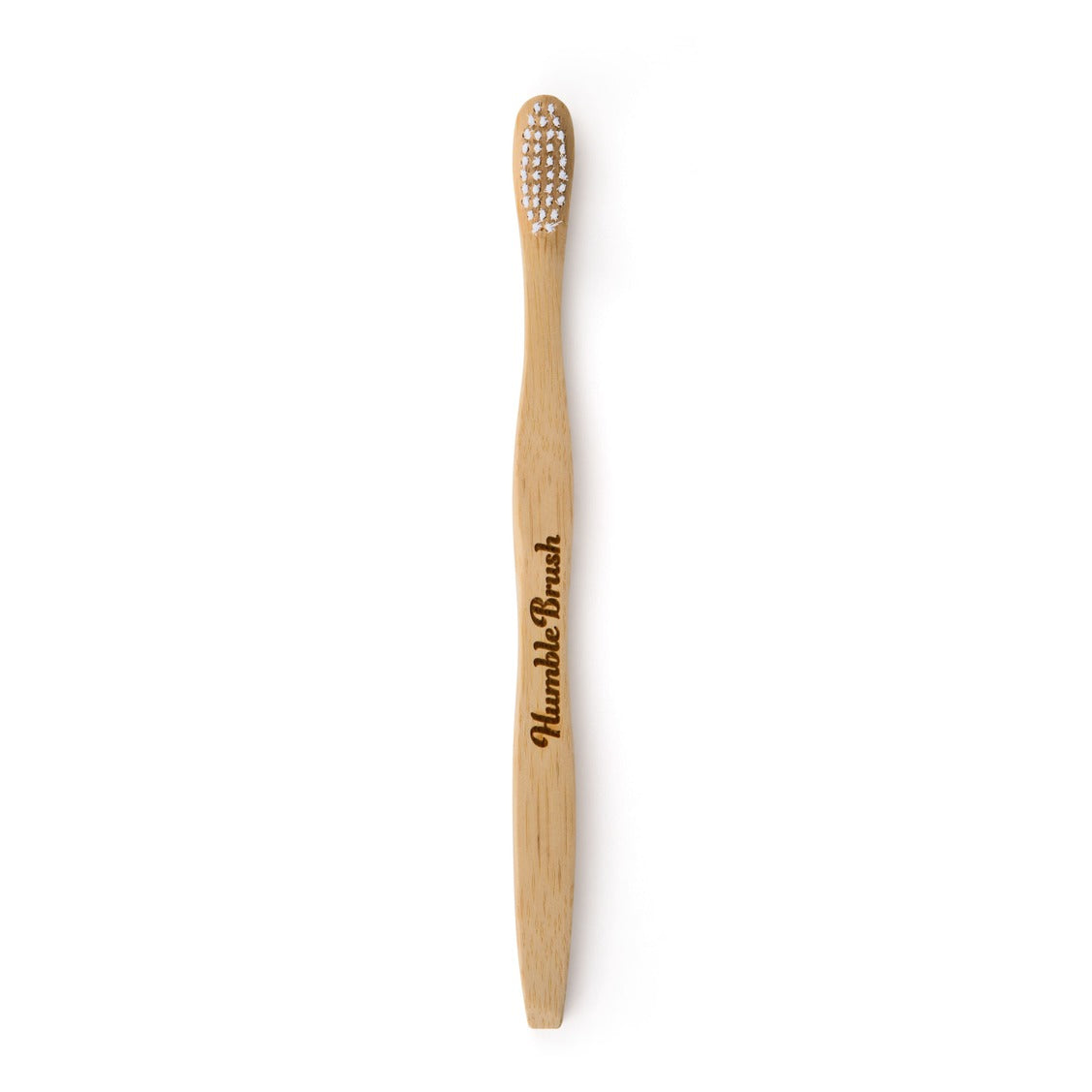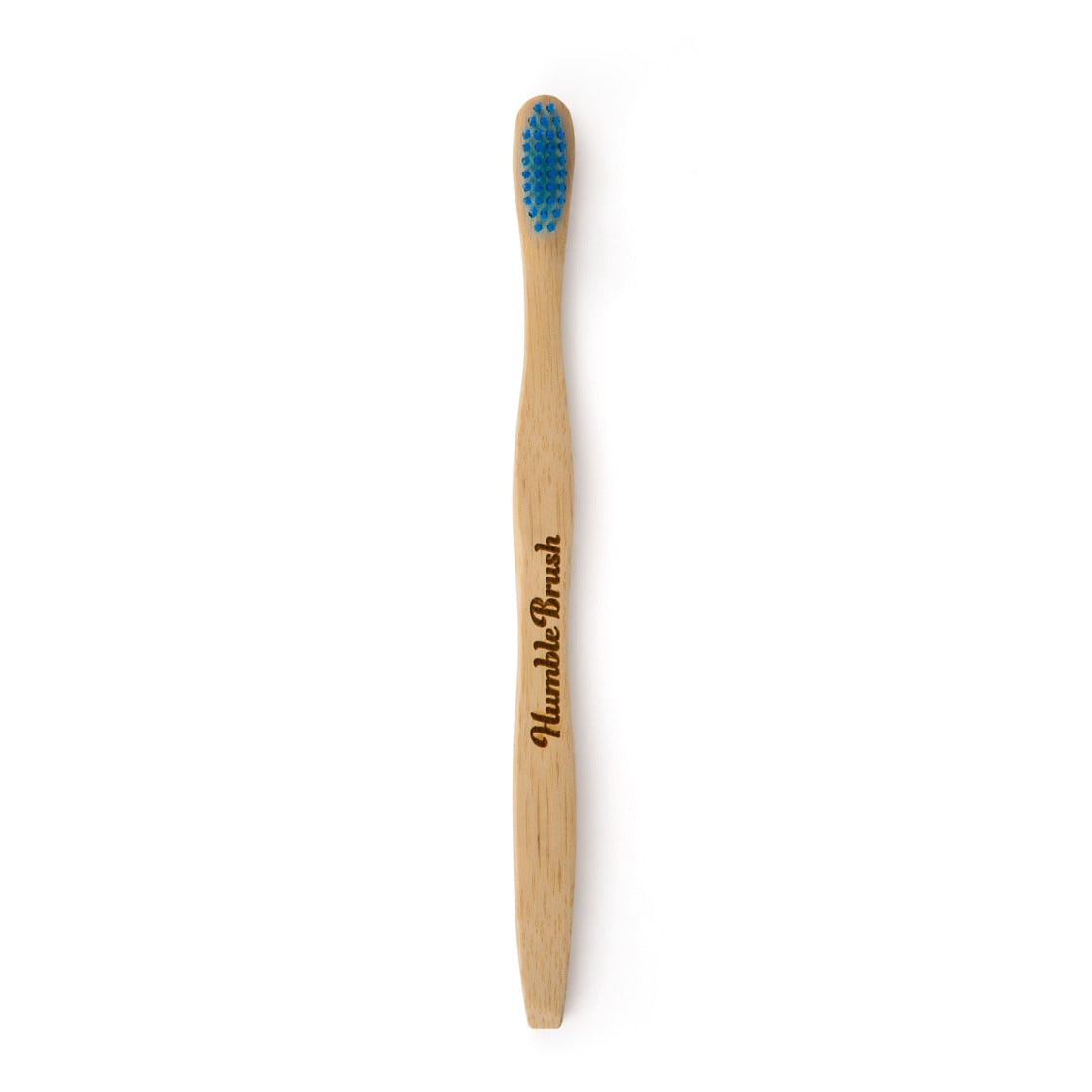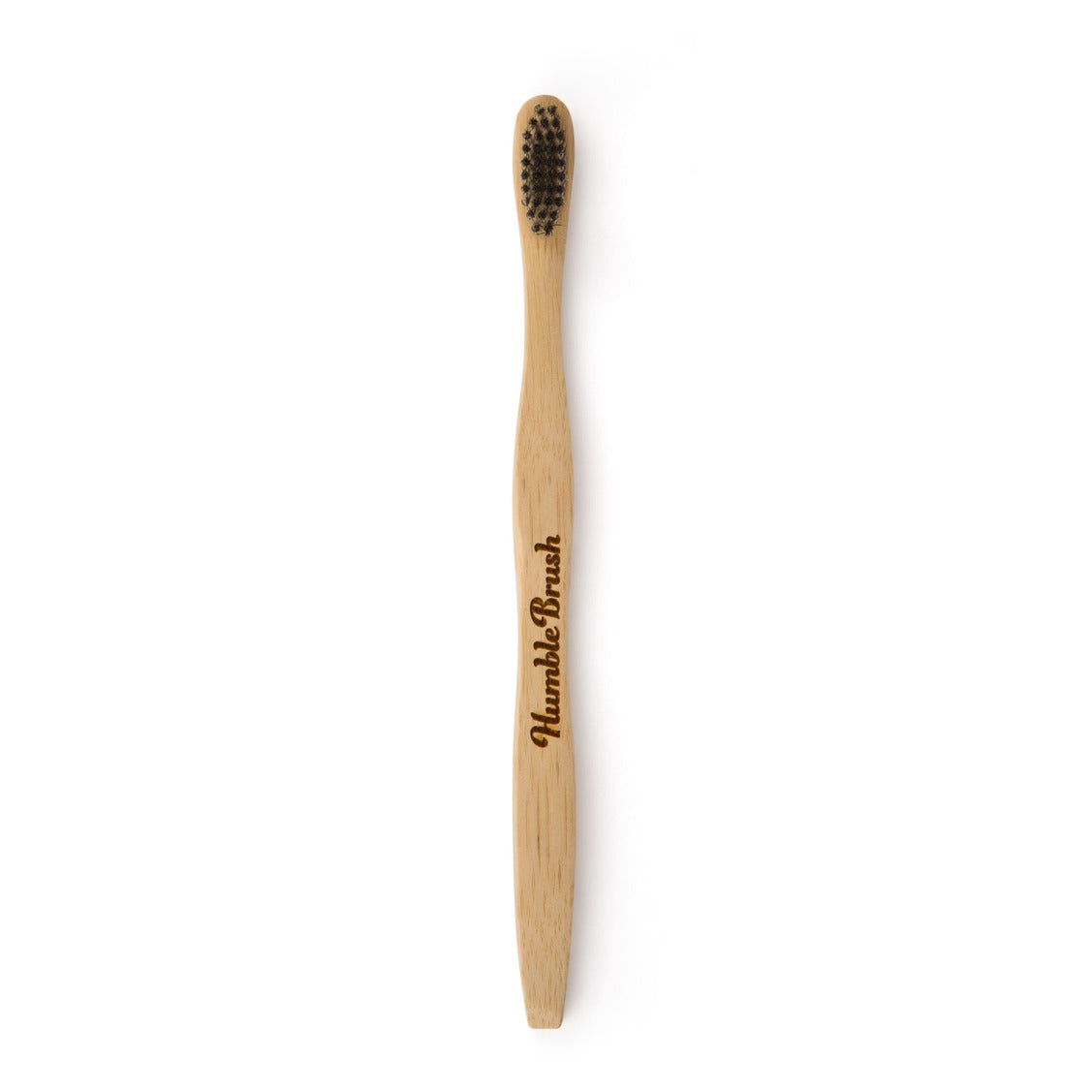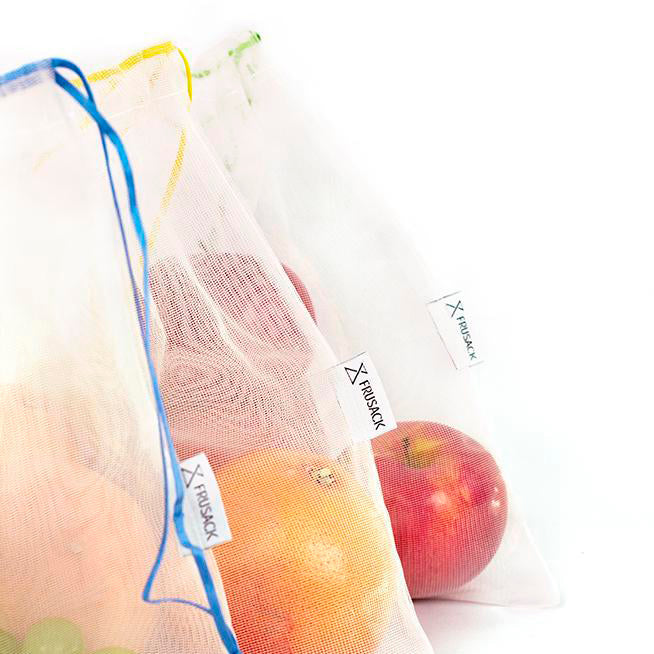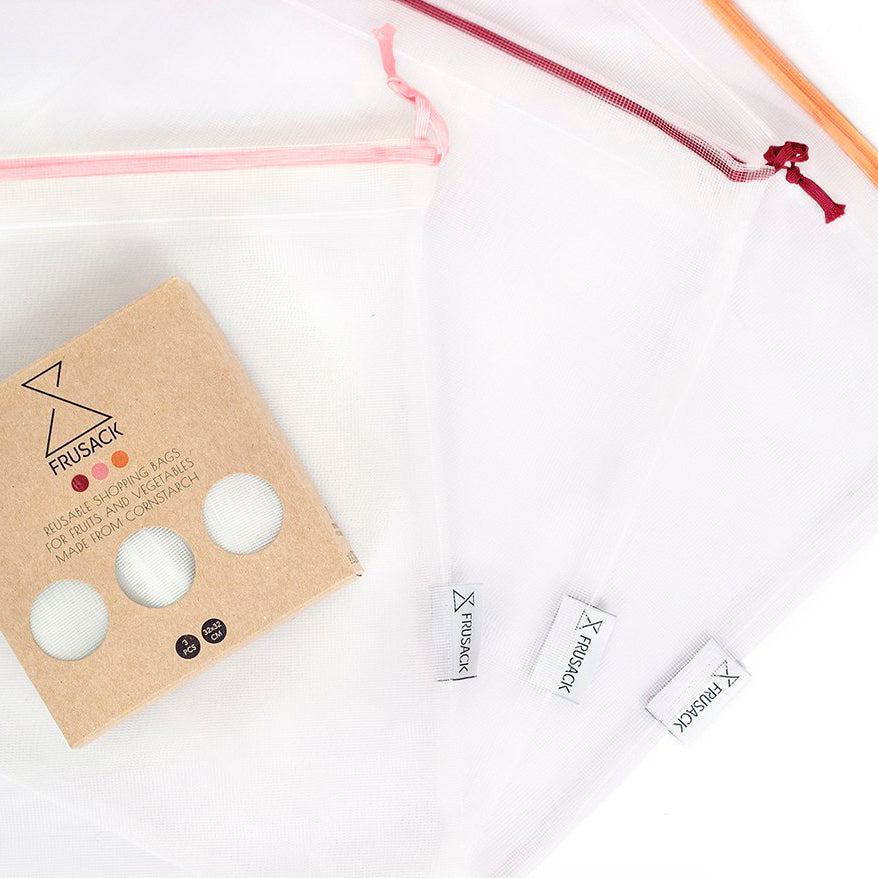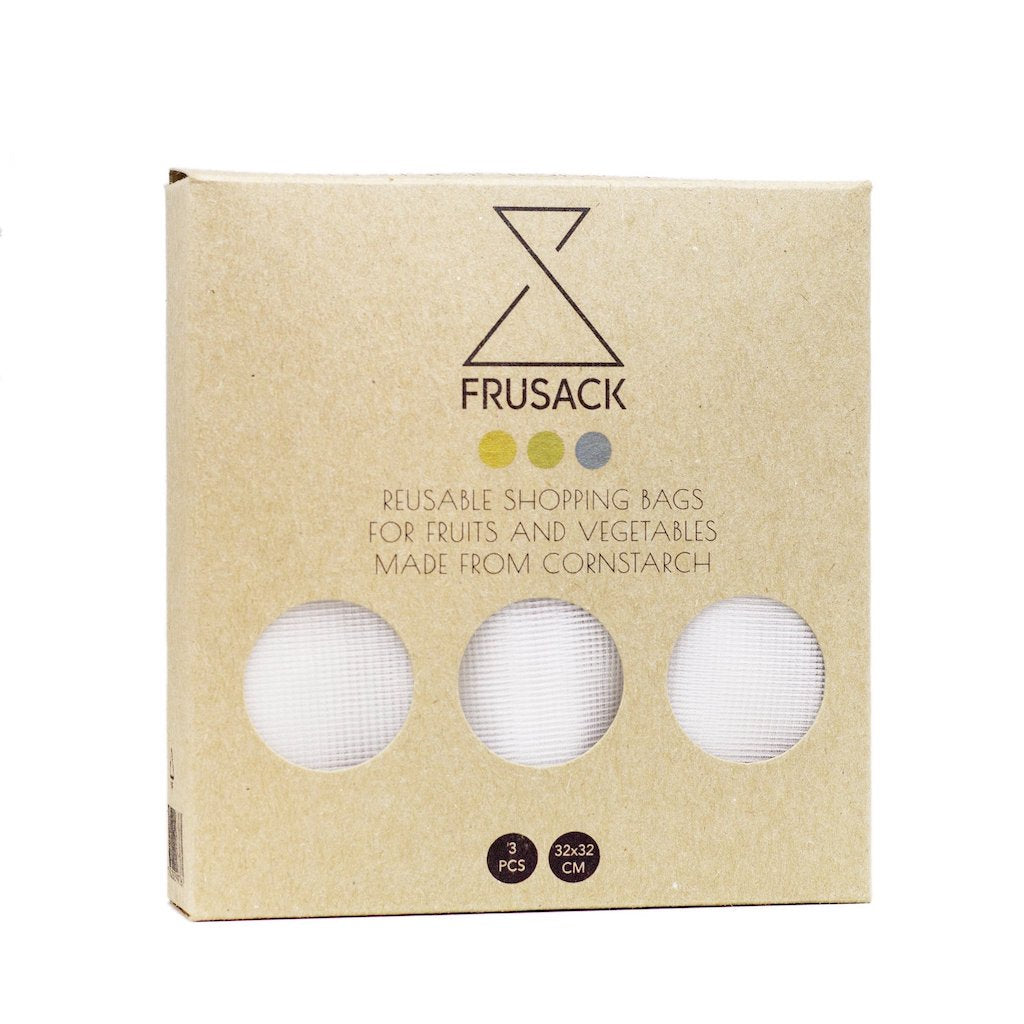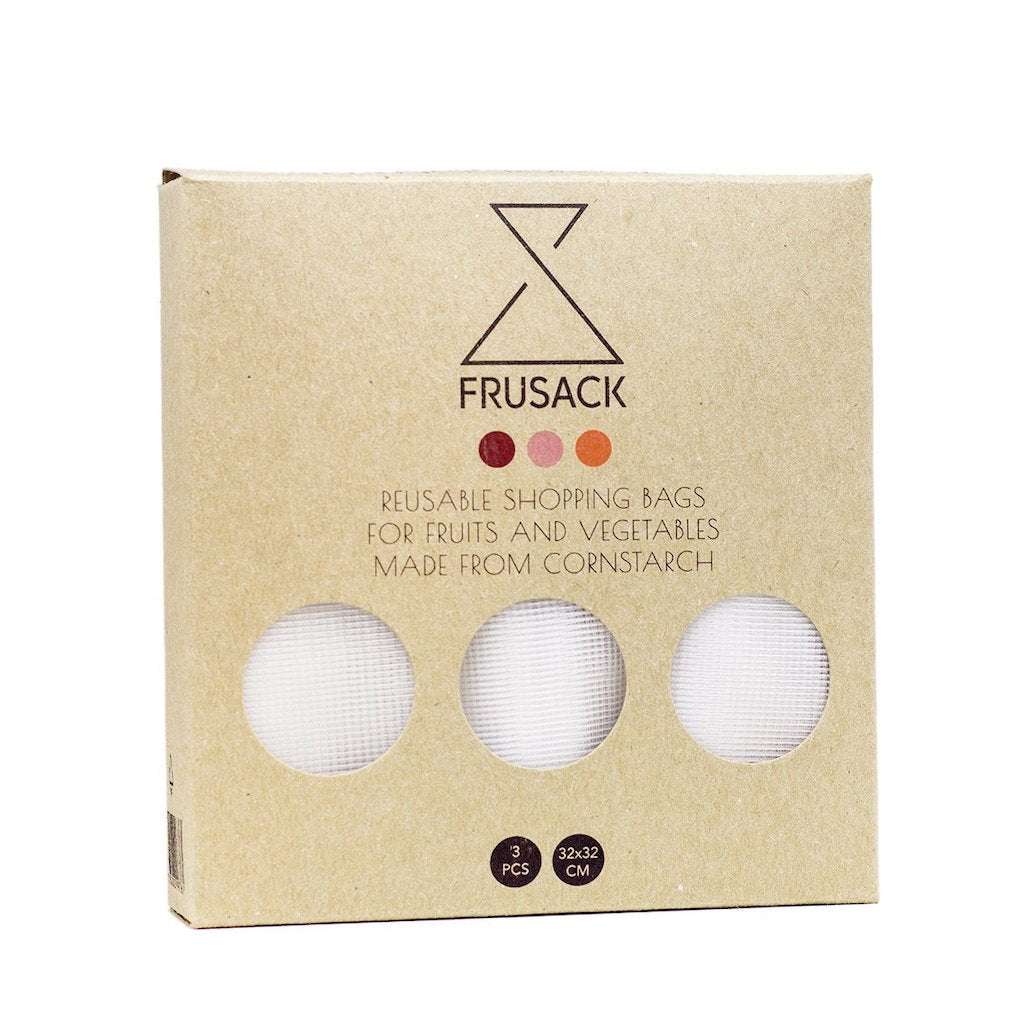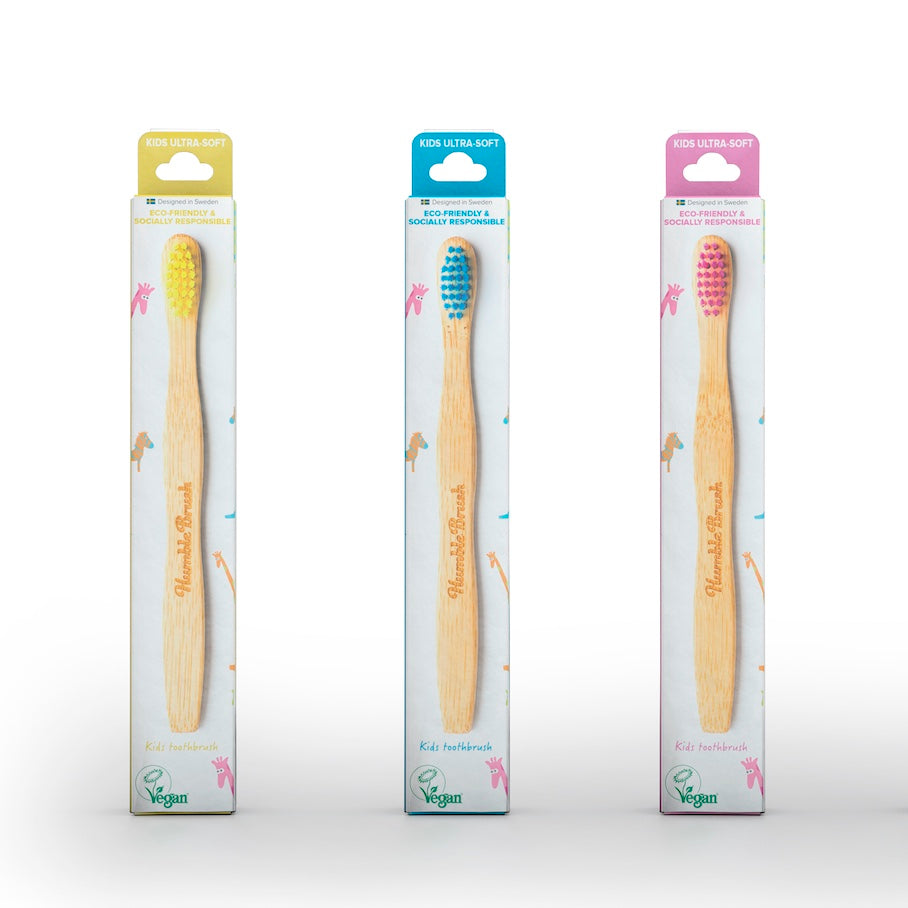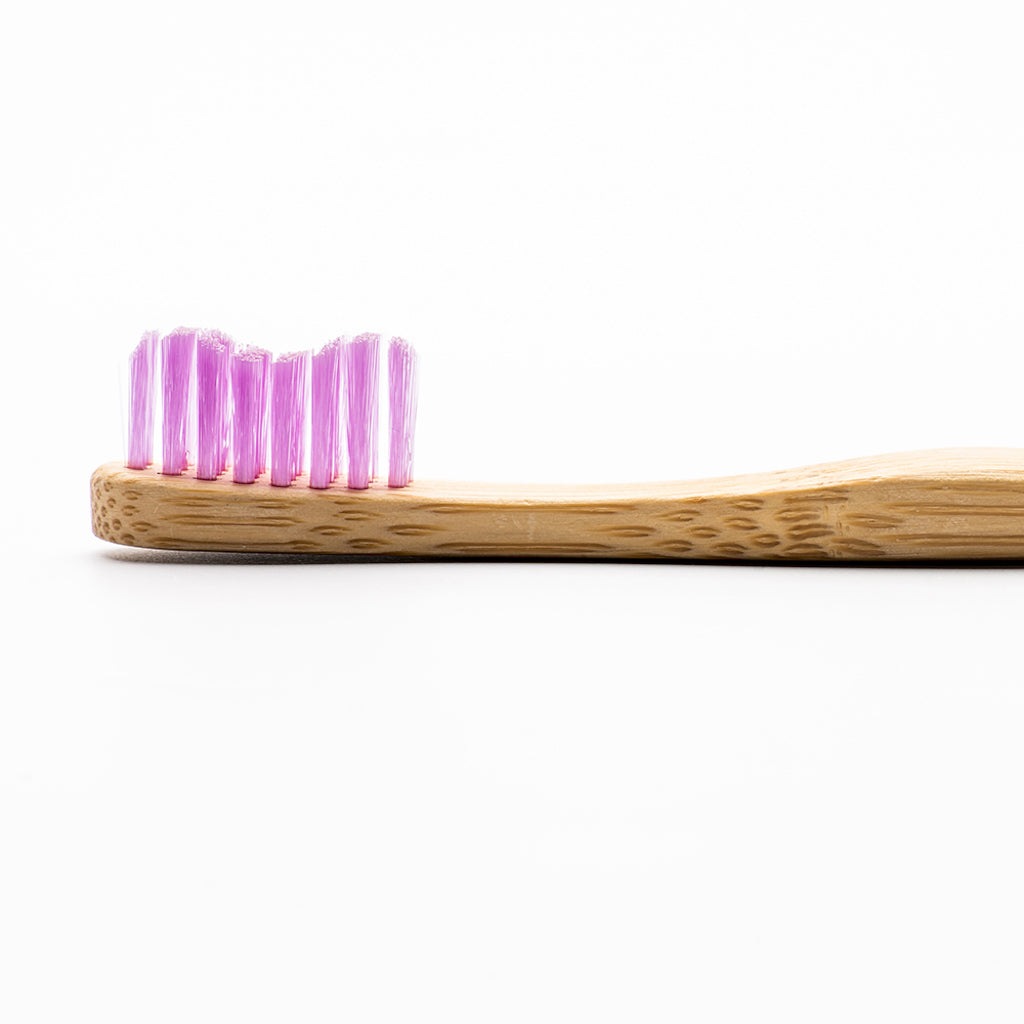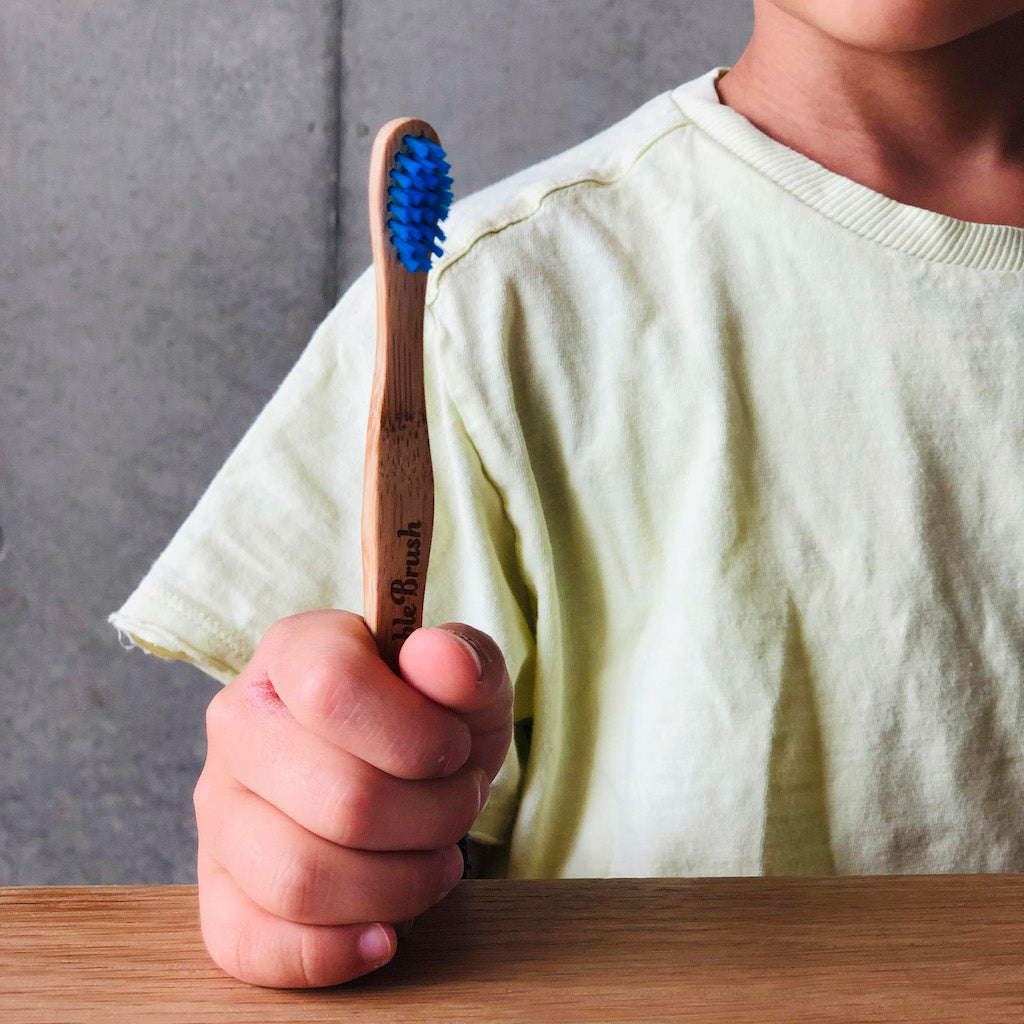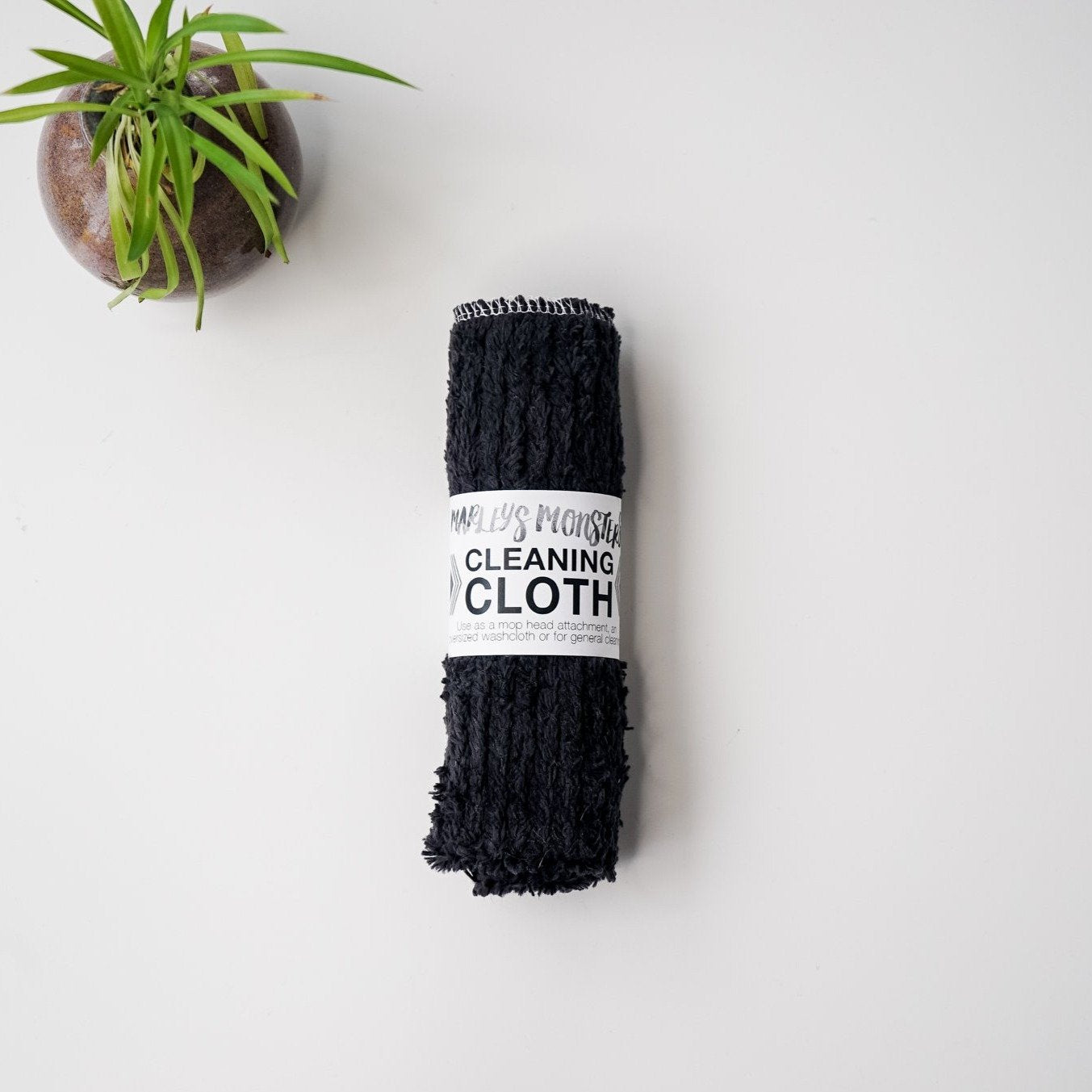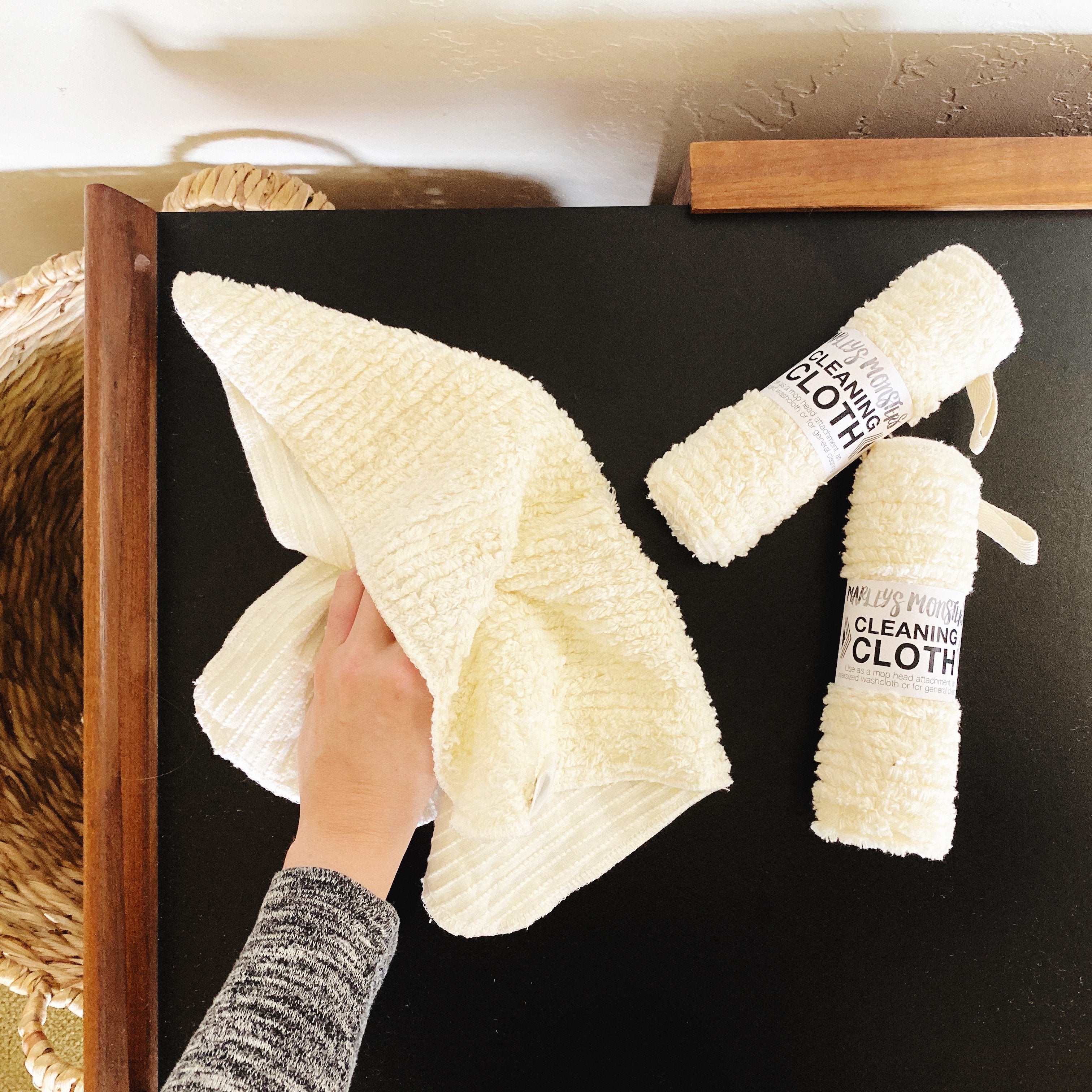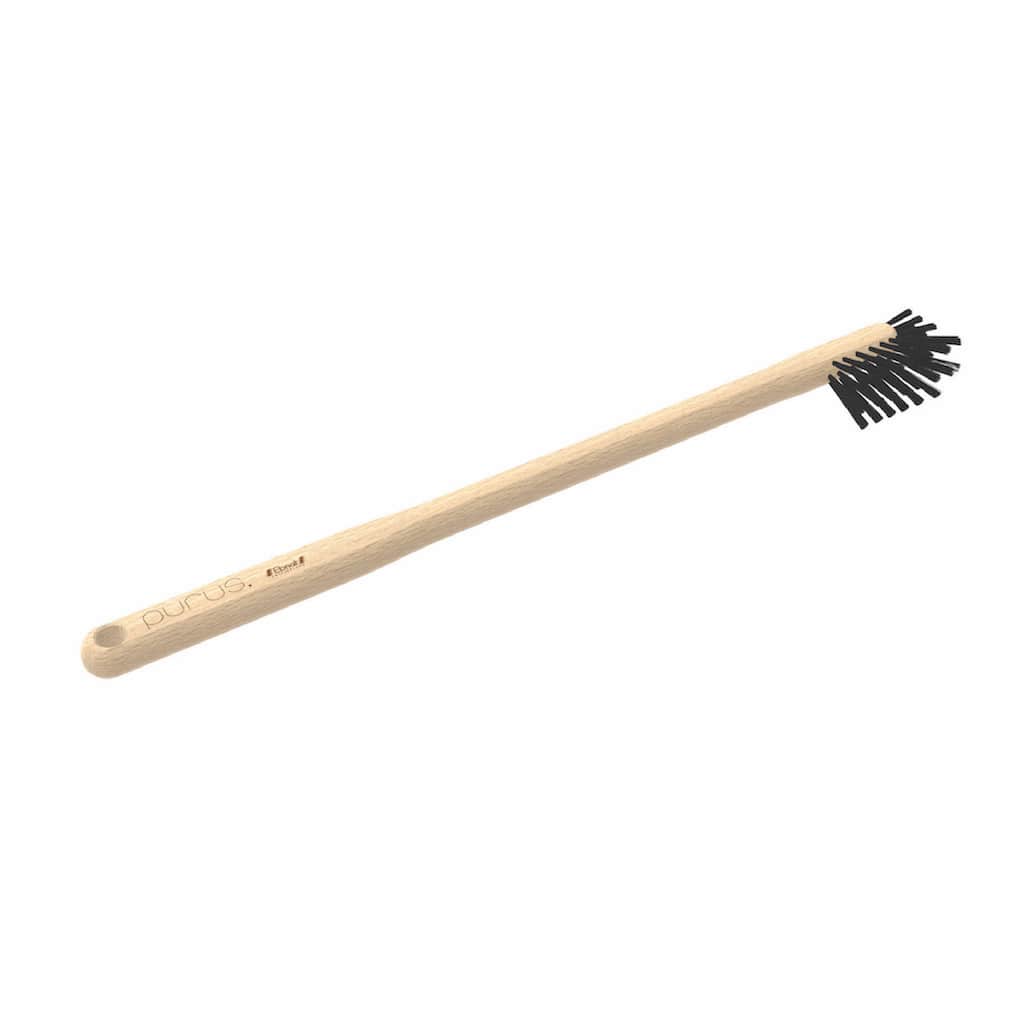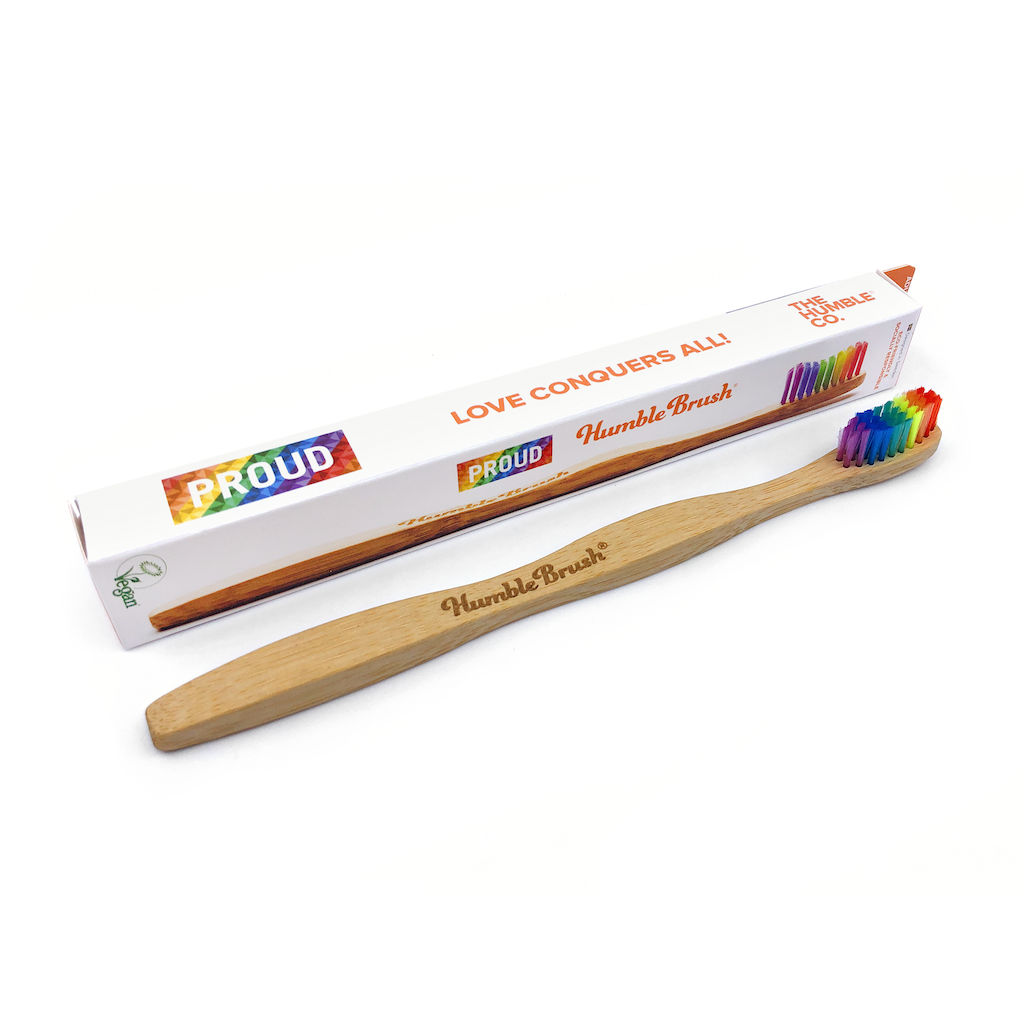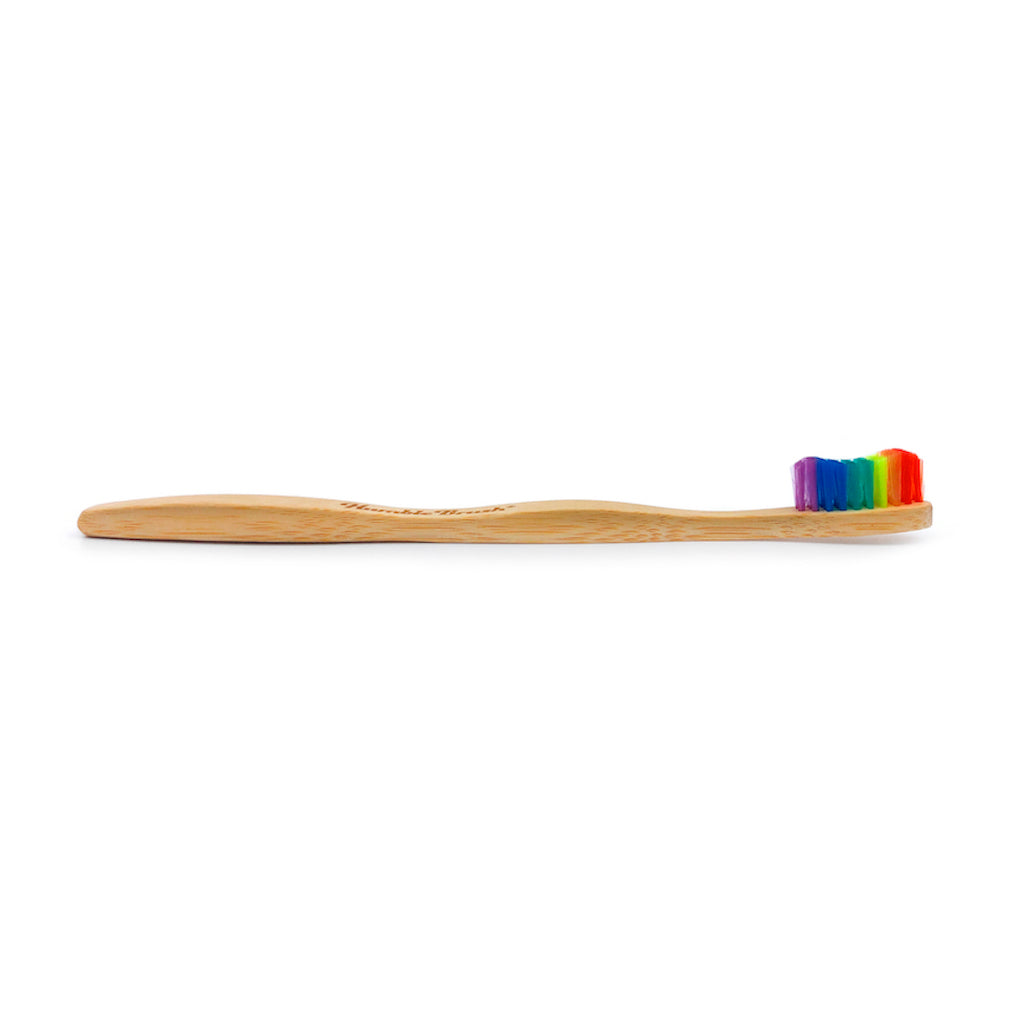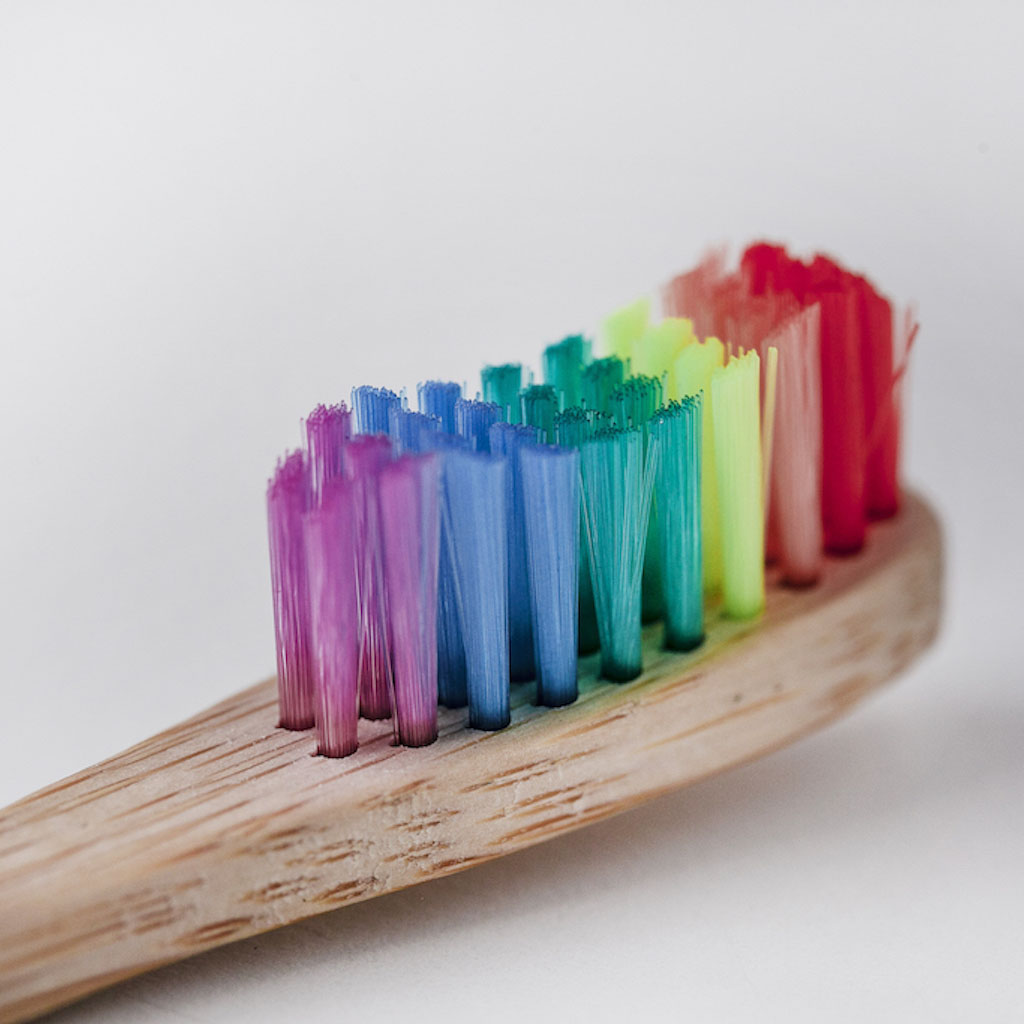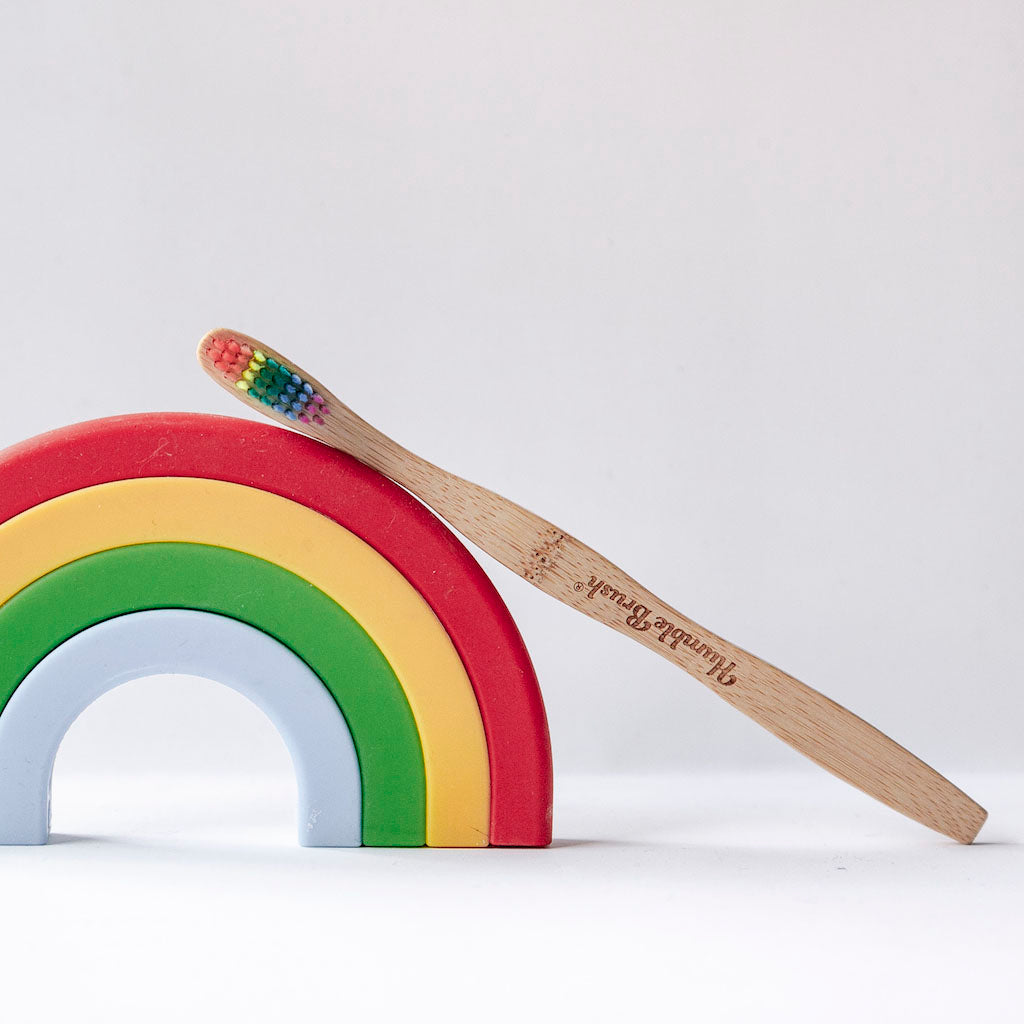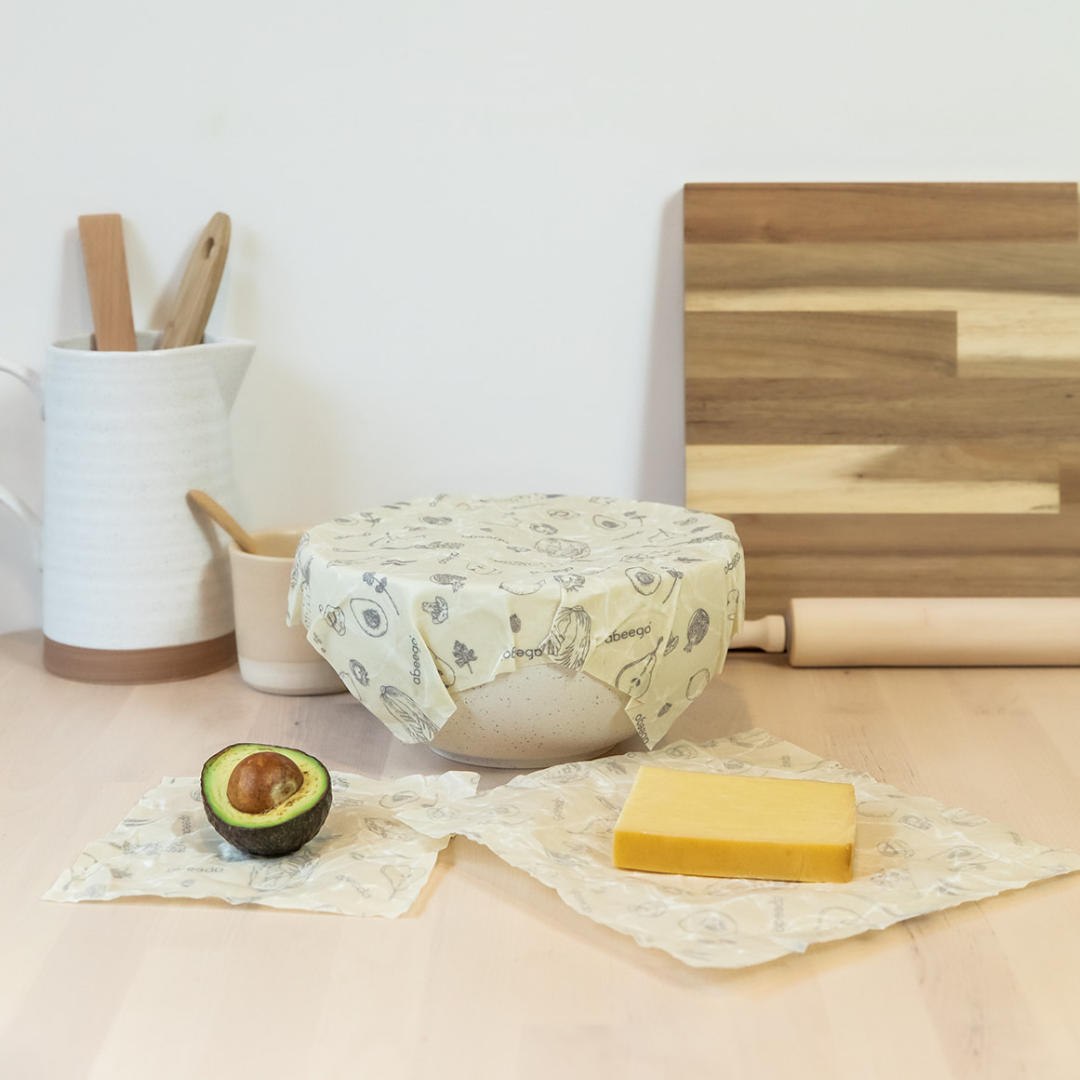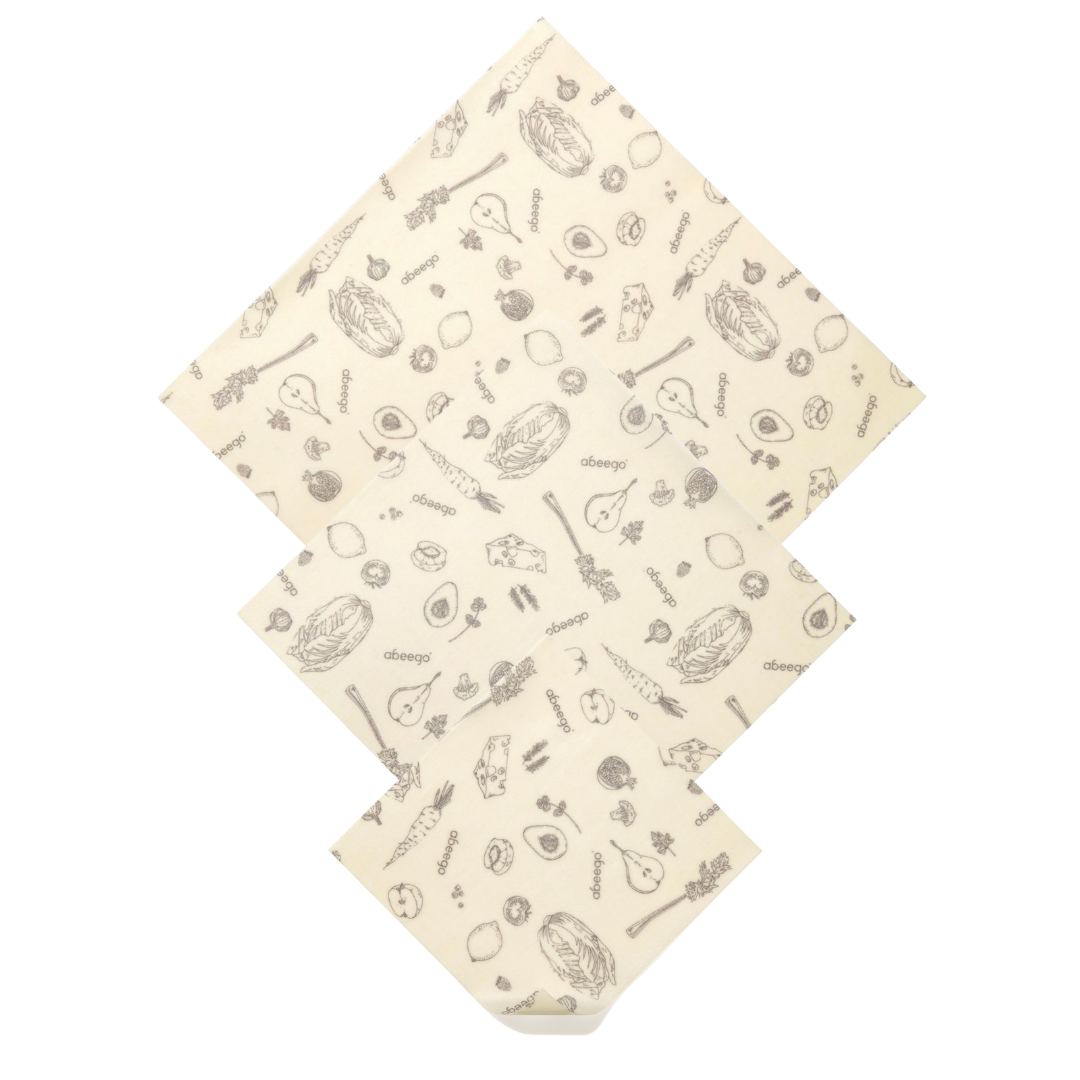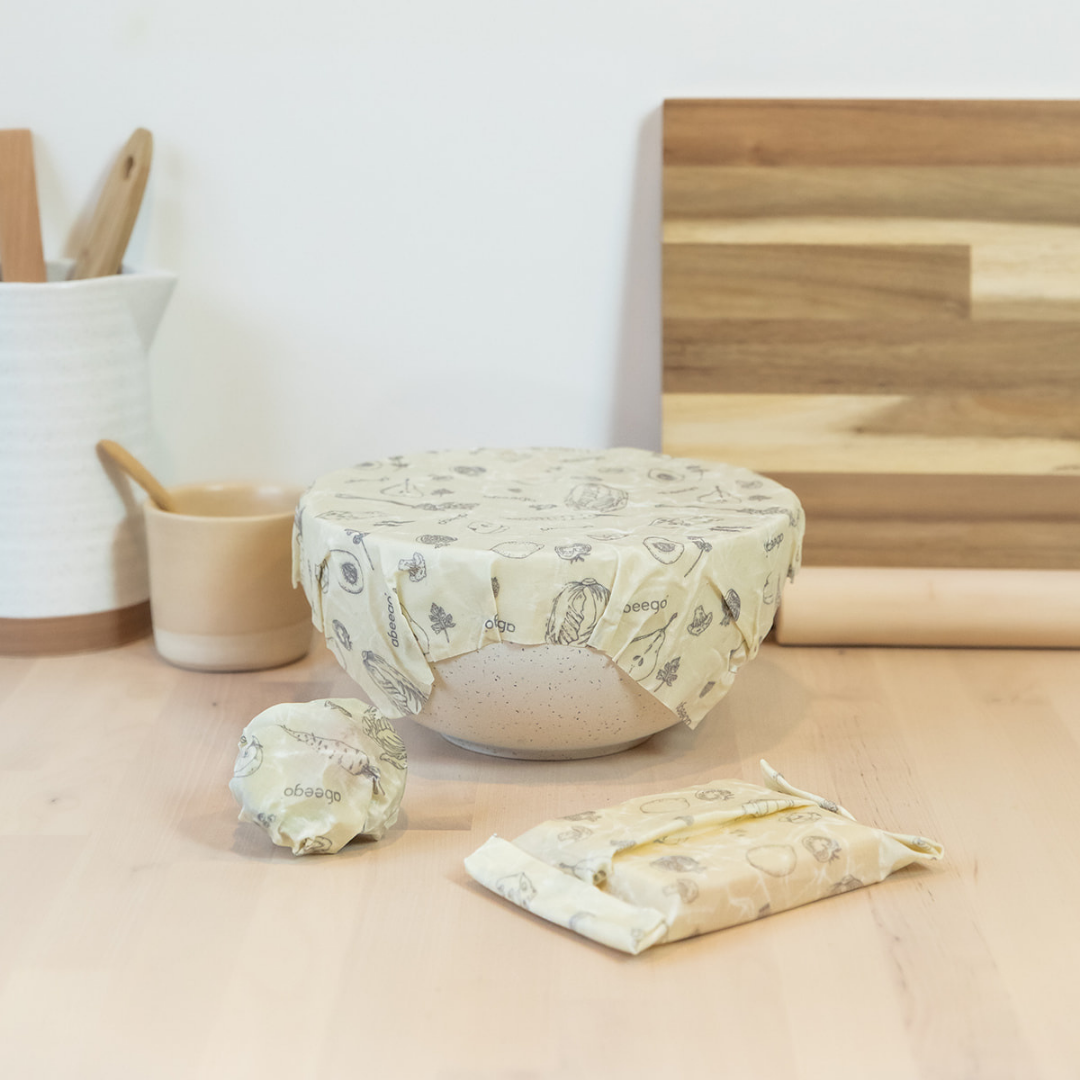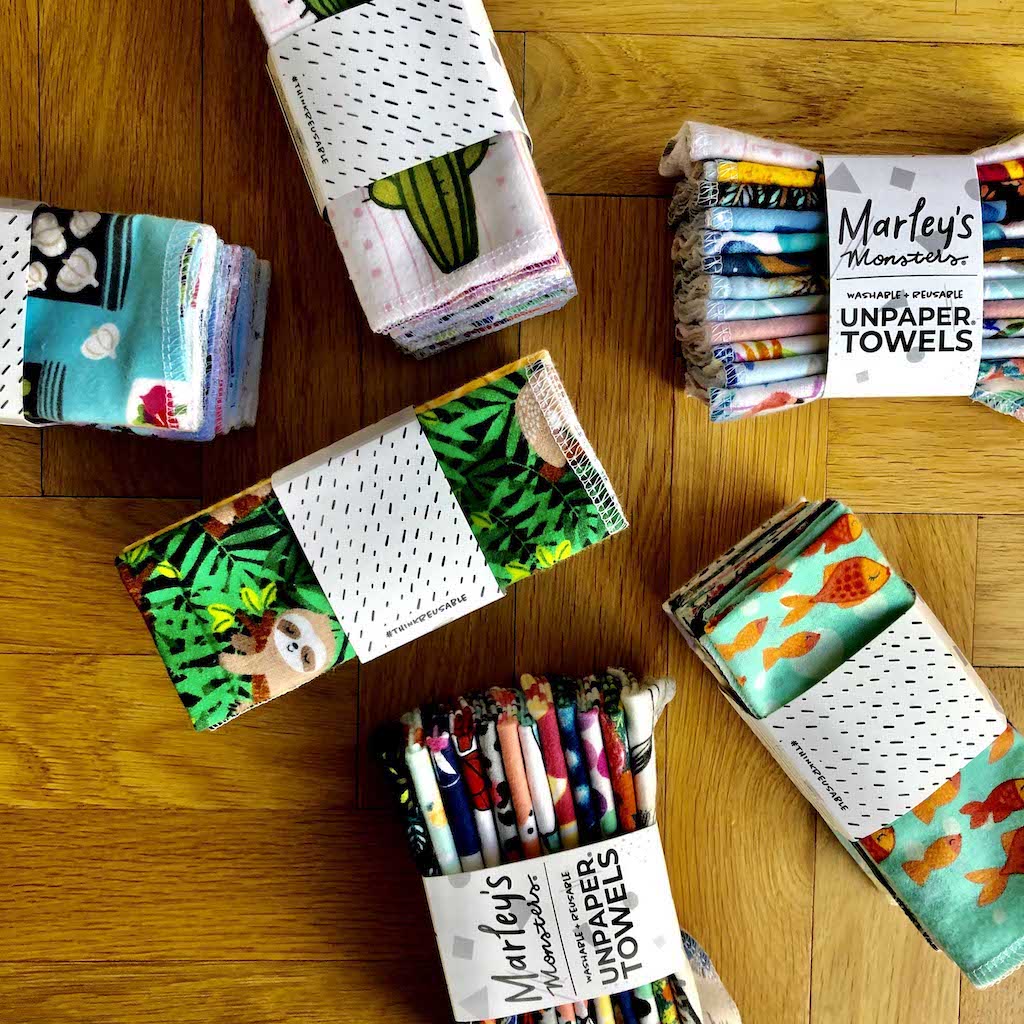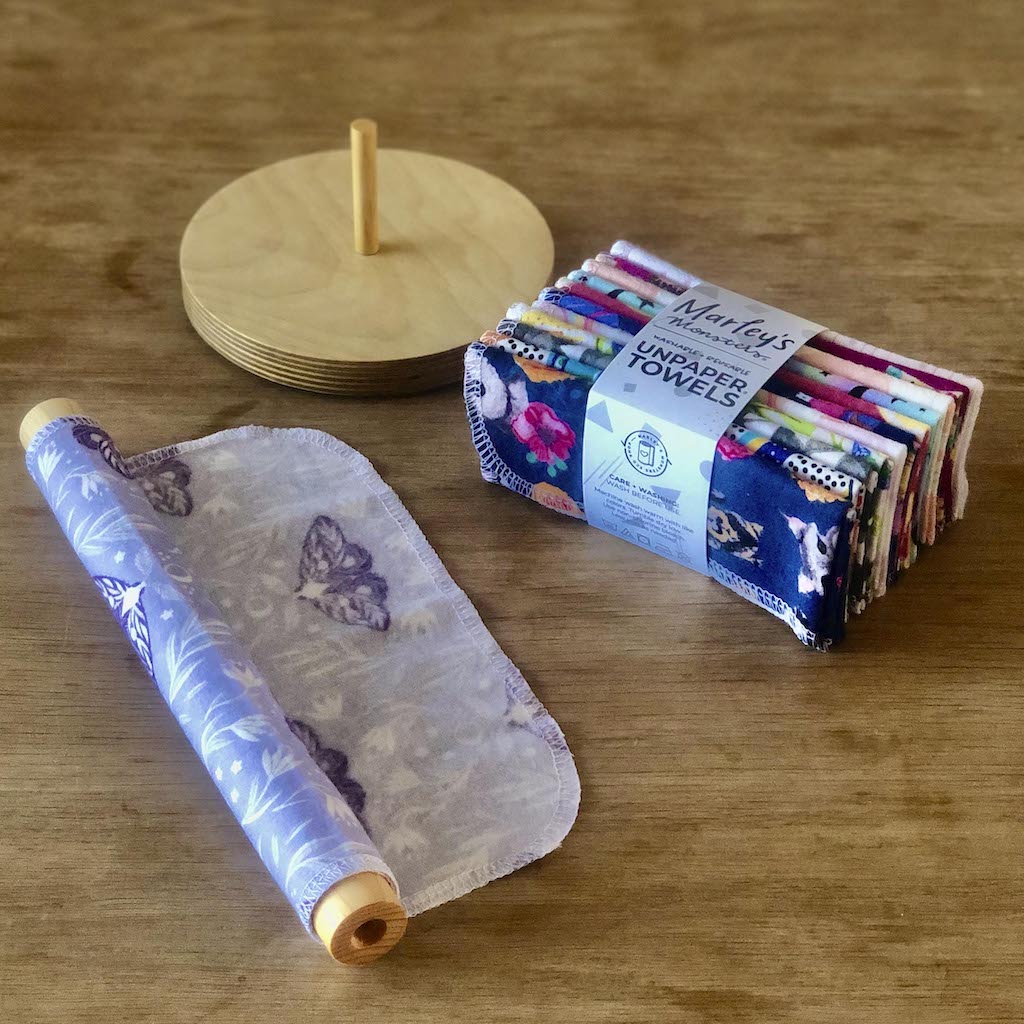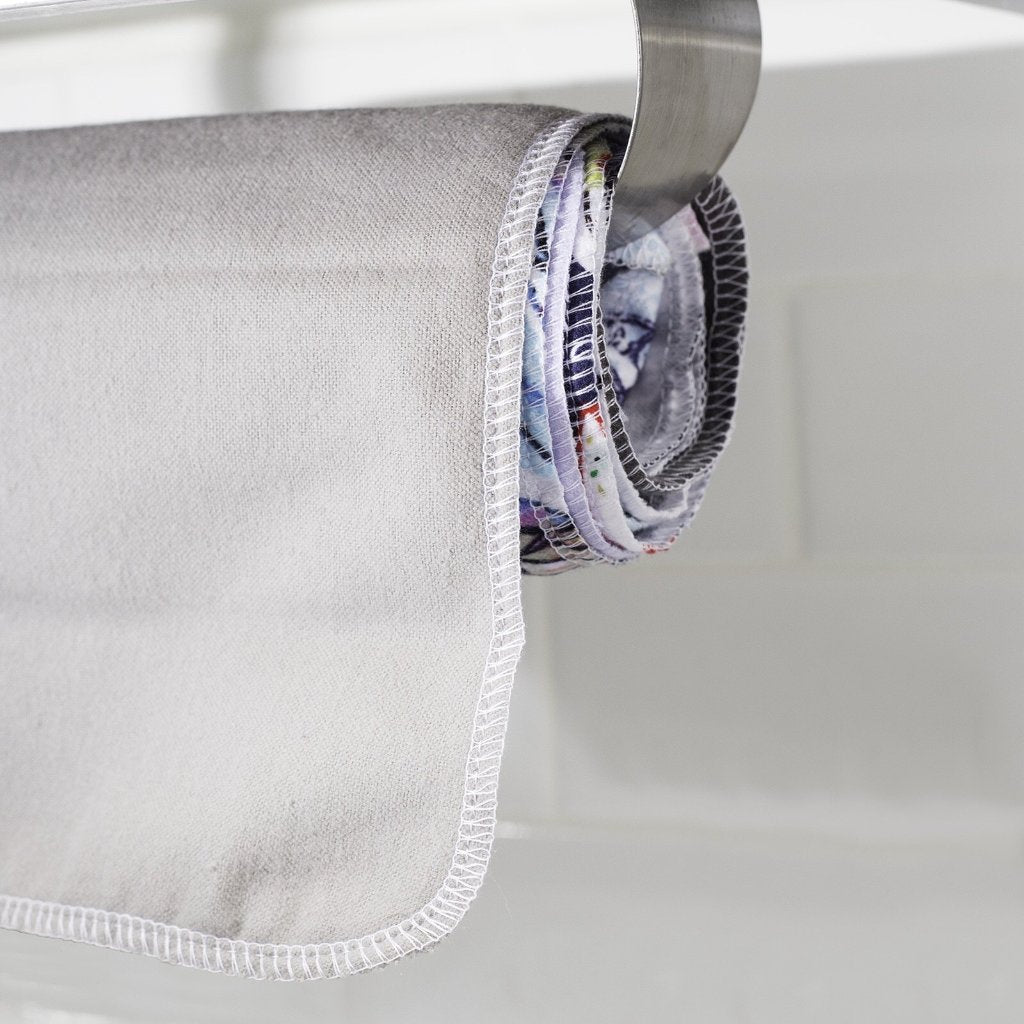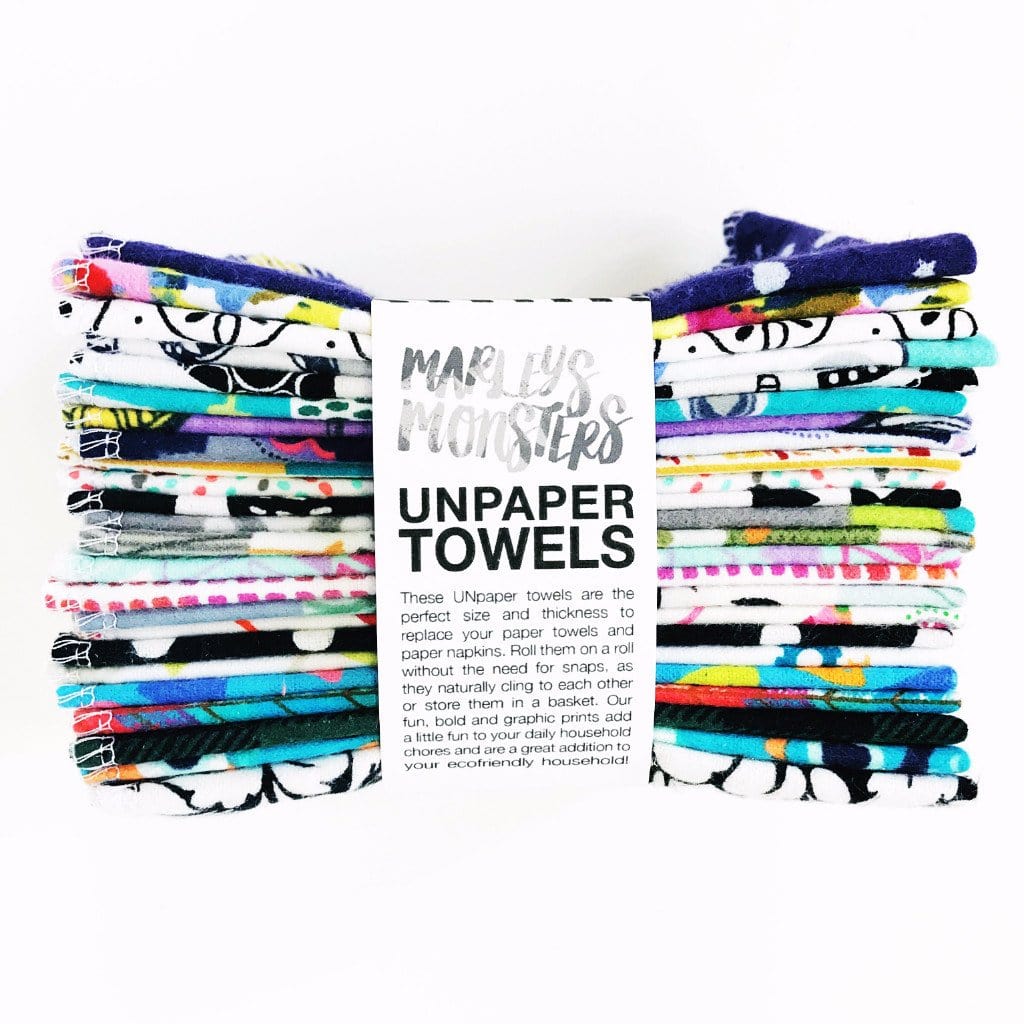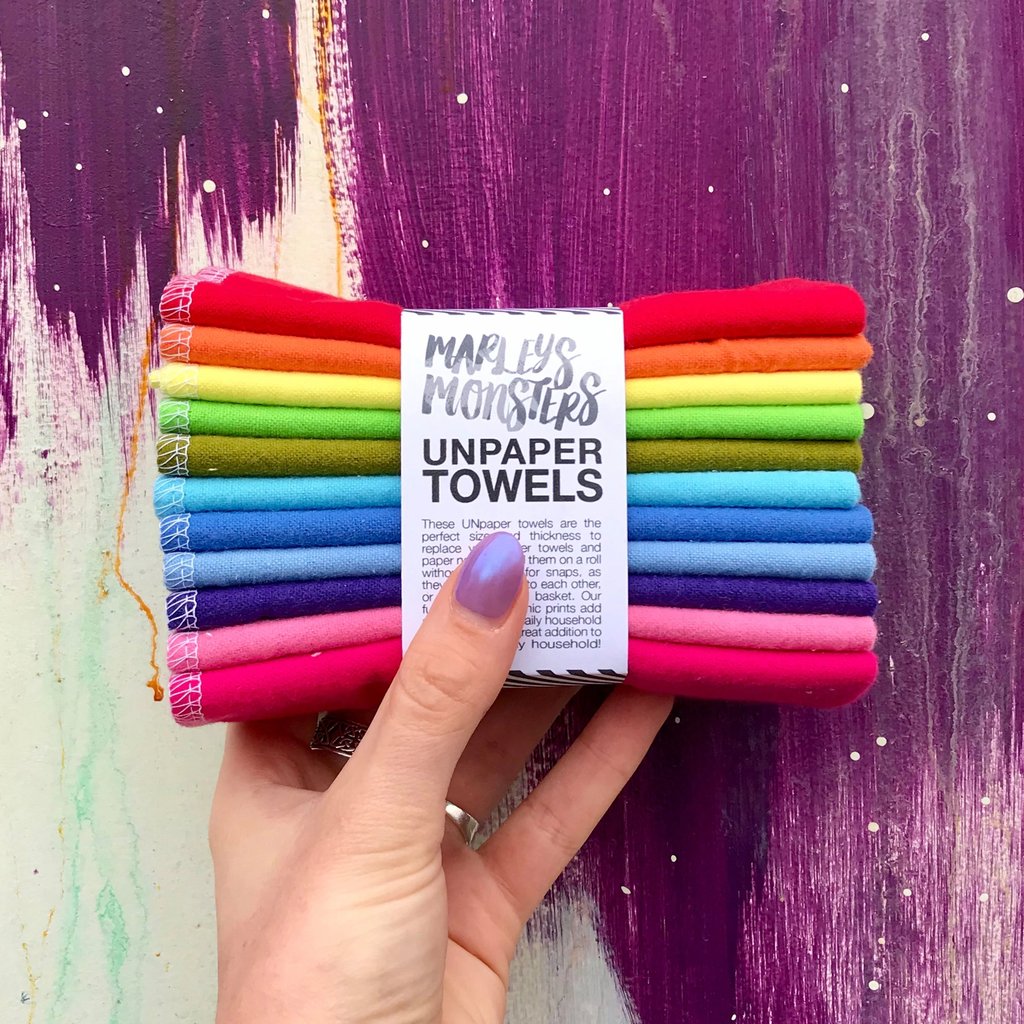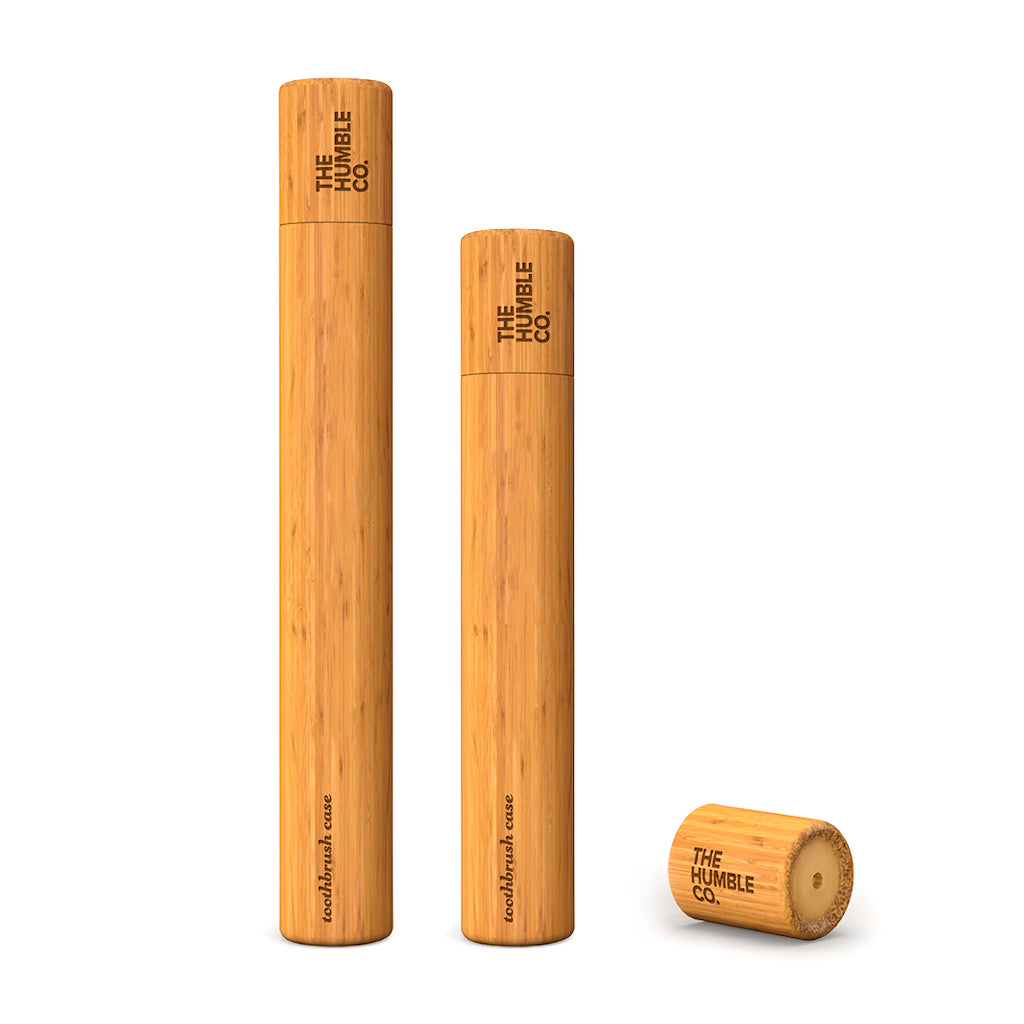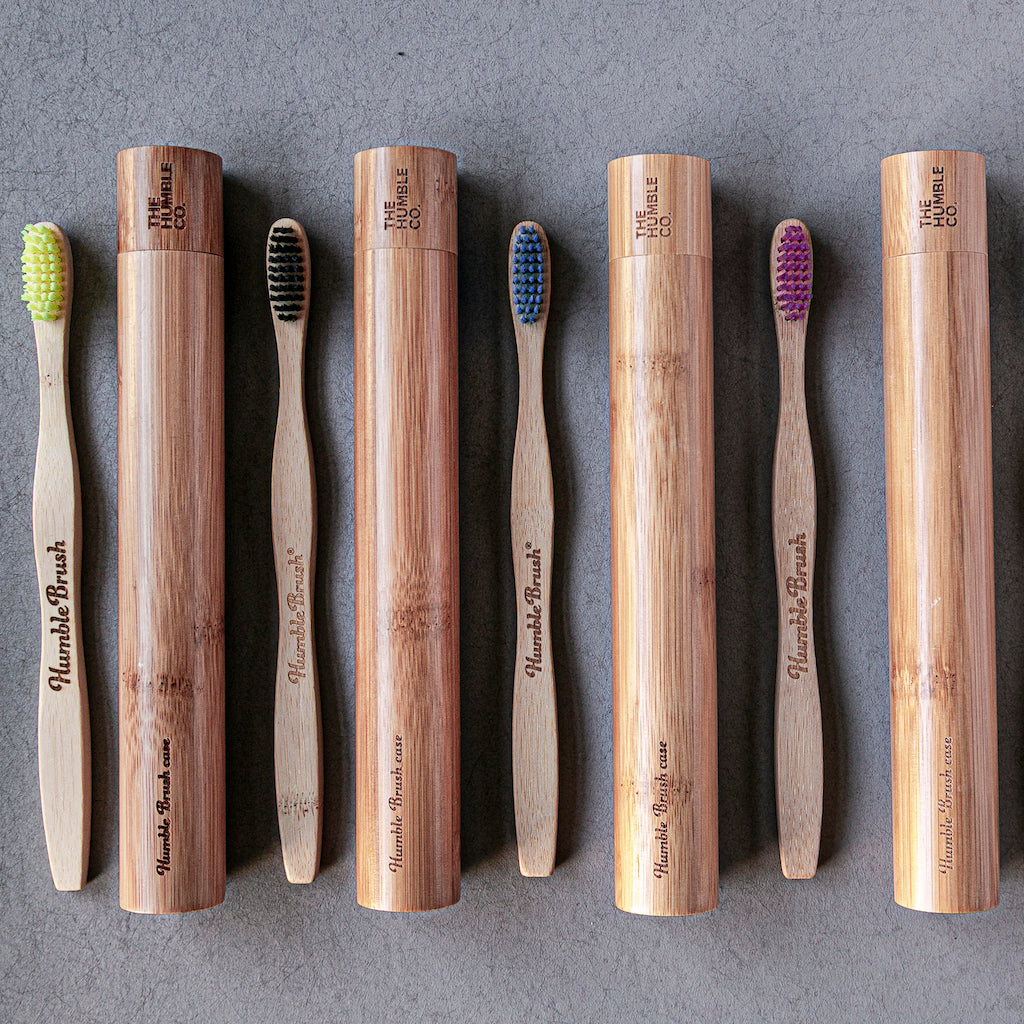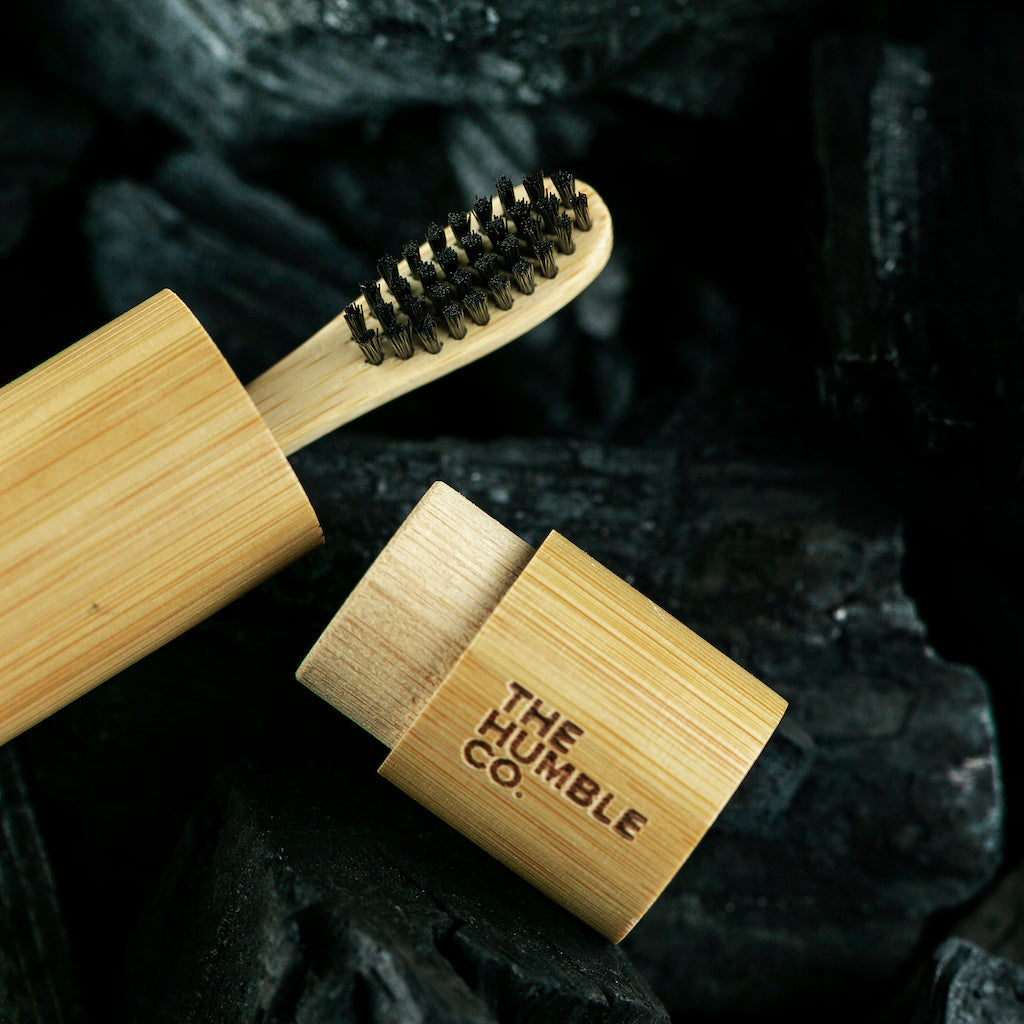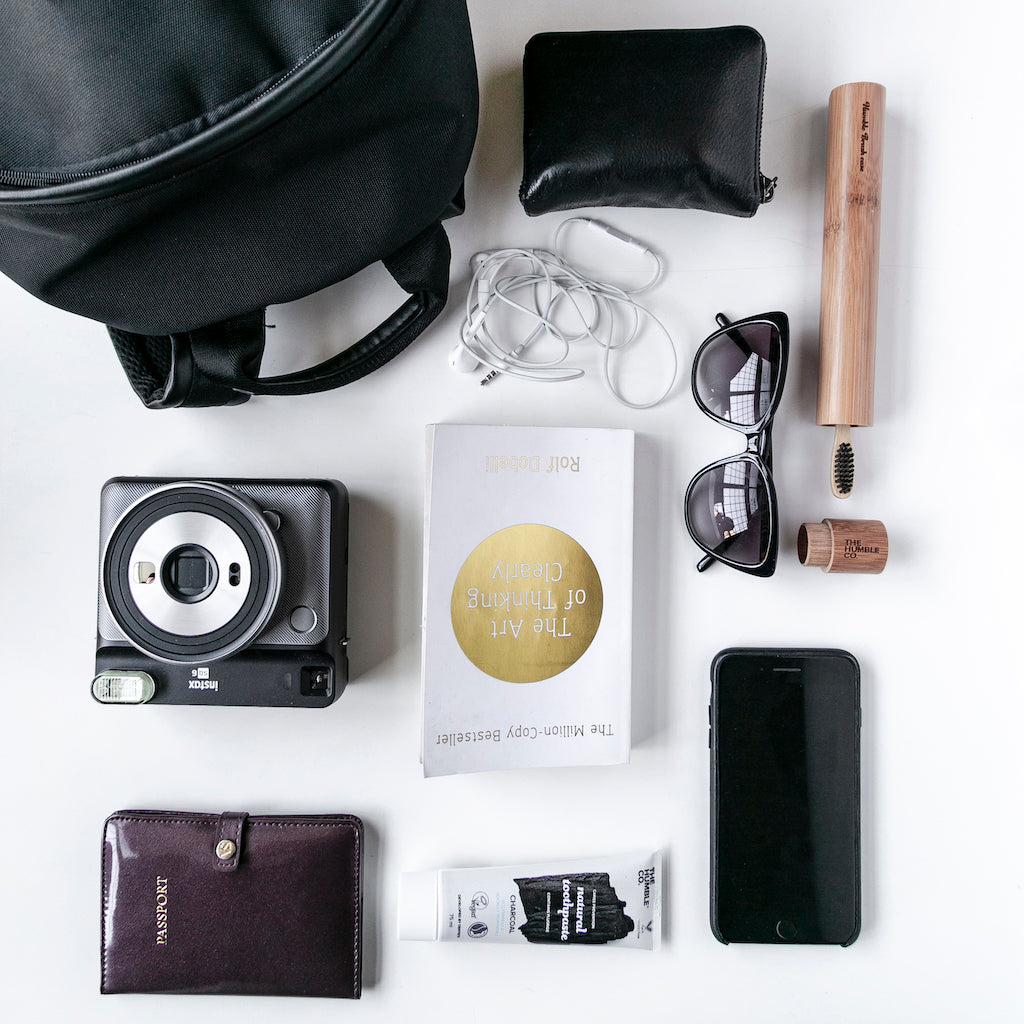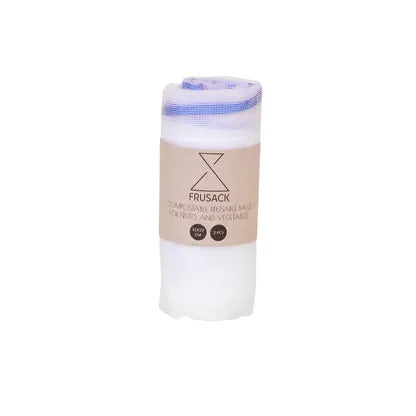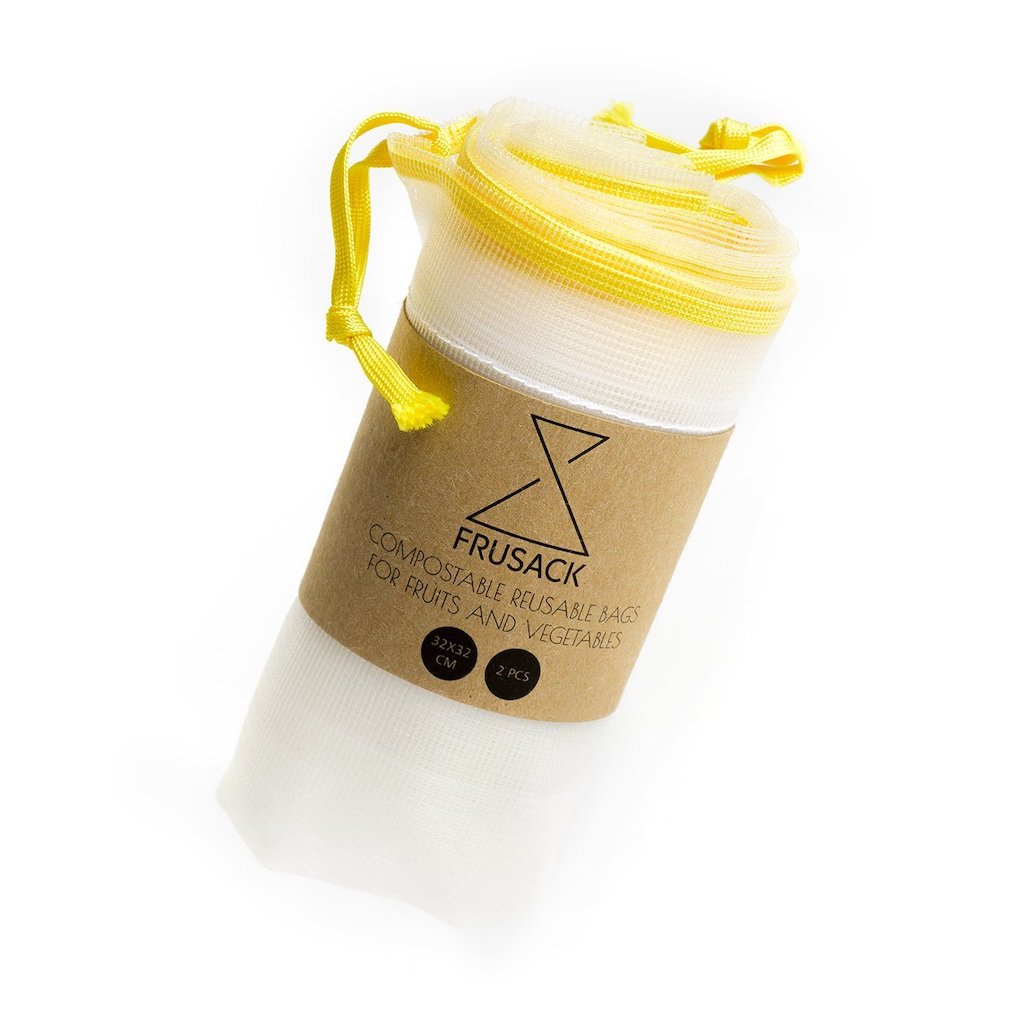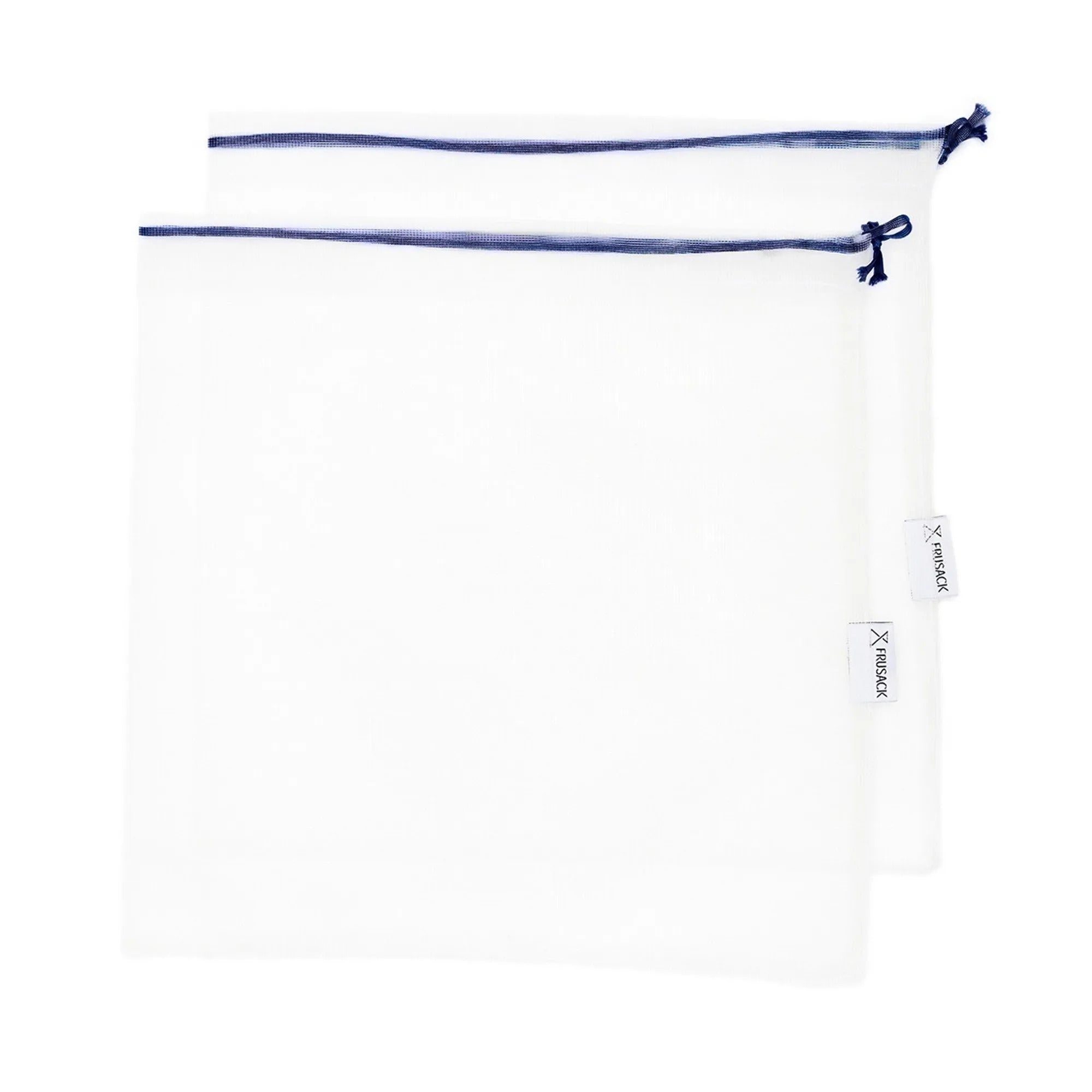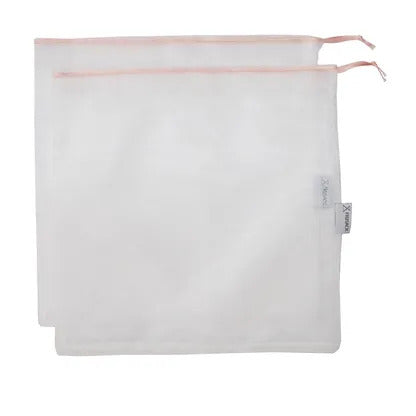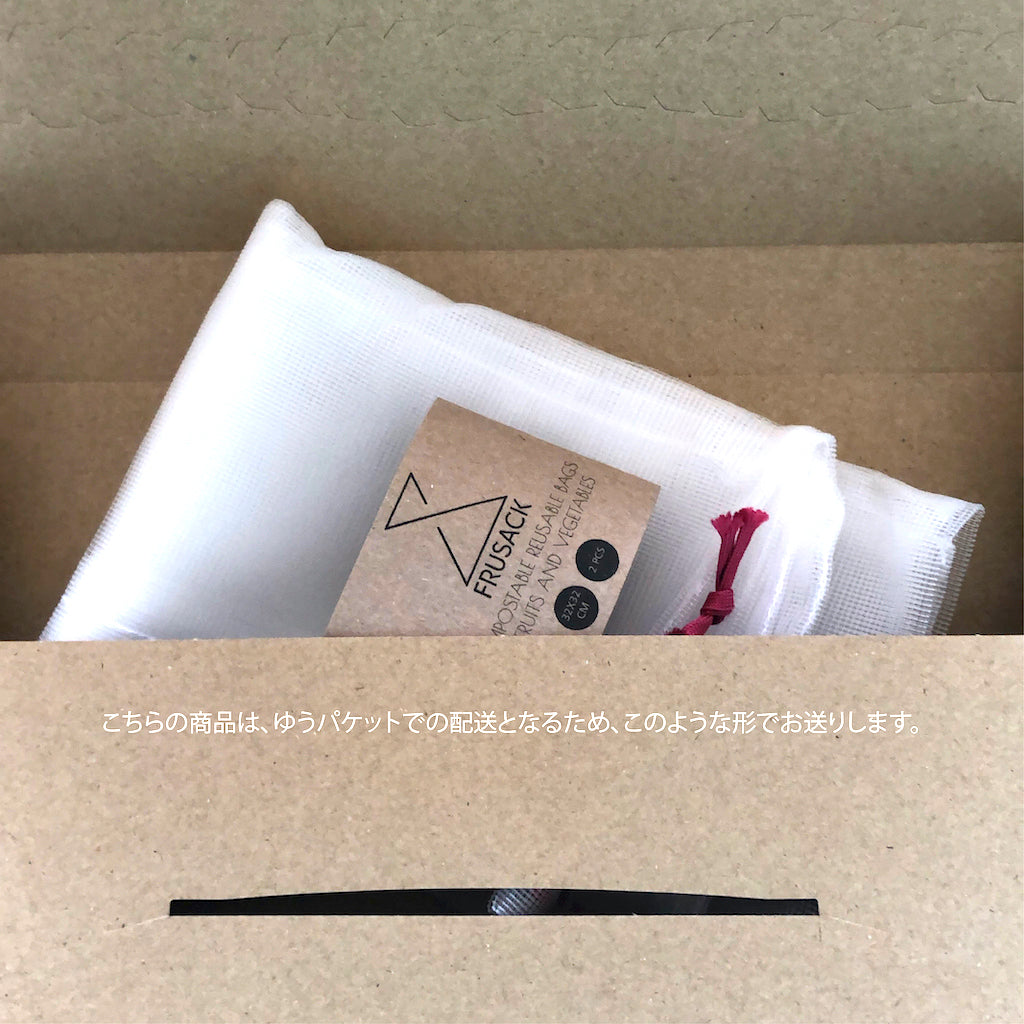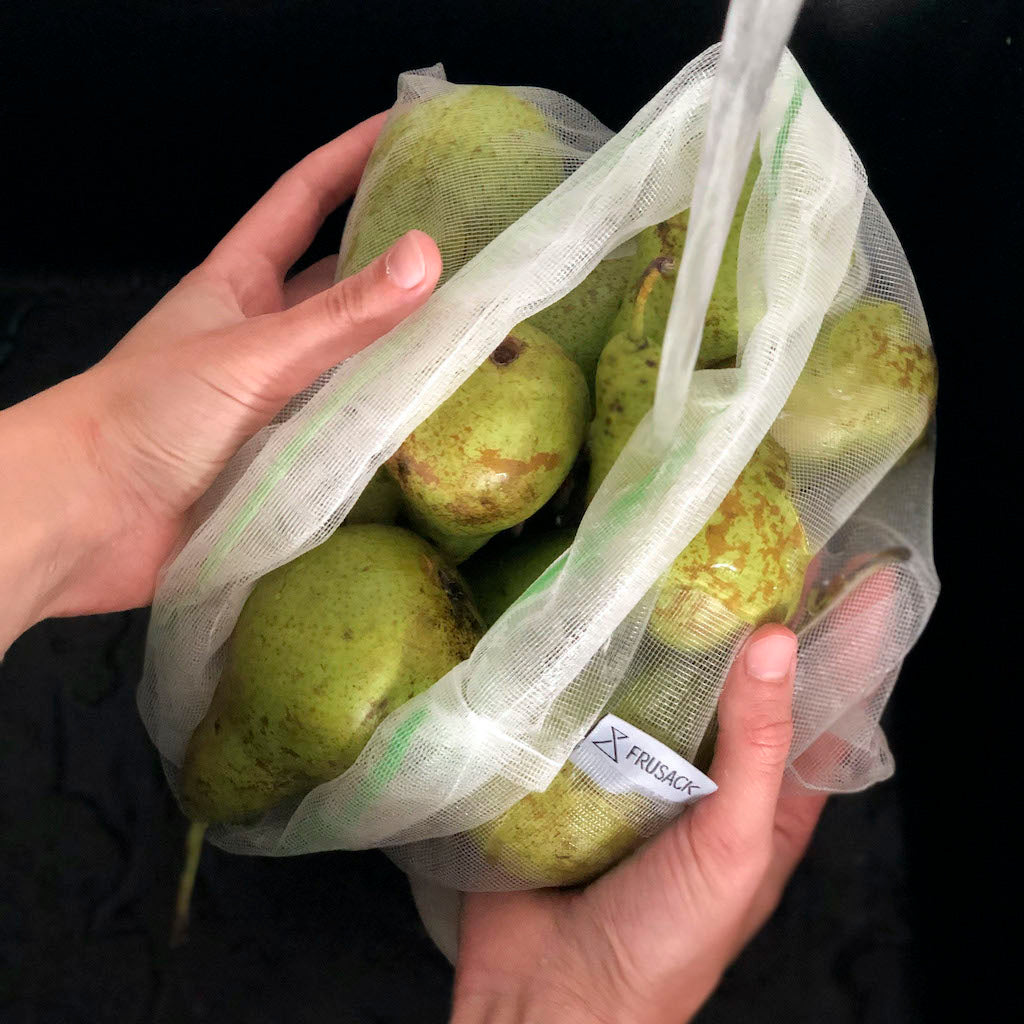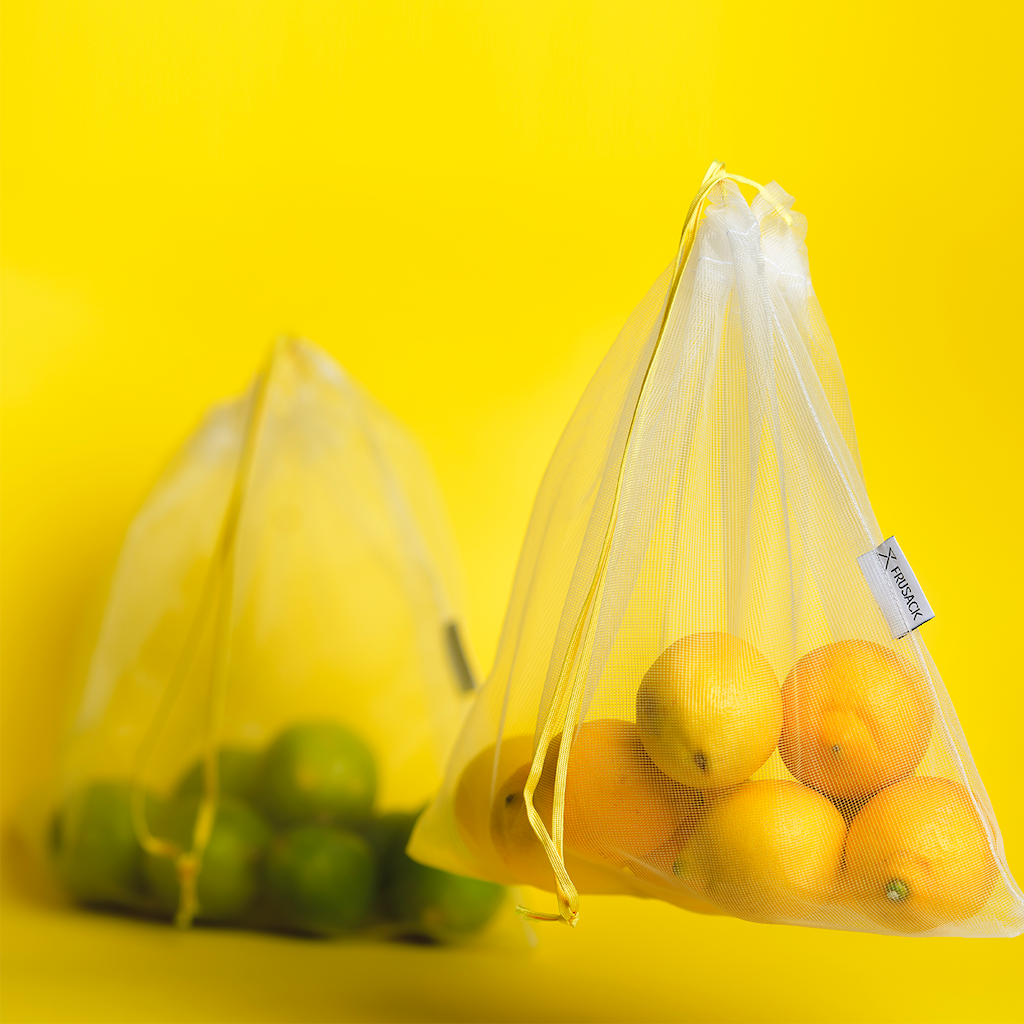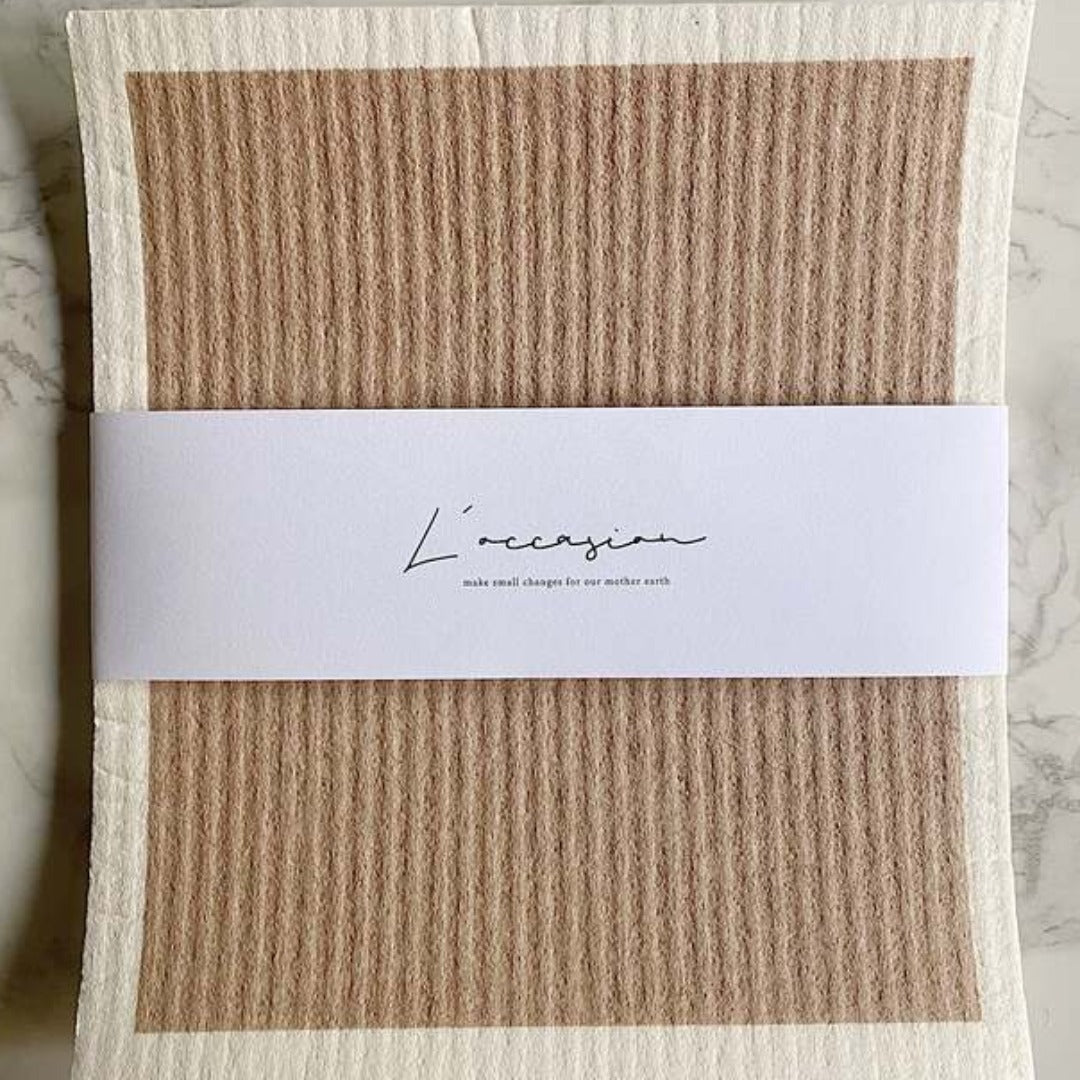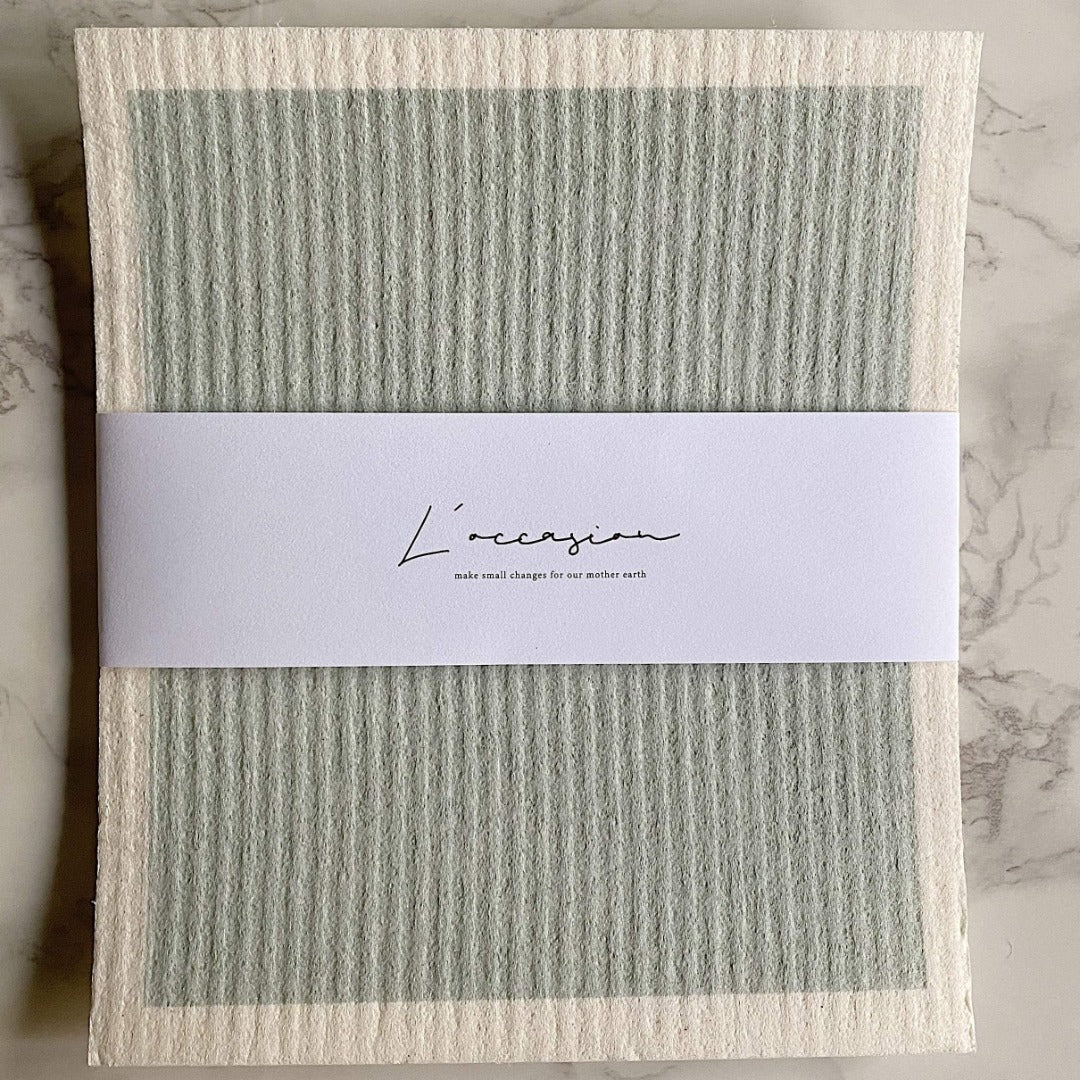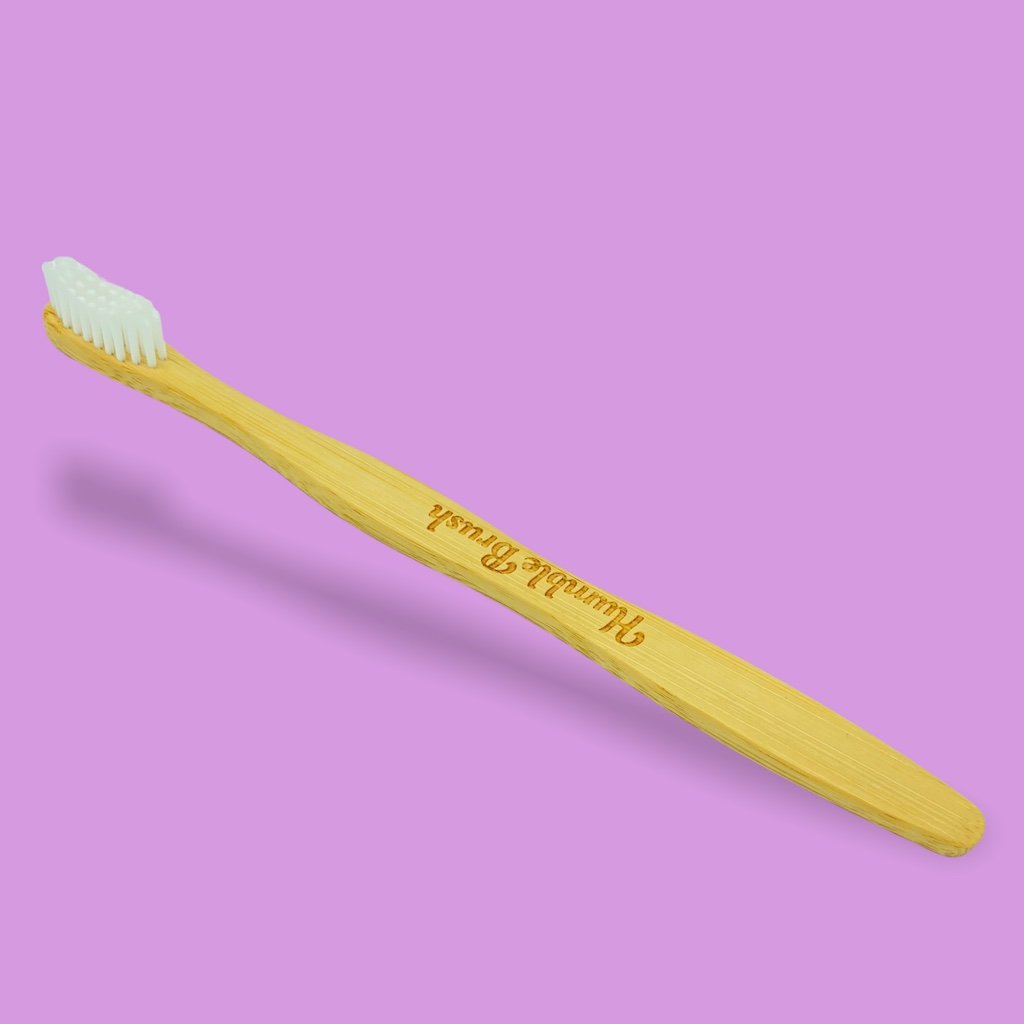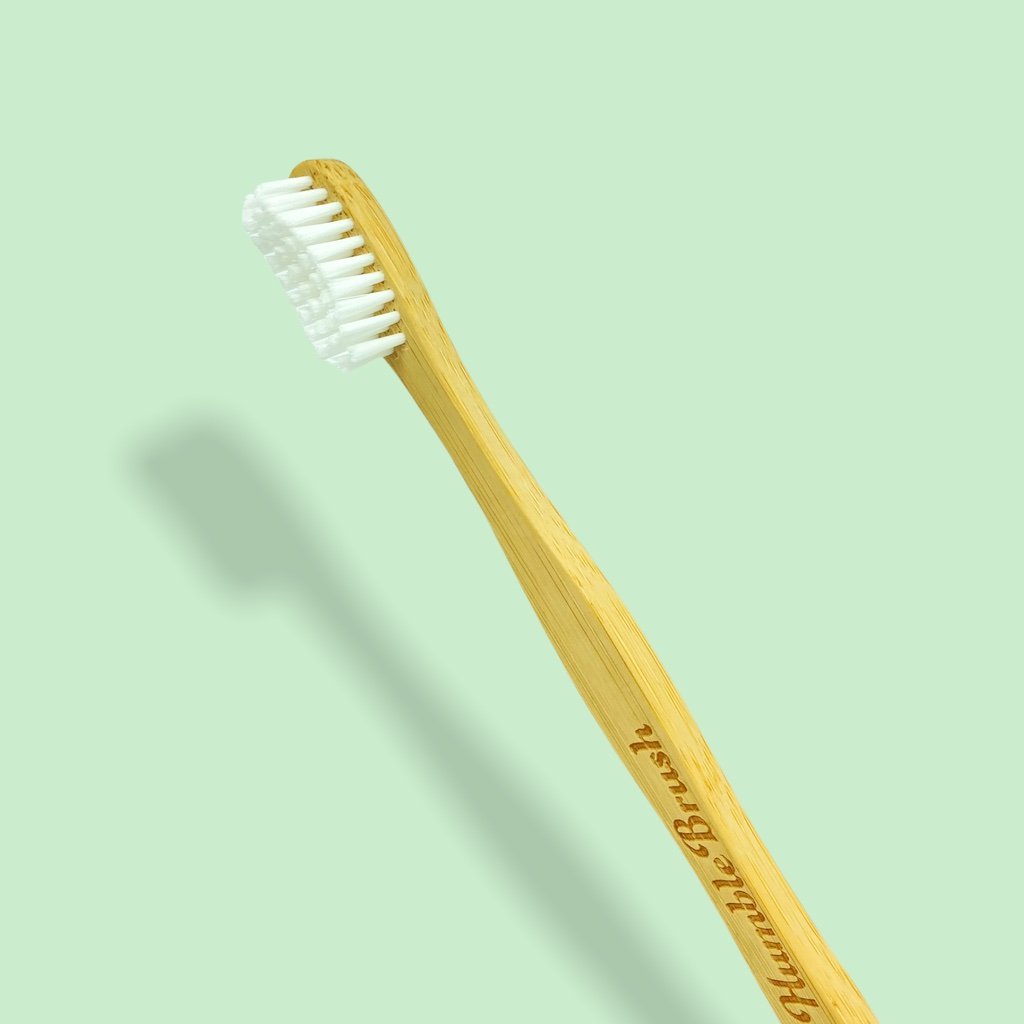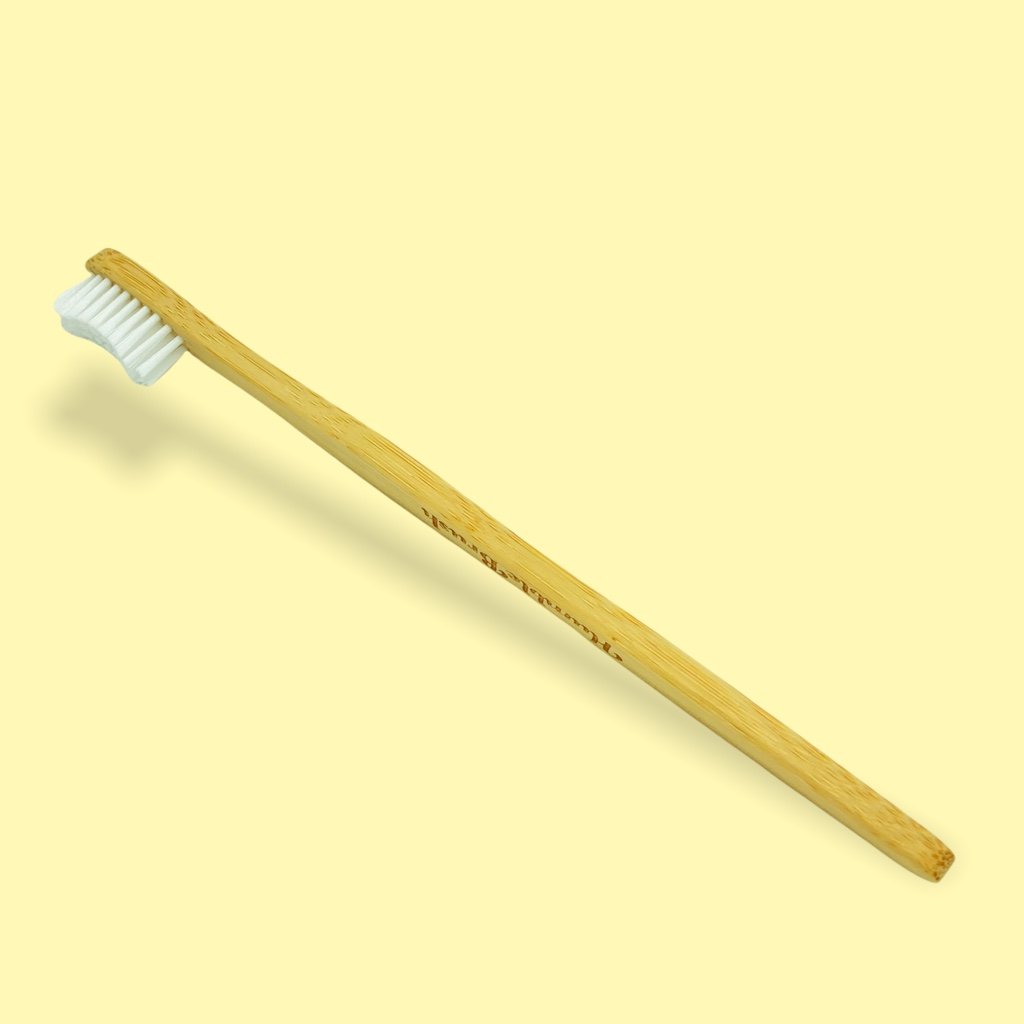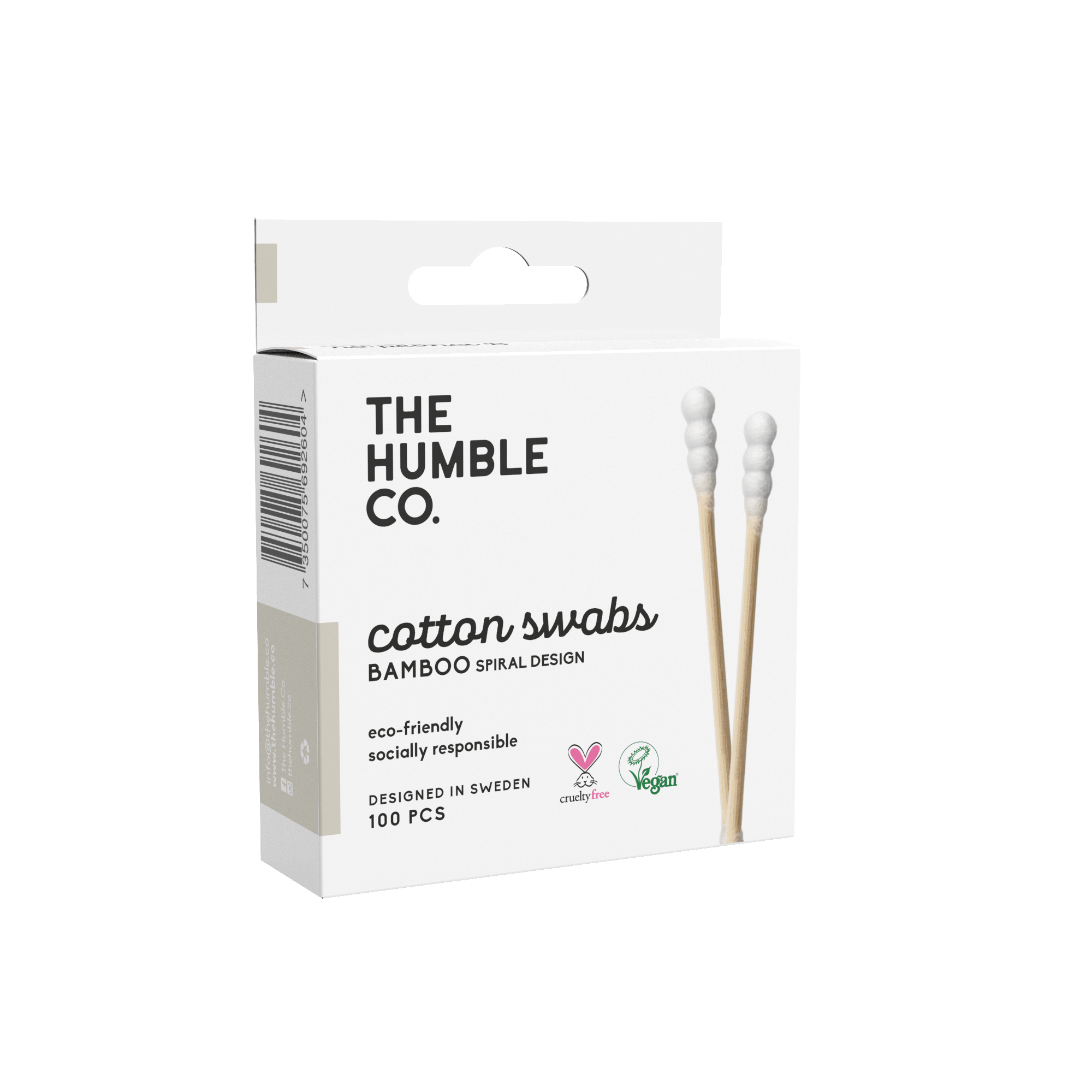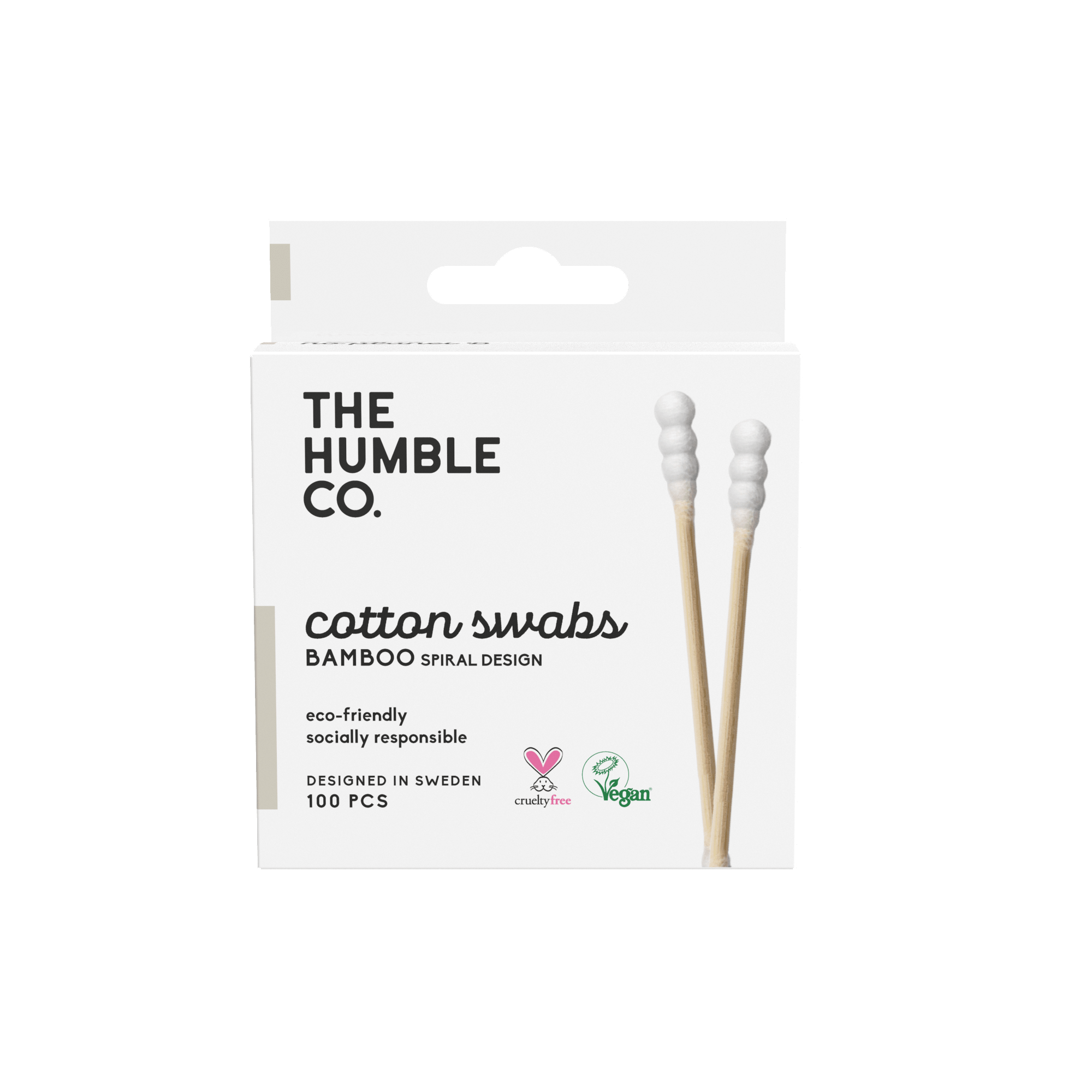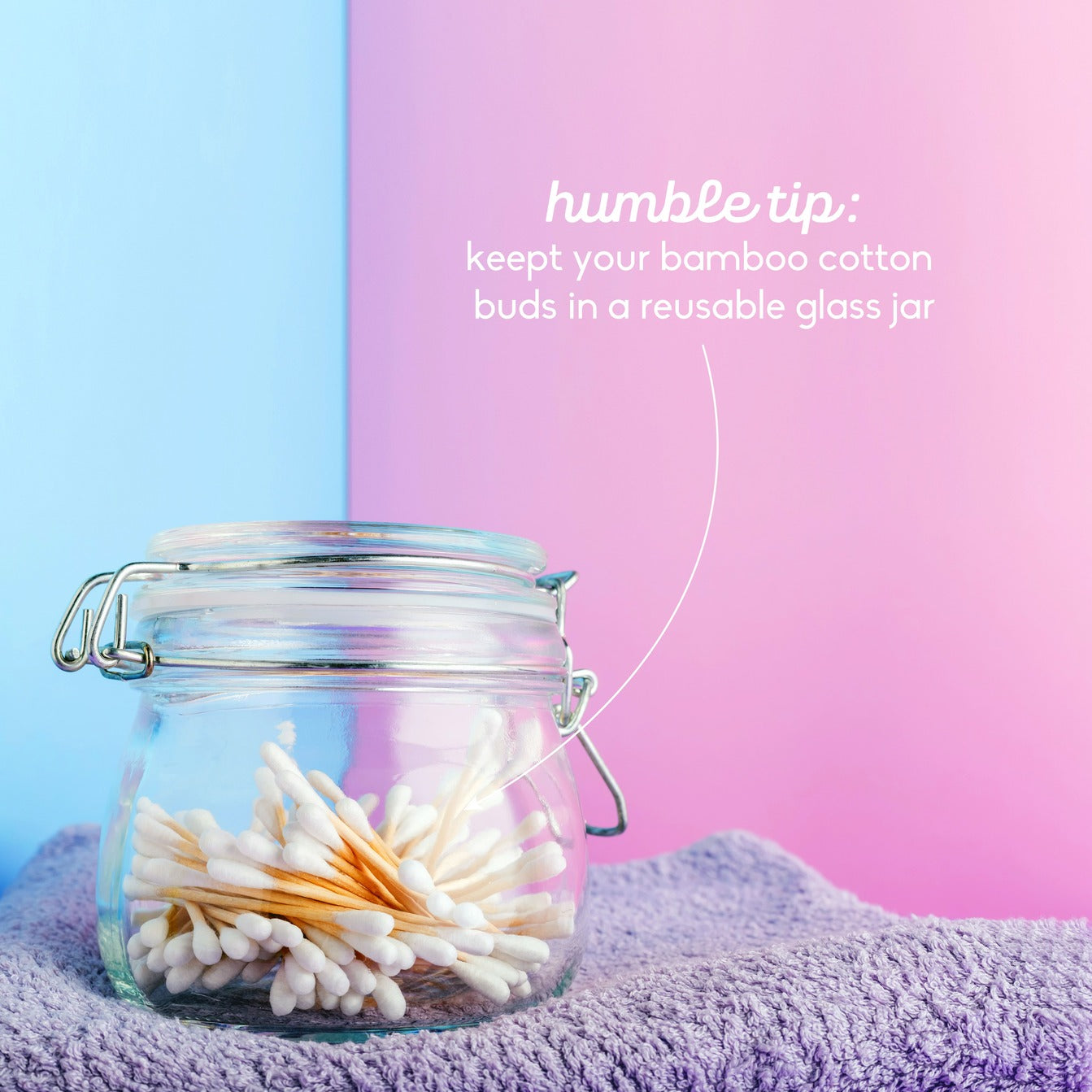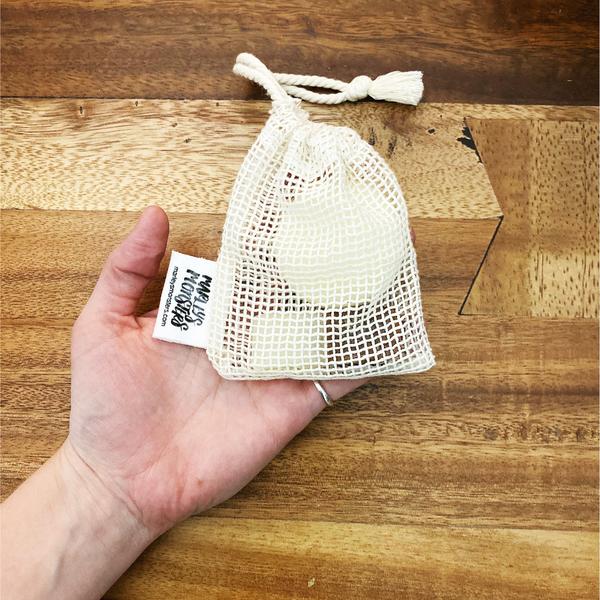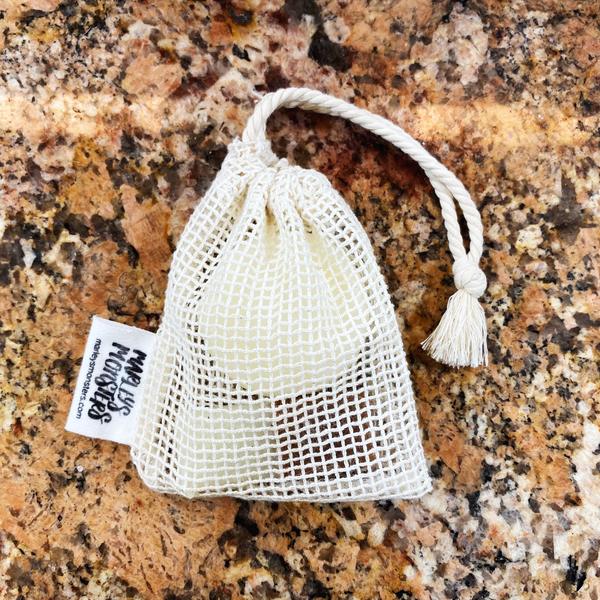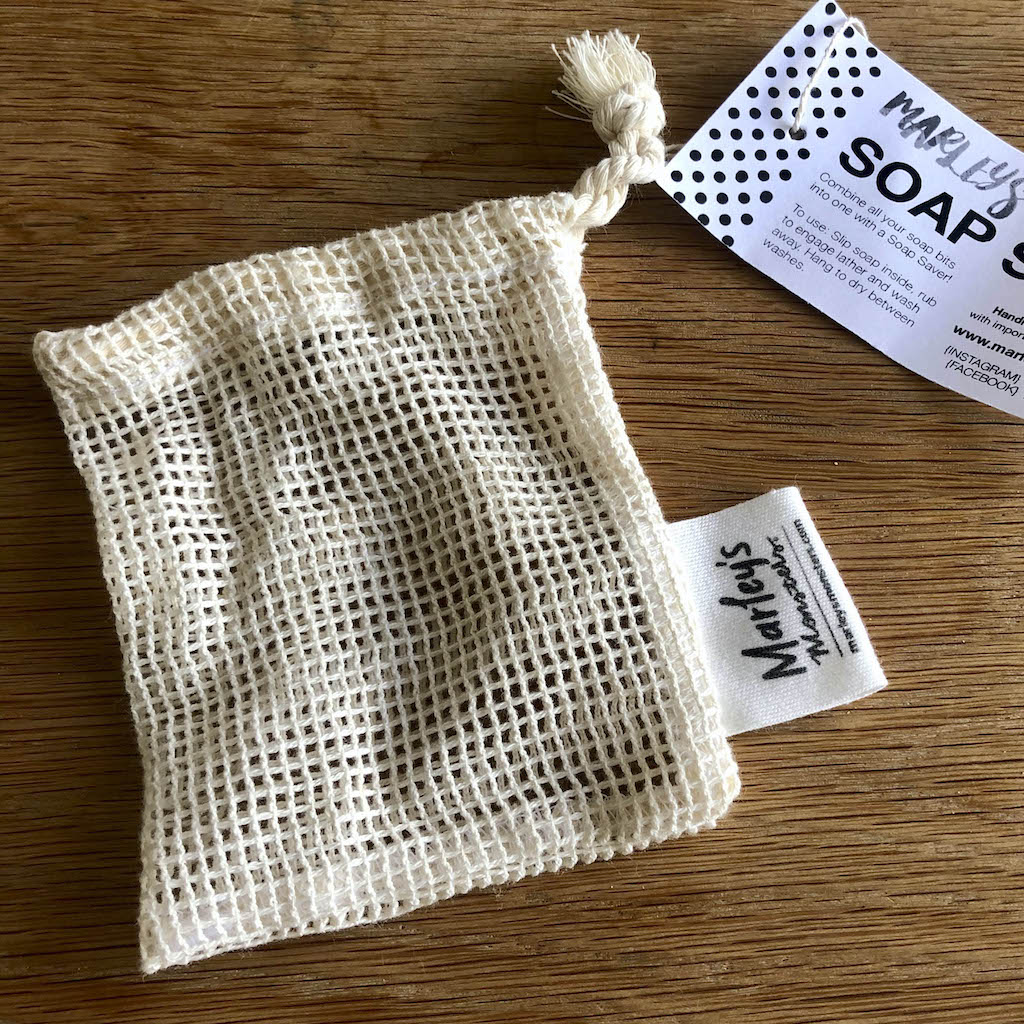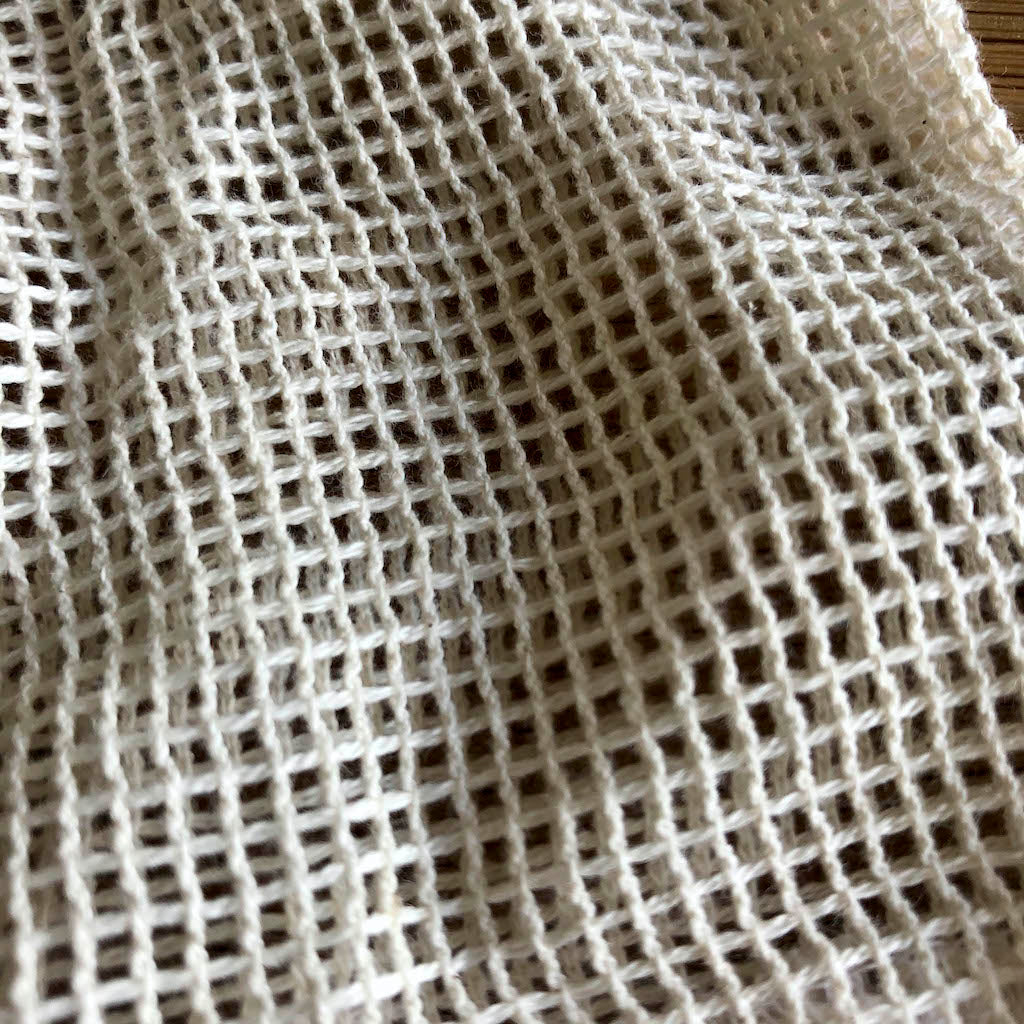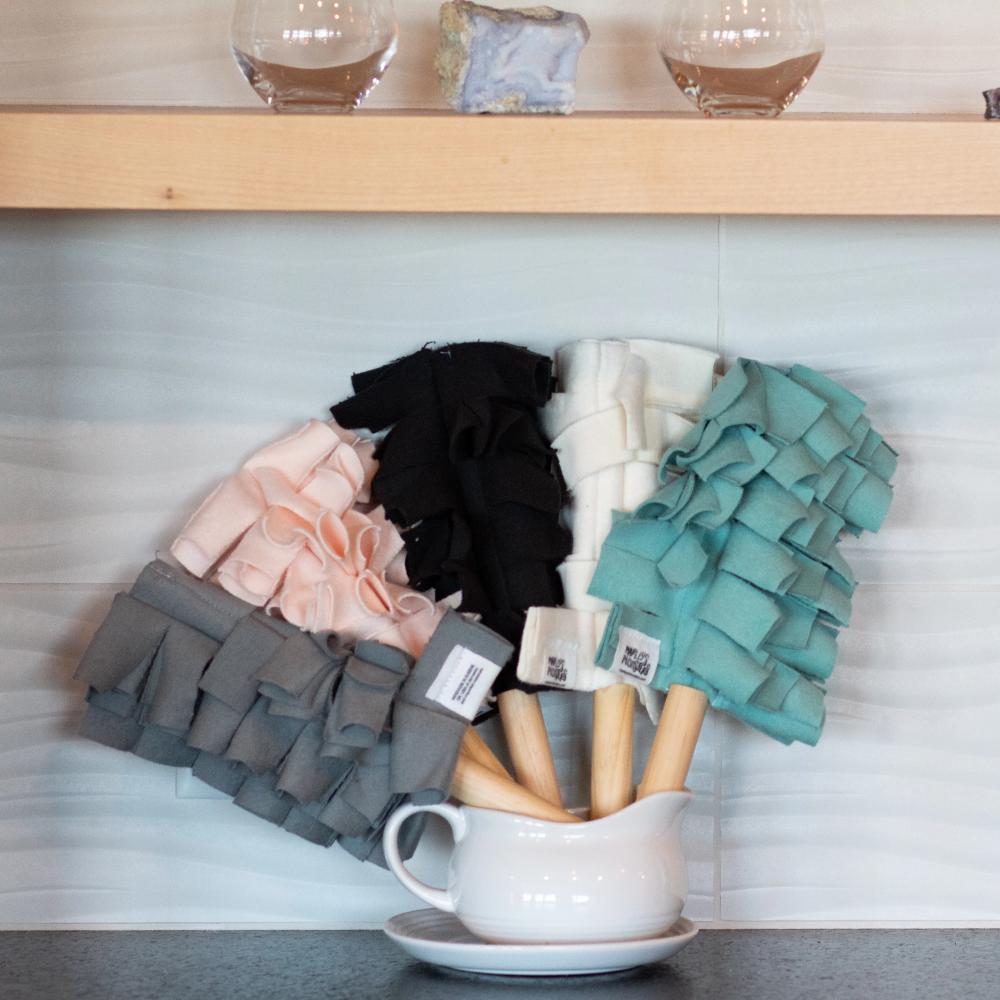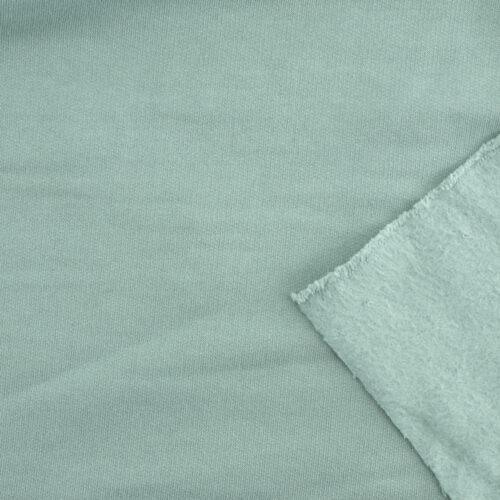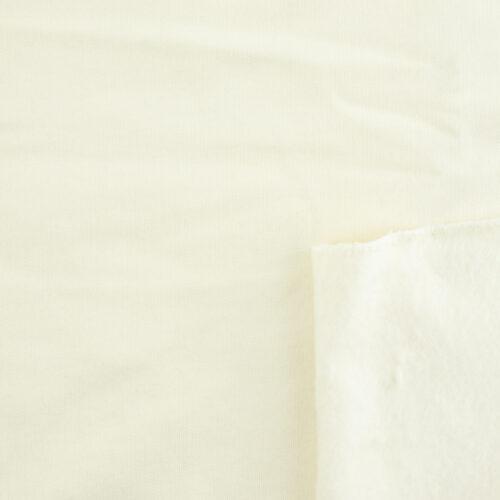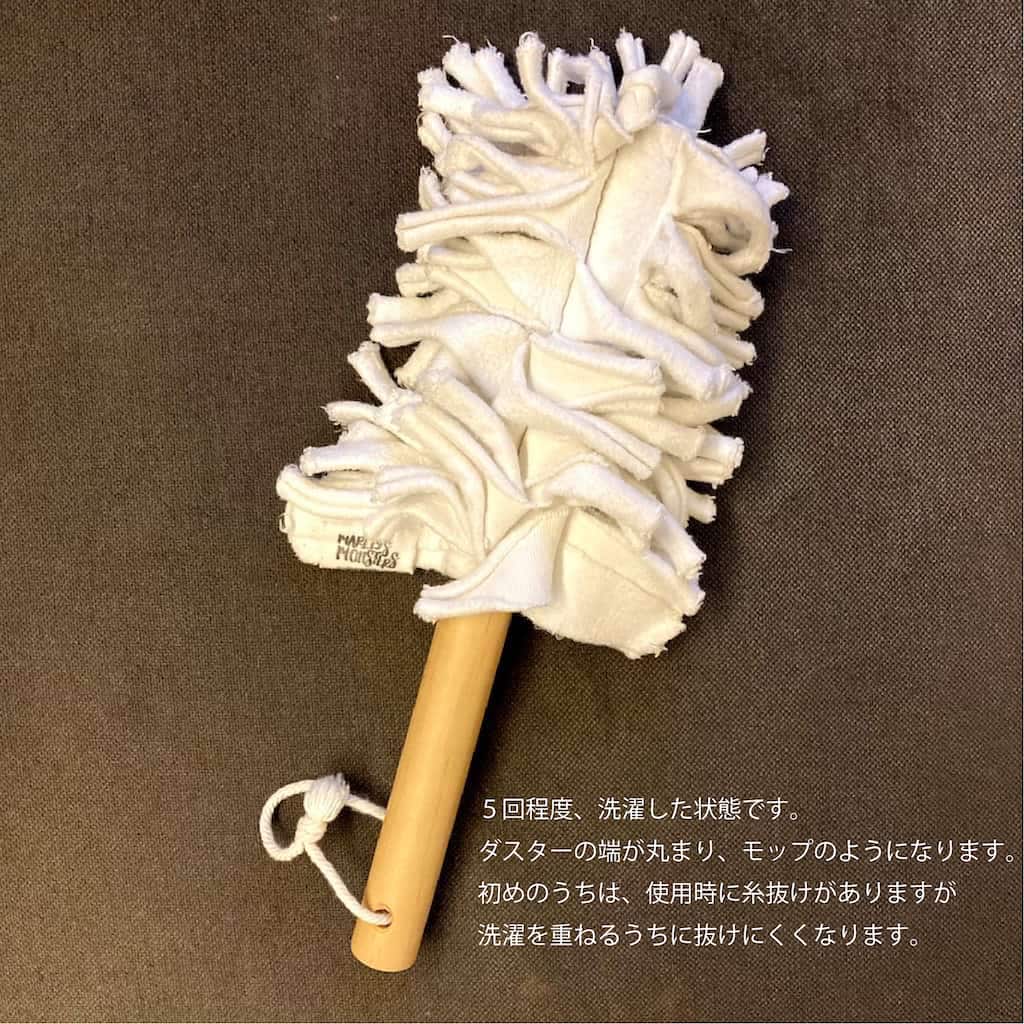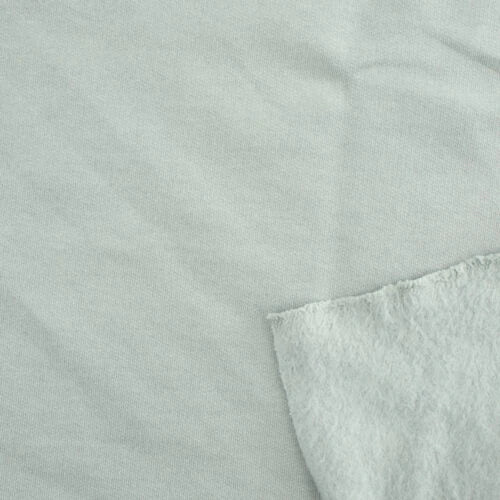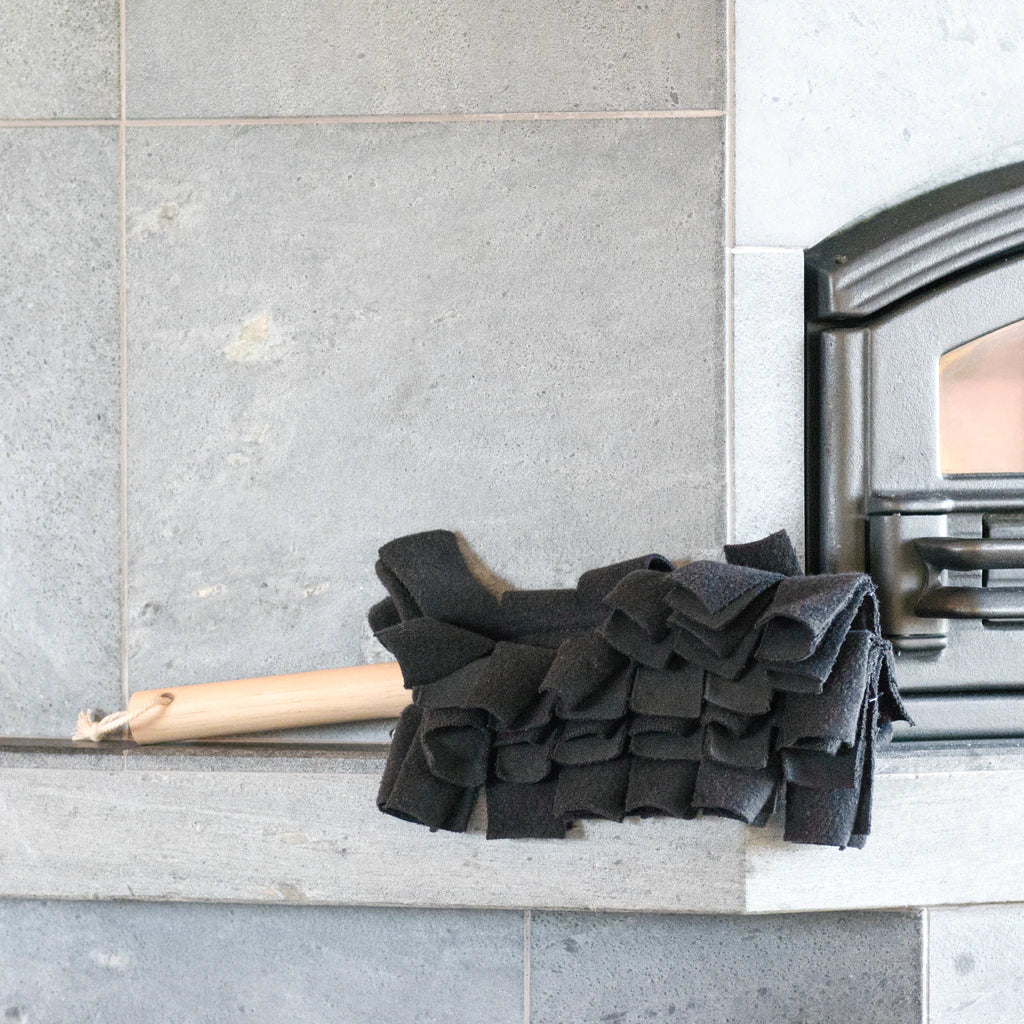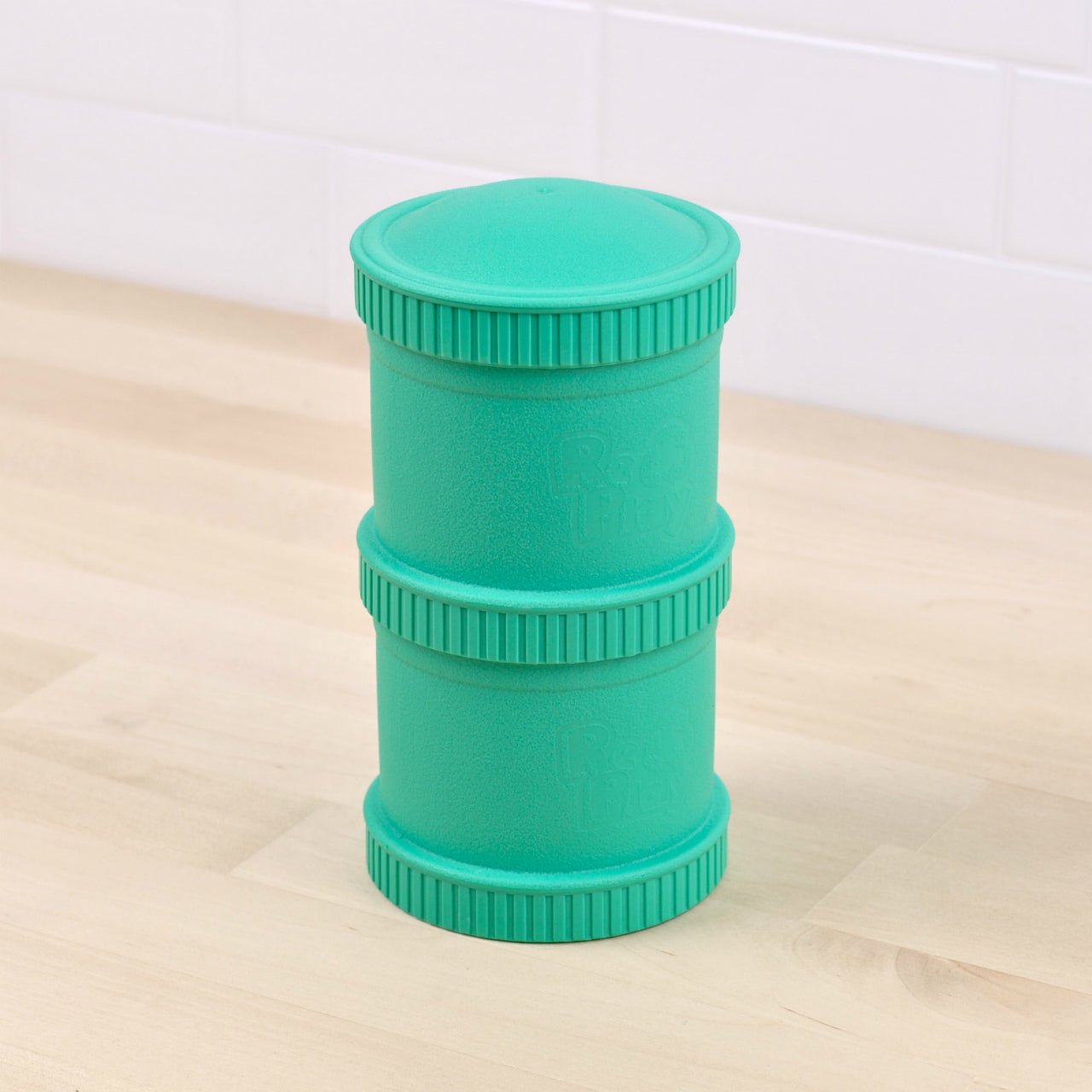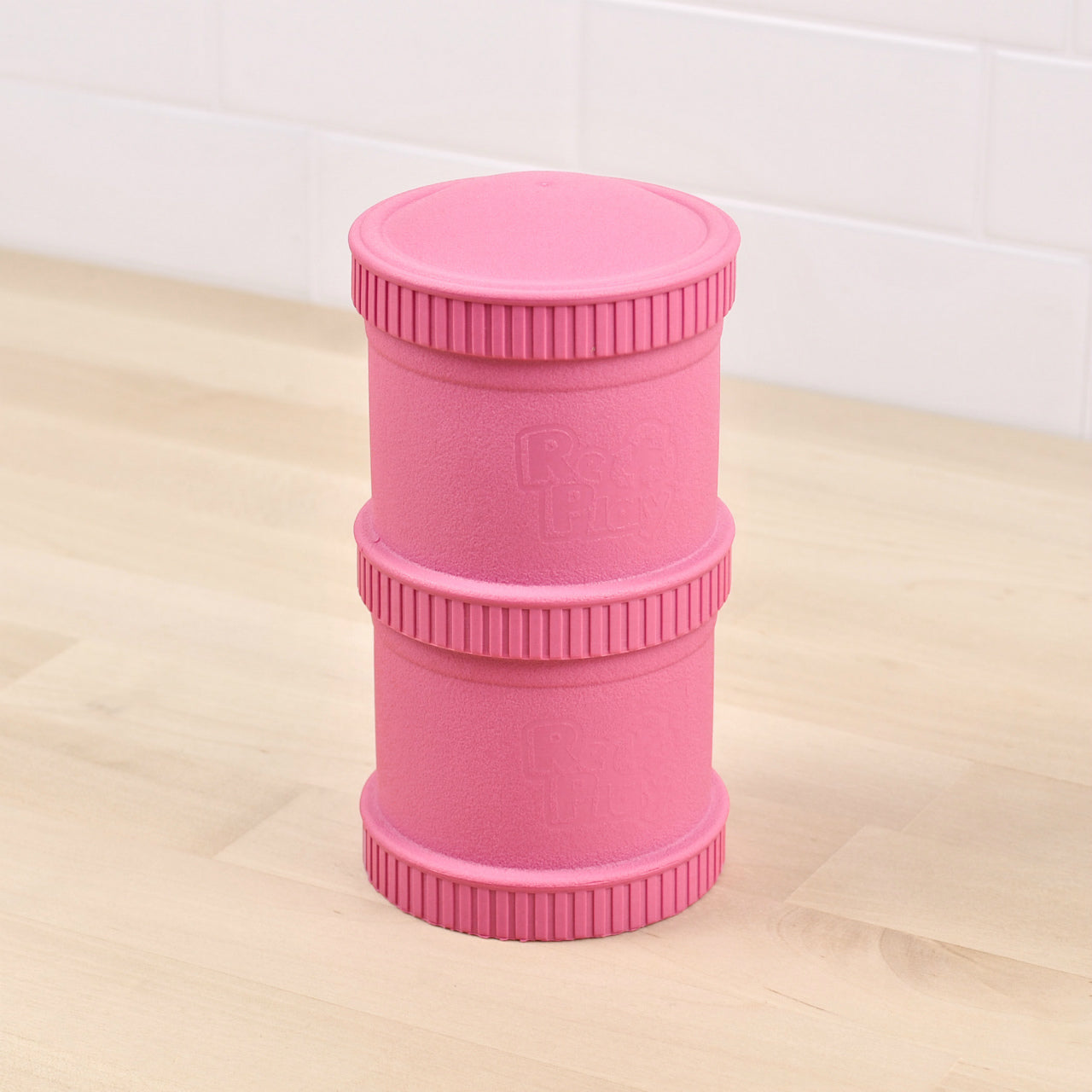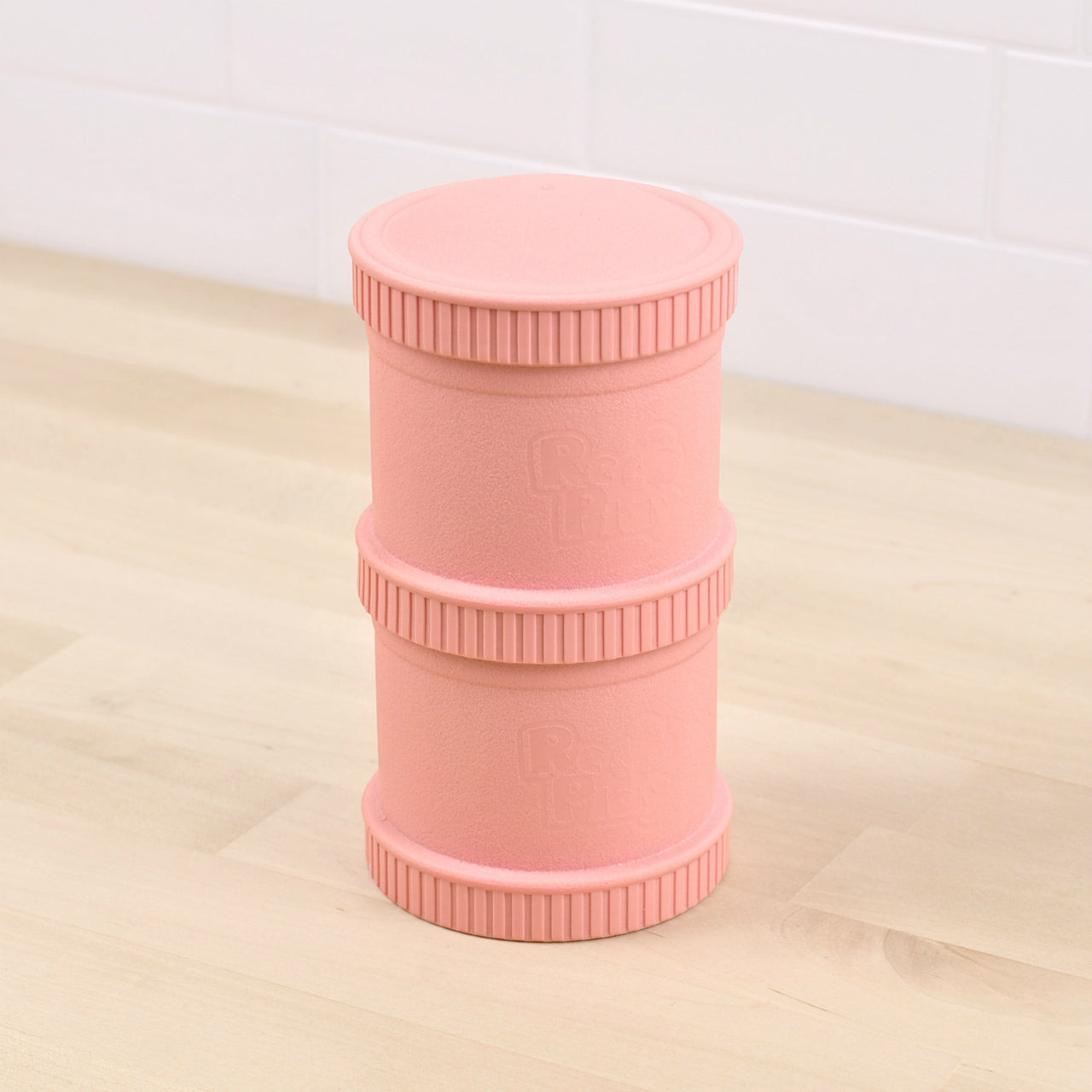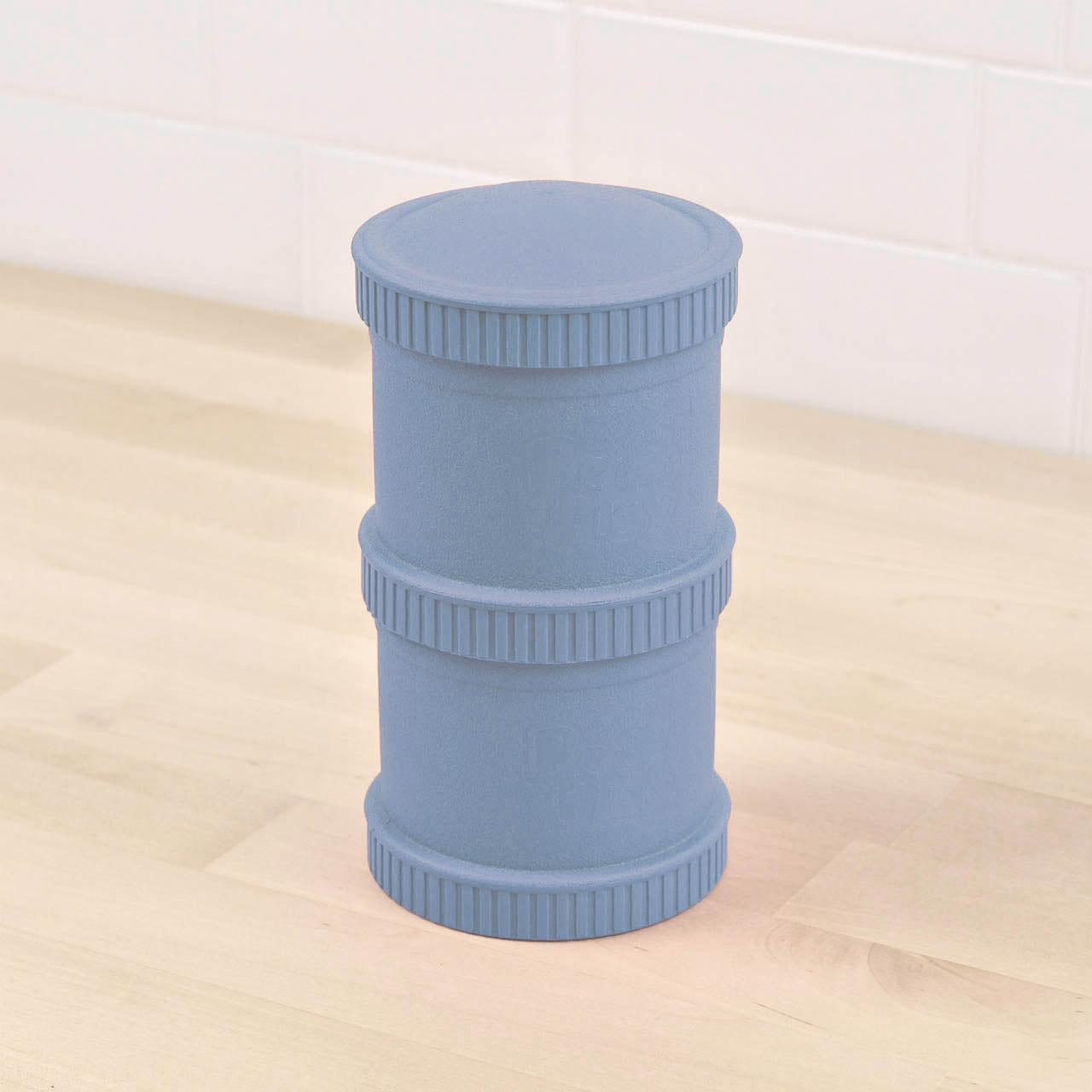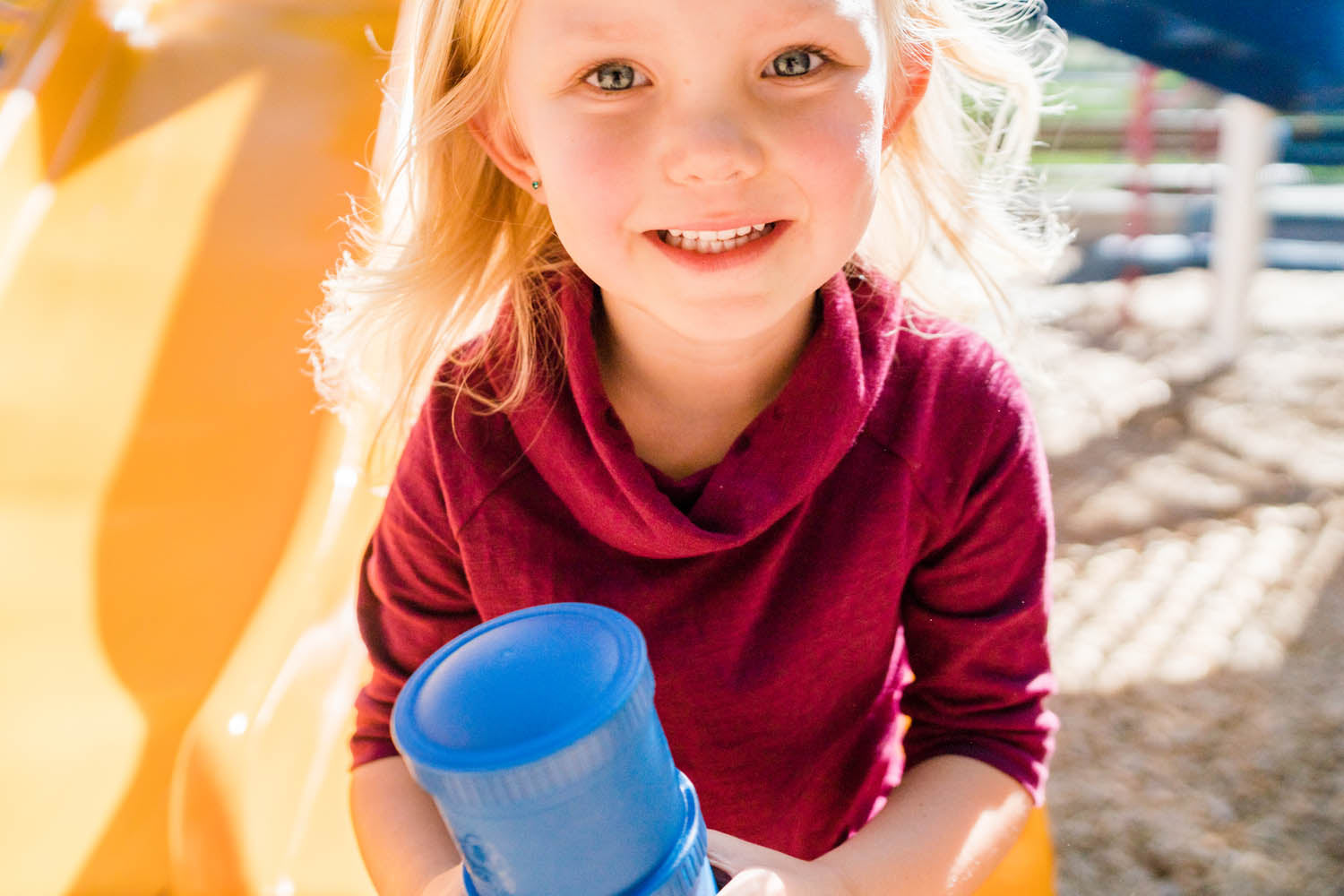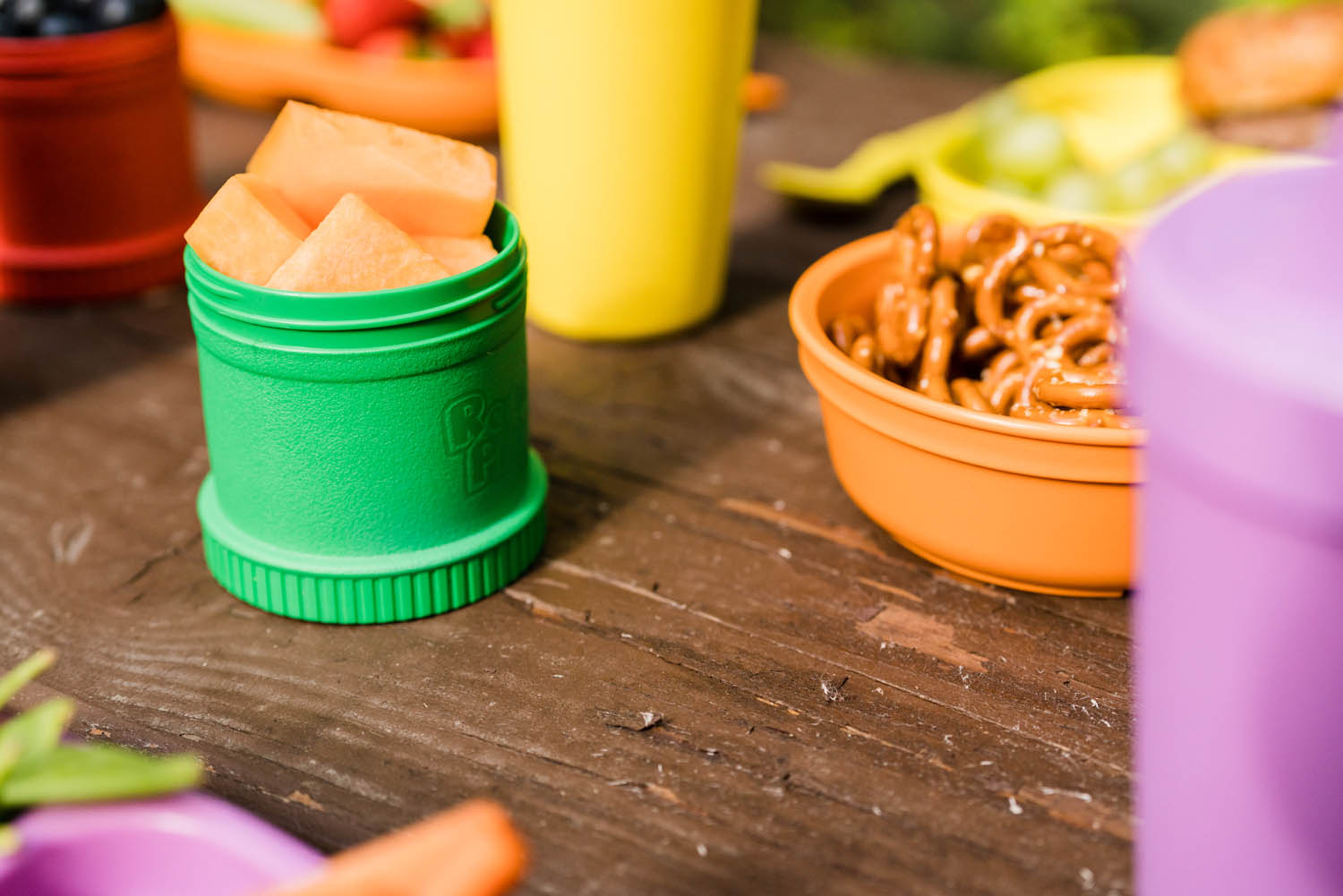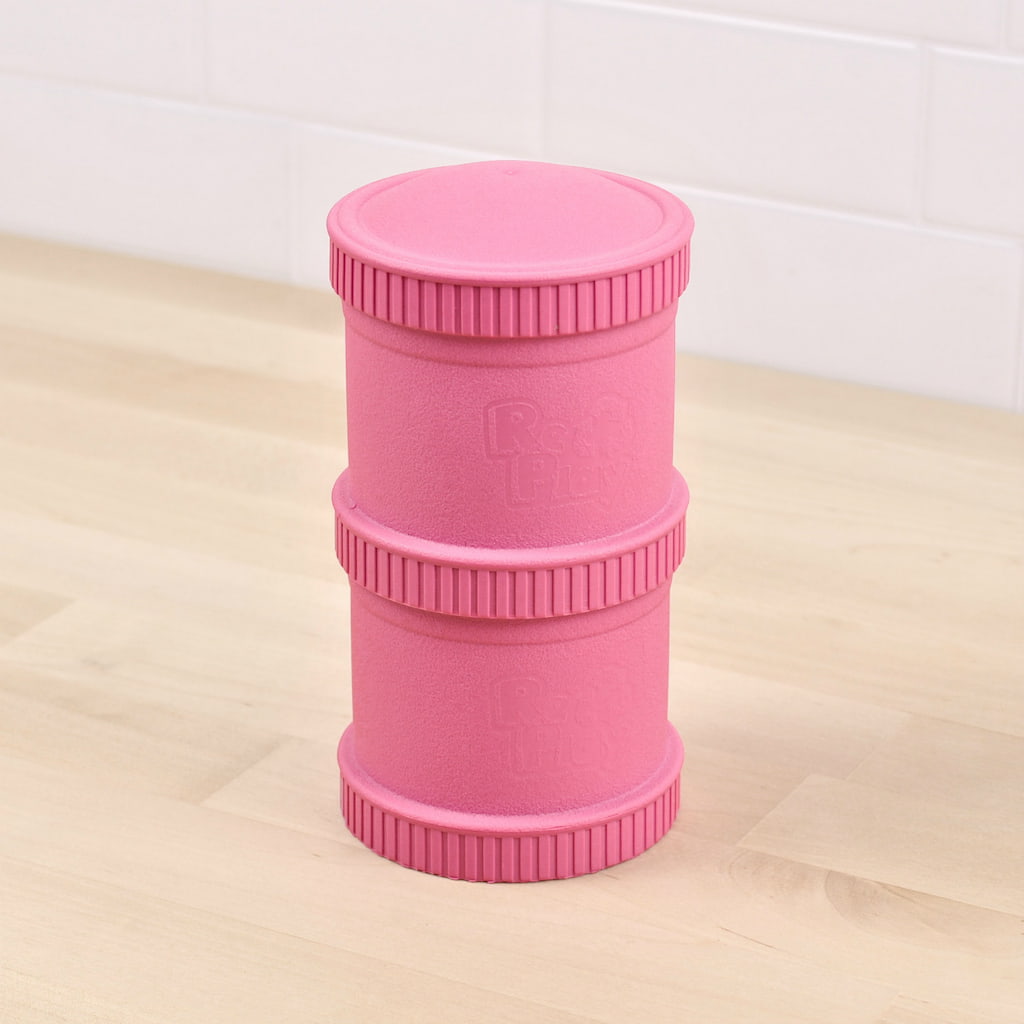GUPPYFRIEND® Washing Bags [Part 1 of 2]
Look at what you can see after using this bag for a month!
As the outside weather finally begins to approach winter, many of you may have started to change to your winter clothes.
We'd like to talk about GUPPYFRIEND® Washing Bag, which is recommended for washing synthetic fiber clothes. What changes can we see if we actually use it?

First, a brief information about our household.
We are a family of three, two adults and one child. Laundry is done daily.
Many of our clothes, especially children's clothes, contain synthetic fibers, not only because of their elasticity and quick-drying properties, but also because we inevitably choose inexpensive items.
Also, one thing you may not be aware of is stuffed animals.
Although natural fibers are used for items that babies put in their mouths, most of the materials used for stuffed toys sold at mass merchandisers are synthetic fibers.

Other synthetic fibers include sweatshirts and bottoms made of cotton and polyester blends, outerwear such as fleece and feather boa, and winter undergarments in general are made by synthetic fibers.
Throughout the year, we wash all of these items in GUPPYFRIEND® washing bags, but I often wash them in two separate bags because sometimes one bag is not enough.
The bags have given us a great opportunity to teach our children about microfibers (microplastic fibers) that flow out of the laundry wastewater, something I had never paid attention to before.
Finally, here comes the demonstration.
The bag in the photo is one that we started using a month ago. At this time of year, we have not yet put any outerwear in it, so synthetic and synthetic fiber clothing and stuffed animals are the main items. If you look closely, you can see a mass of microfiber (microplastic fiber) in the corner near the zipper.


Here's a look at the inside. Since each fiber is very thin and hard to see, it is important to keep using the bag, even if it is troublesome, before you can visualize the amount. If 100,000 households used this bag, how much would it be? We literally want every household to use this bag while washing.

Remember to periodically remove any microfibers that have accumulated in the corners. Turn it over and pinch it off with your fingers, avoiding applying too much force. If it is difficult to remove, tweezers are recommended. Even then, be careful not to use too much force so as not to puncture the bag! Finally, you can put it in something airtight to prevent it from being blown away by the wind and dispose of it in the combustible garbage, or you can store it in an empty bottle like we do.



Finally,
This bag is recommended for garments made of synthetic fibers, but not exclusively for them. It is also effective for washing natural fibers such as cotton and linen. The basic idea is that the bag significantly reduces the amount of fibers that are shed (frayed) in the laundry.
Through this product, we hope that each household will address the issue of ocean plastic, and of course, we hope that everyone will always have it on hand to ensure that their clothing is worn with care and for a longer time.
In the next Part 2 of 2, we will share with you a comparison of the old and new models of GUPPYFRIEND® Washing Bag!

![[MEDIA] DECEMBER 2, 2025](http://borderlesscreations.com/cdn/shop/articles/MEDIA_3.png?crop=region&crop_height=1080&crop_left=0&crop_top=0&crop_width=1080&v=1764653760&width=1080)
